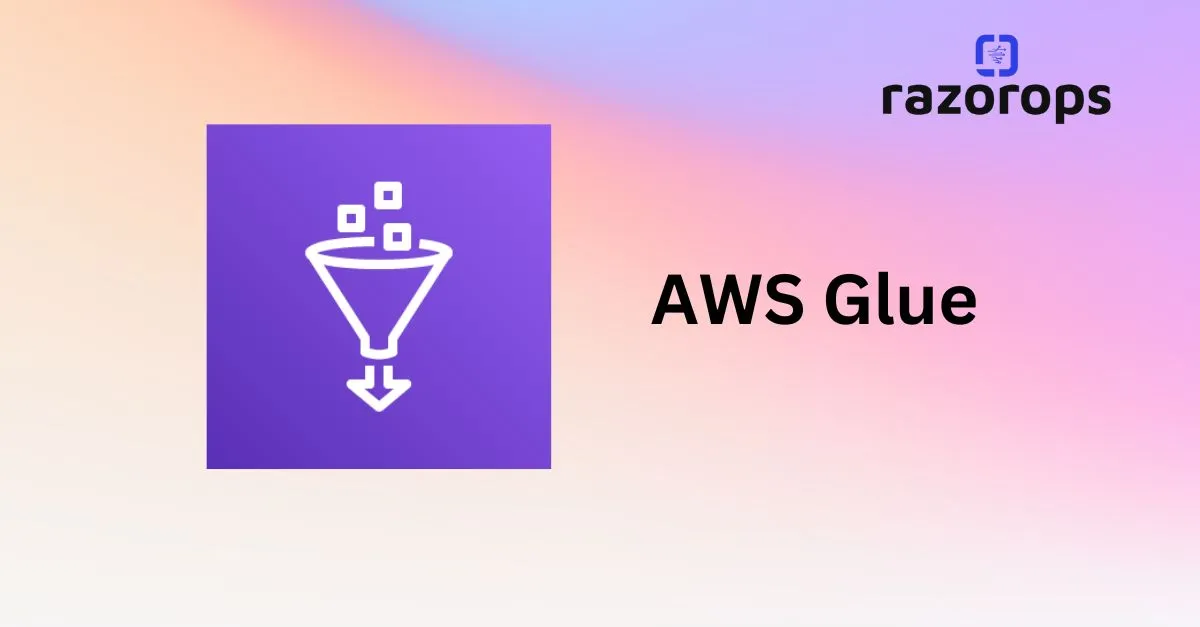
AWS Glue
AWS Glue, a fully managed, serverless data integration service, plays a crucial role in simplifying ETL (Extract, Transform, Load) workflows.

AWS Glue, a fully managed, serverless data integration service, plays a crucial role in simplifying ETL (Extract, Transform, Load) workflows.

AWS SageMaker is a fully managed service that simplifies the end-to-end ML workflow, enabling data scientists and developers to quickly build, train, and deploy ML models at scale.
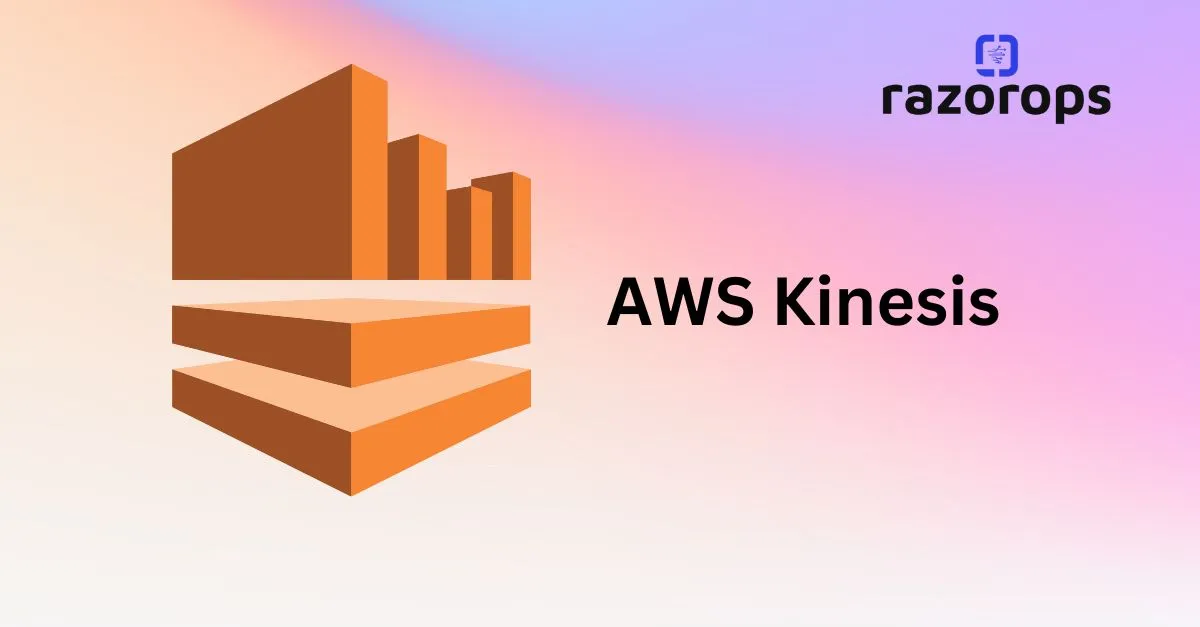
AWS Kinesis a fully managed service by Amazon Web Services (AWS), enables organizations to collect, process, and analyze streaming data efficiently.
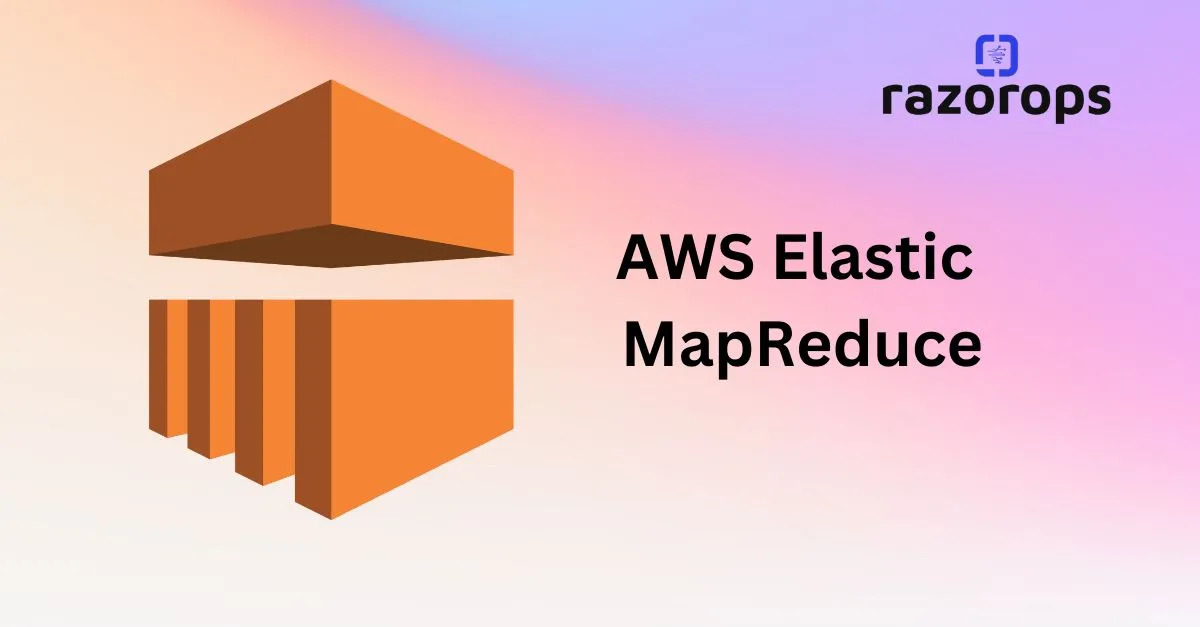
Amazon Elastic MapReduce (EMR) is a powerful cloud-based big data processing solution that enables businesses to run large-scale data analytics and machine learning workloads efficiently.

AWS Web Application Firewall (AWS WAF)is a powerful, scalable, and fully managed security service designed to protect web applications from malicious traffic.
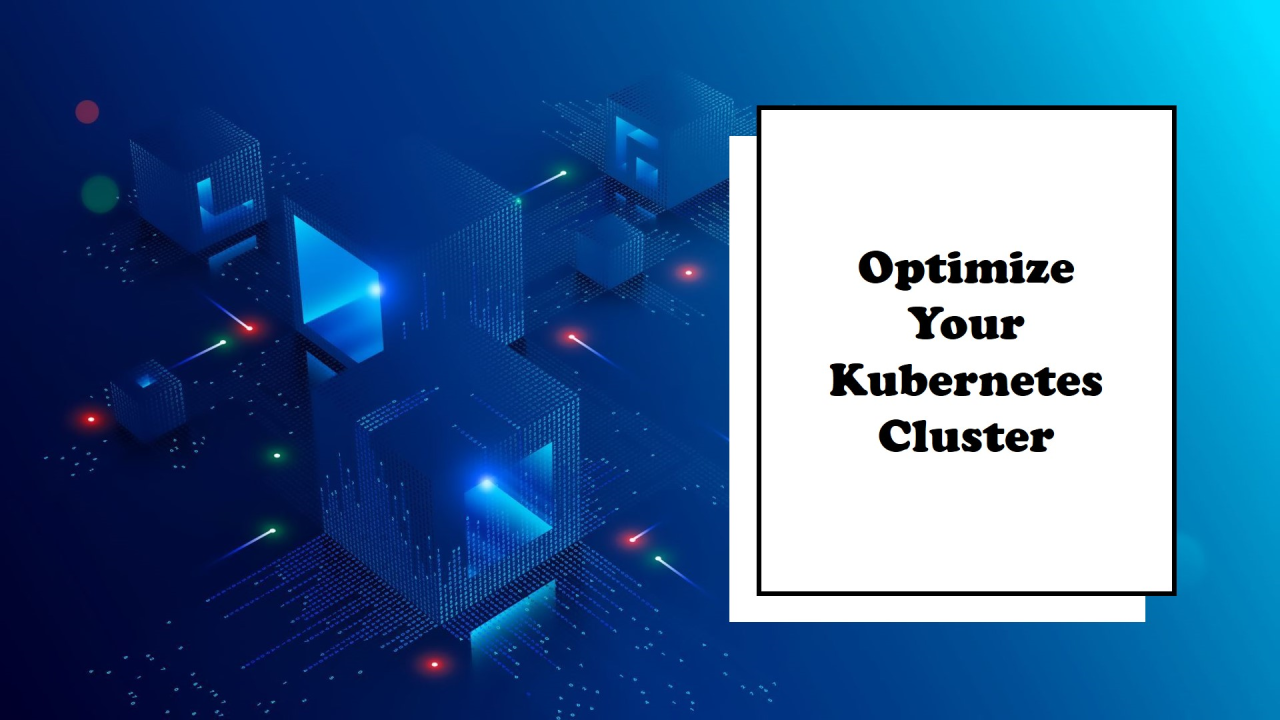
we will explore Kubernetes cost efficiency and performance optimization best practices that can help you maximize the value of your Kubernetes infrastructure
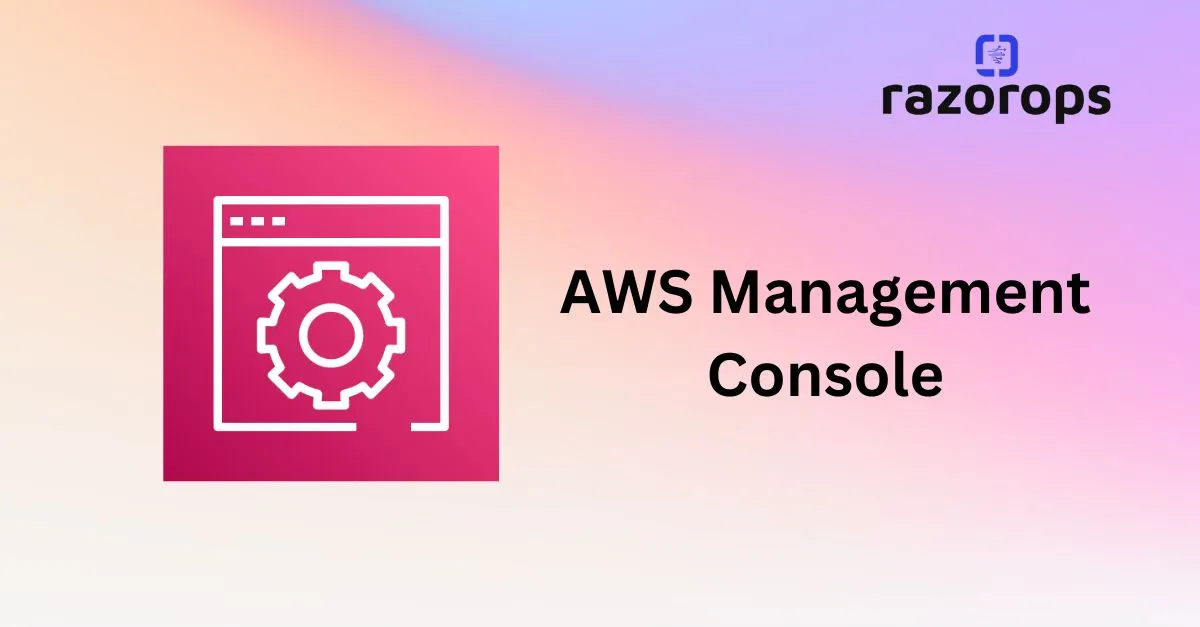
AWS Management Console is a web application that consists of many service consoles for managing Amazon Web Services.
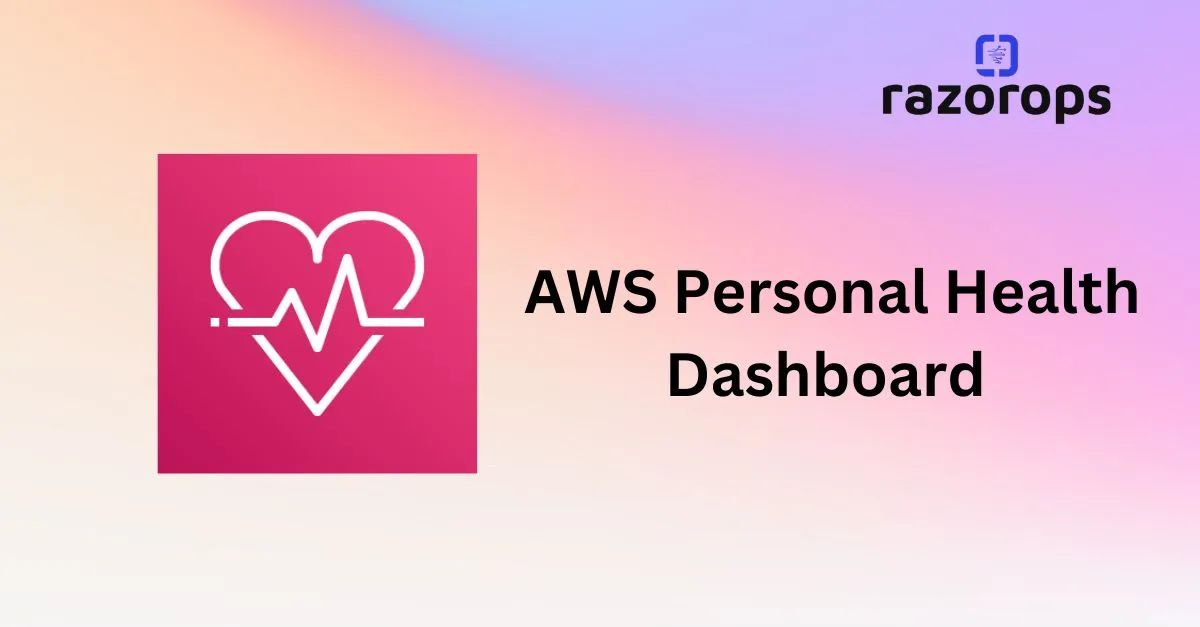
AWS Personal Health Dashboard is powered by the AWS Health API that provides alerts and remediation measures to diagnose and resolve issues related to AWS resources and infrastructure.
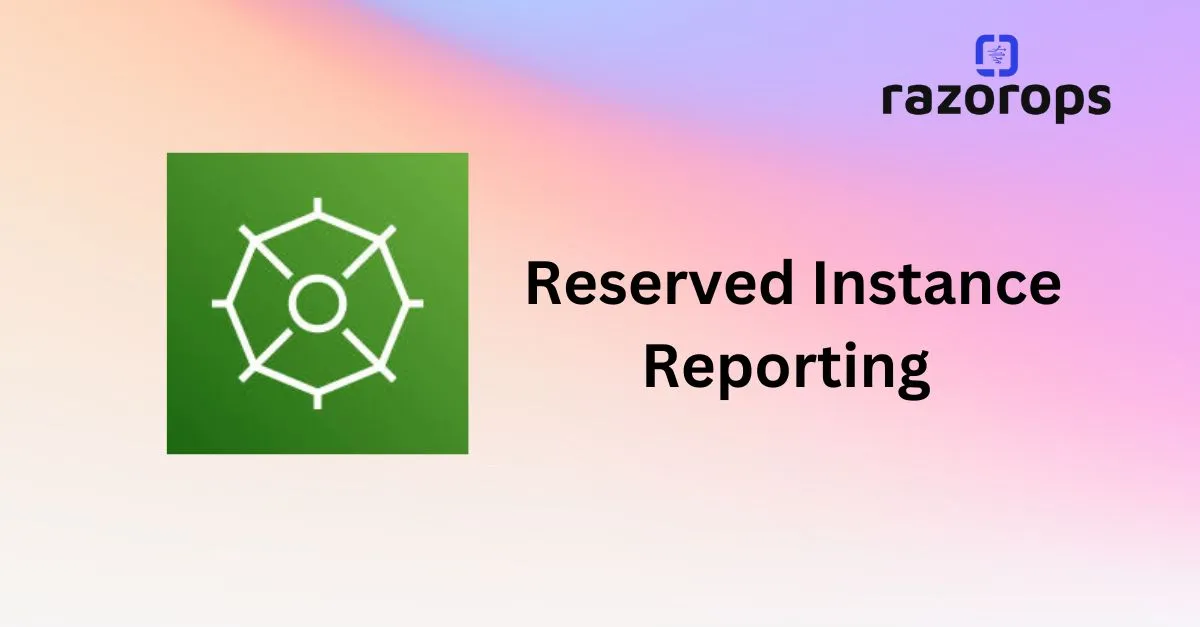
Reserved Instance Reporting or Reserved Instance Utilization and Coverage reports are available in AWS Cost Explorer. It is used to check how much Reserved Instance (RIs) is used or overspent by AWS resources
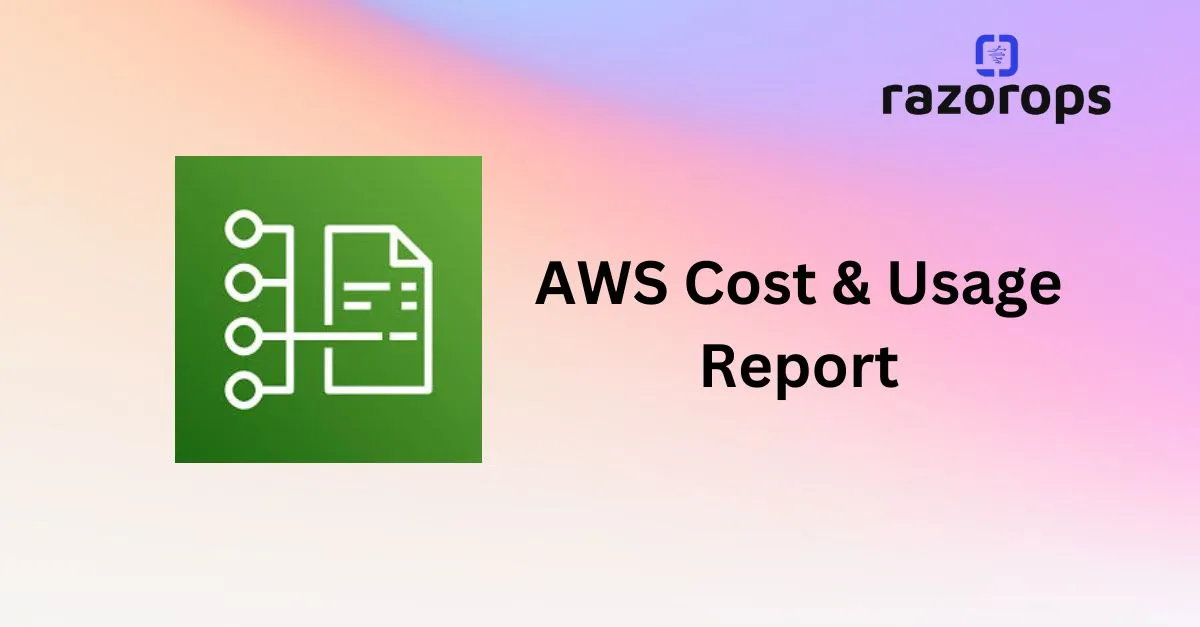
AWS Cost & Usage Report (AWS CUR) allows users to access the detailed set of AWS cost and usage data available, including metadata about AWS resources, pricing, Reserved Instances, and Savings Plans.

AWS Budgets enables the customer to set custom budgets to track cost and usage from the simplest to the complex use cases.
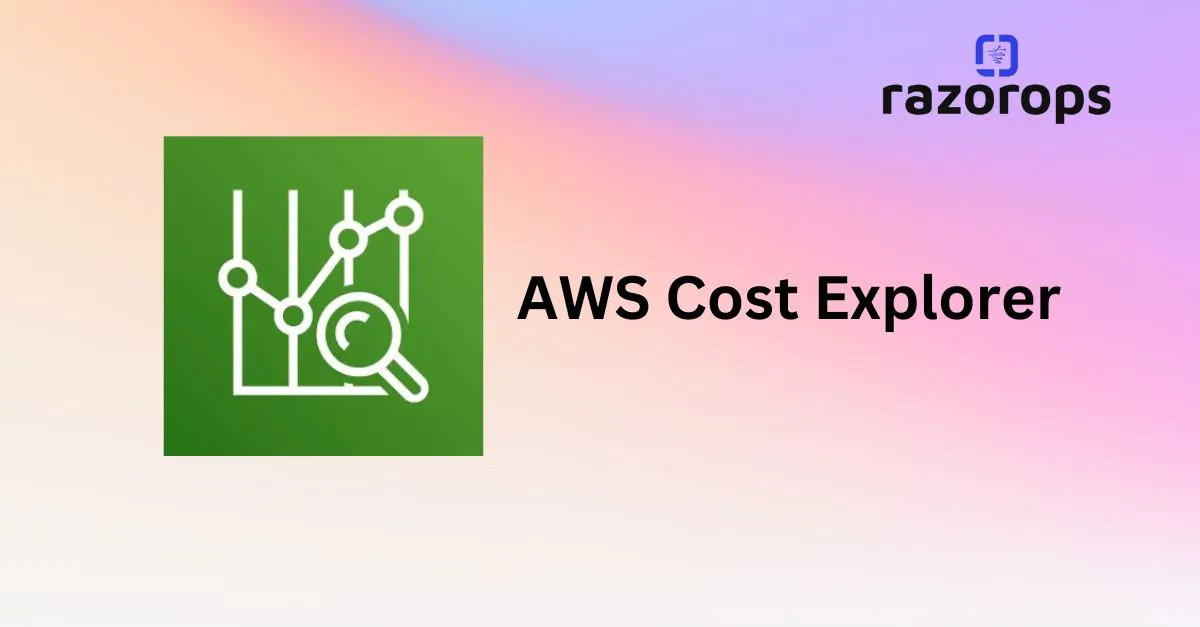
AWS Cost Explorer is a UI-tool that enables users to analyze the costs and usage with the help of a graph, the Cost Explorer cost and usage reports, and/or the Cost Explorer RI report.

Amazon simple workflow service (Amazon SWF) is a web service that provides generic solutions for distributed program workflows.
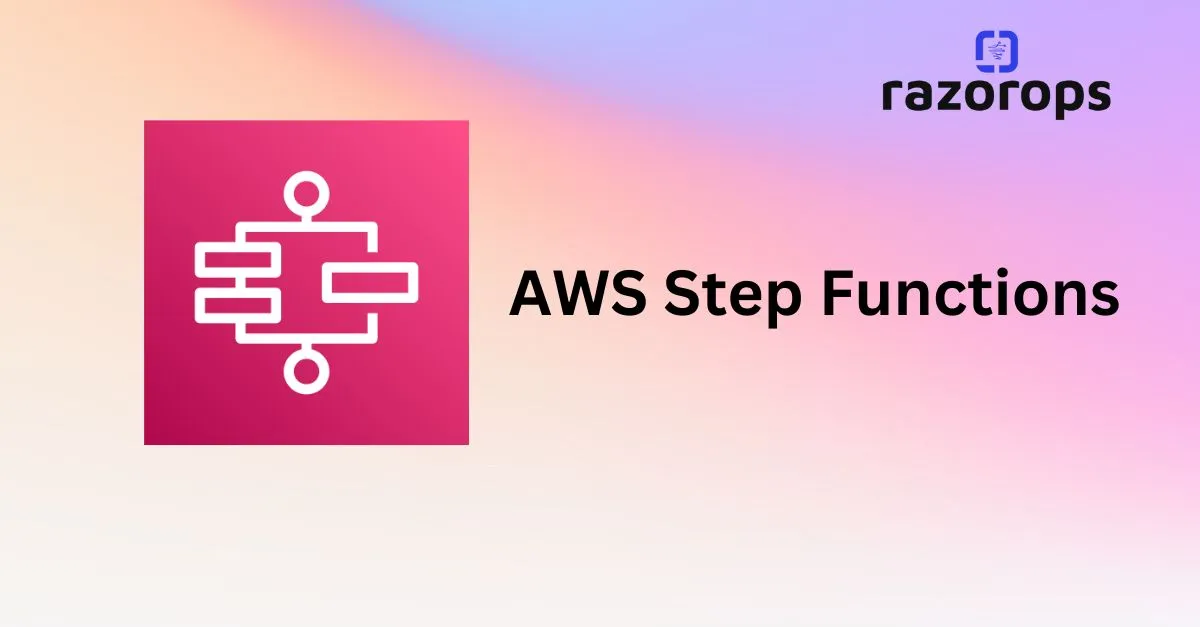
Step functions allow developers to offload application orchestration into fully managed AWS services.
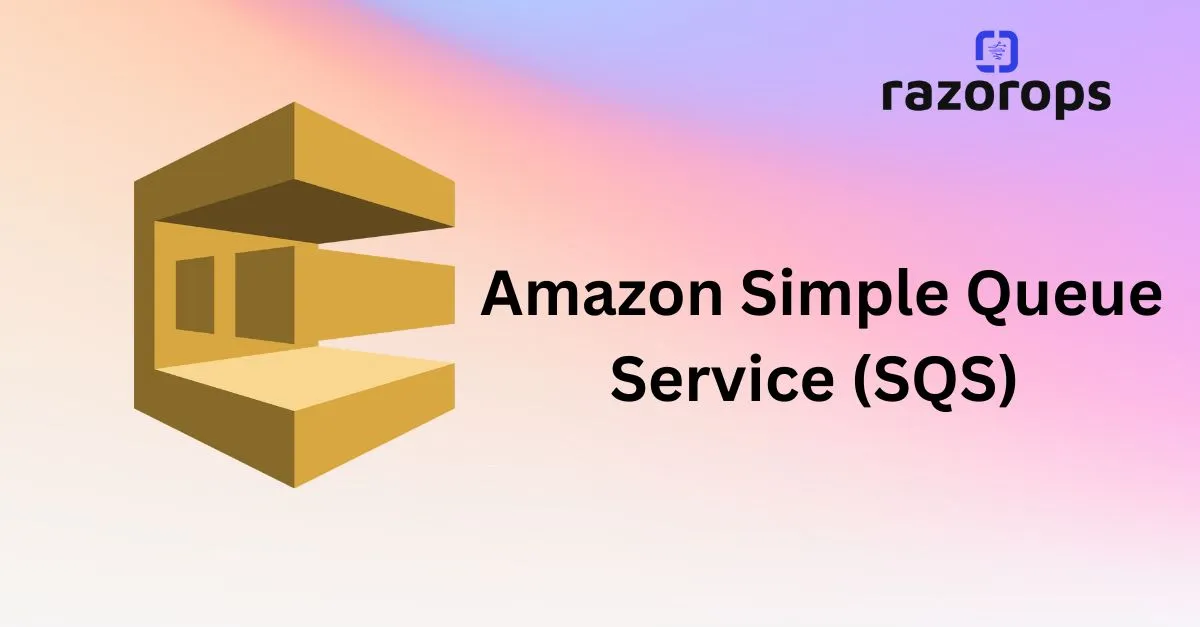
Amazon Simple Queue Service (SQS) is a serverless service used to decouple (loose couple) serverless applications and components.
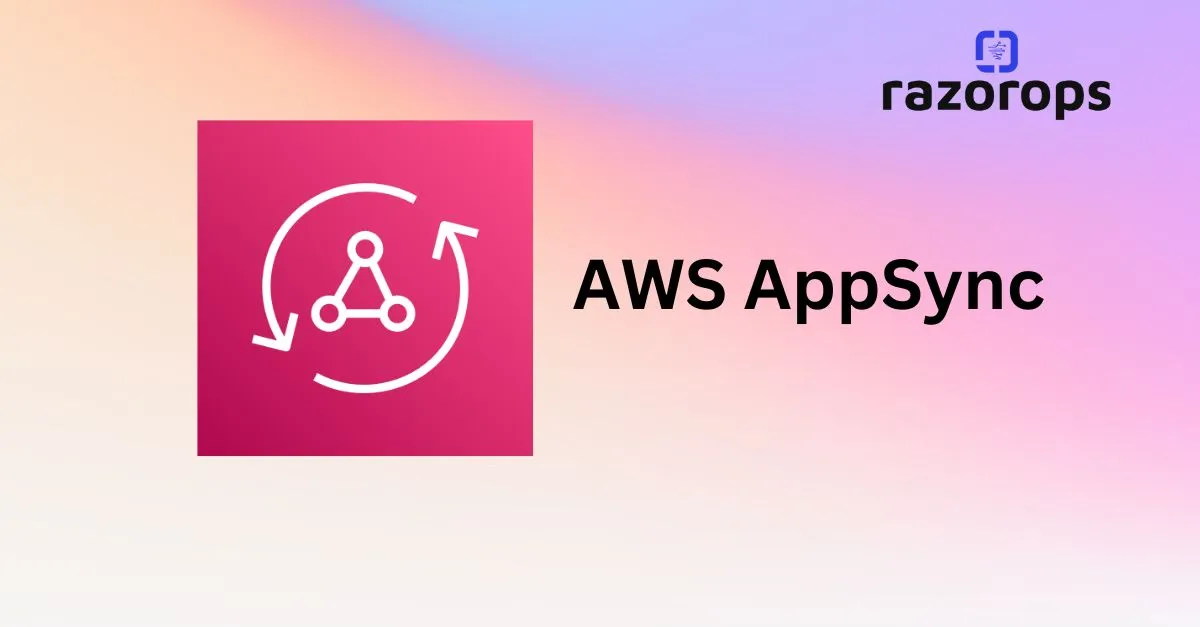
AWS AppSync simplifies the process of developing an application by providing us to create flexible, secure, extensible, and real-time APIs.
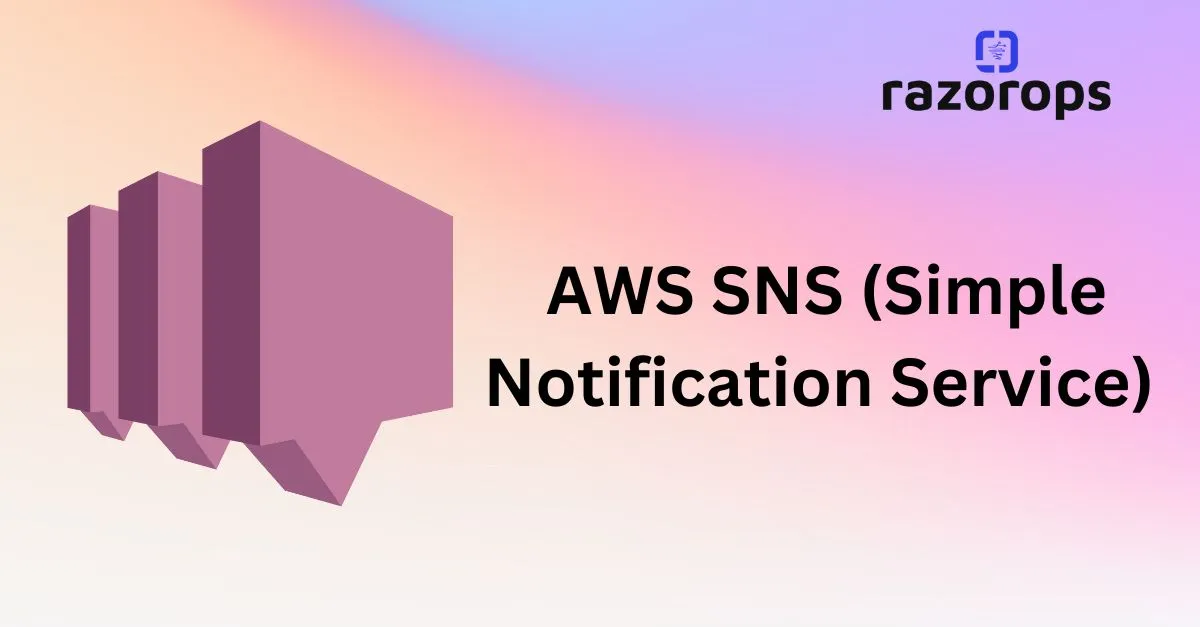
Amazon Simple Notification Service (Amazon SNS) is a web service that makes it easy to set up, operate, and send notifications from the cloud.
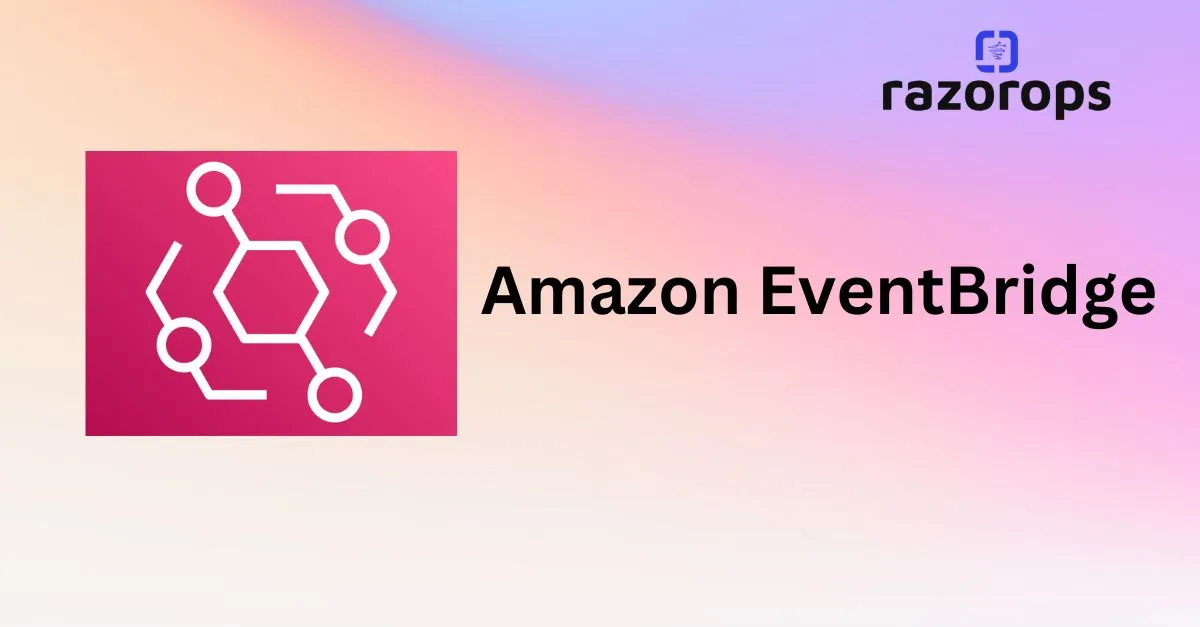
In simple words, Amazon EventBridge provides an easy solution to integrate SAAS, custom-build applications with more than 17+ AWS services with the delivery of real-time data from different event sources.
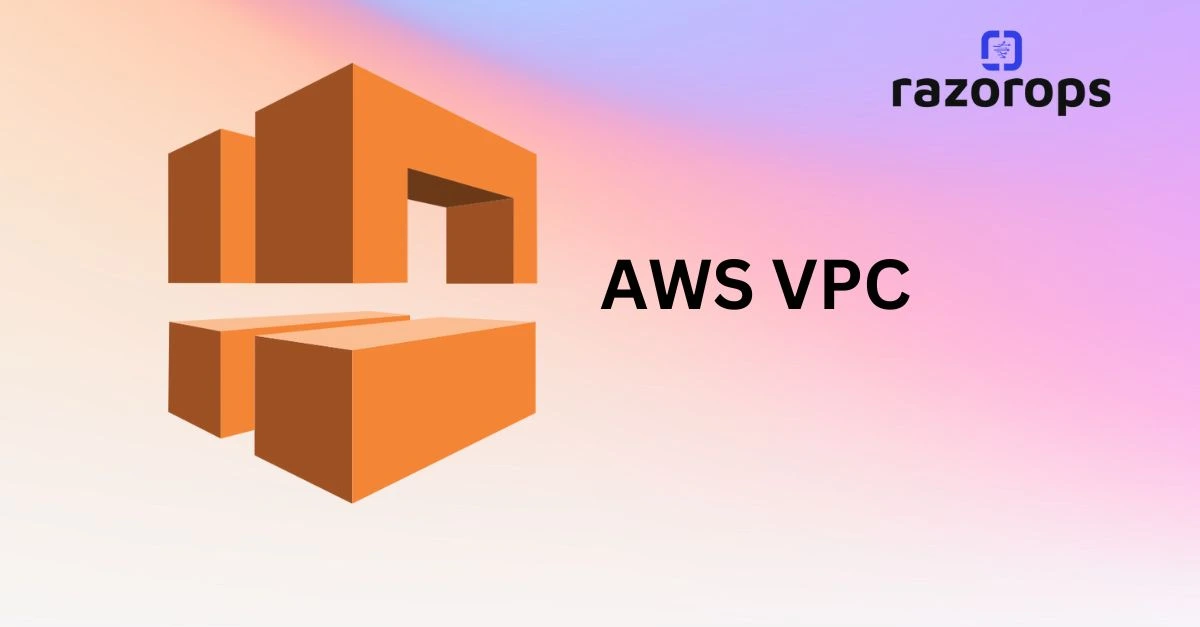
Amazon Virtual Private Cloud (VPC) is a service that allows users to create a virtual dedicated network for resources.
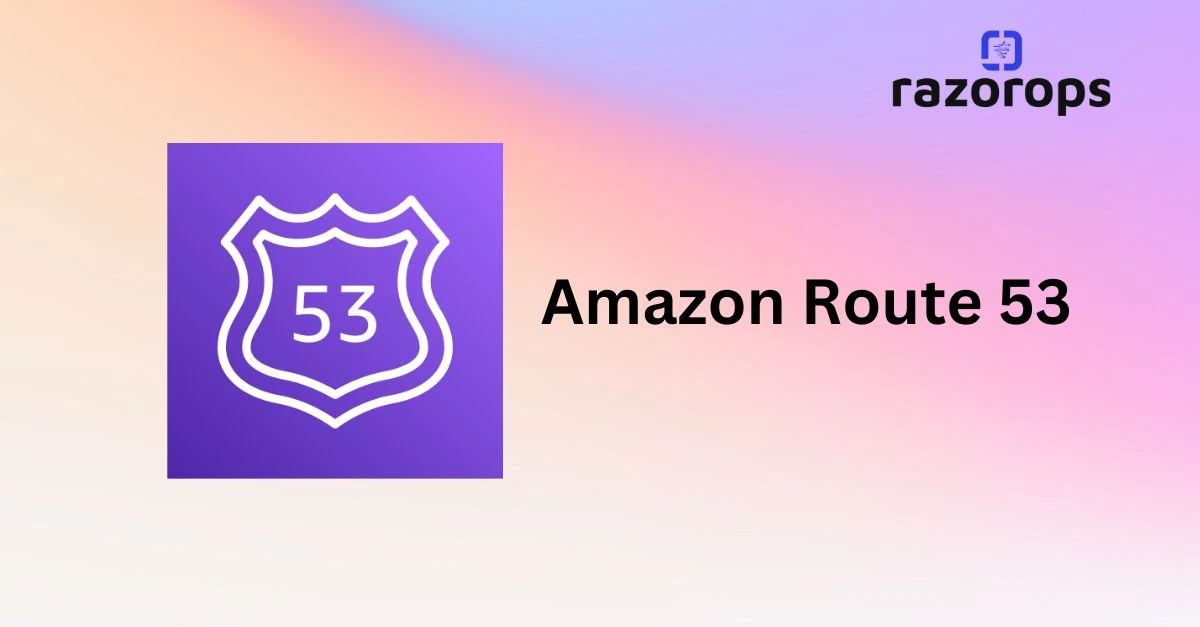
Route53 is a managed DNS (Domain Name System) service where DNS is a collection of rules and records intended
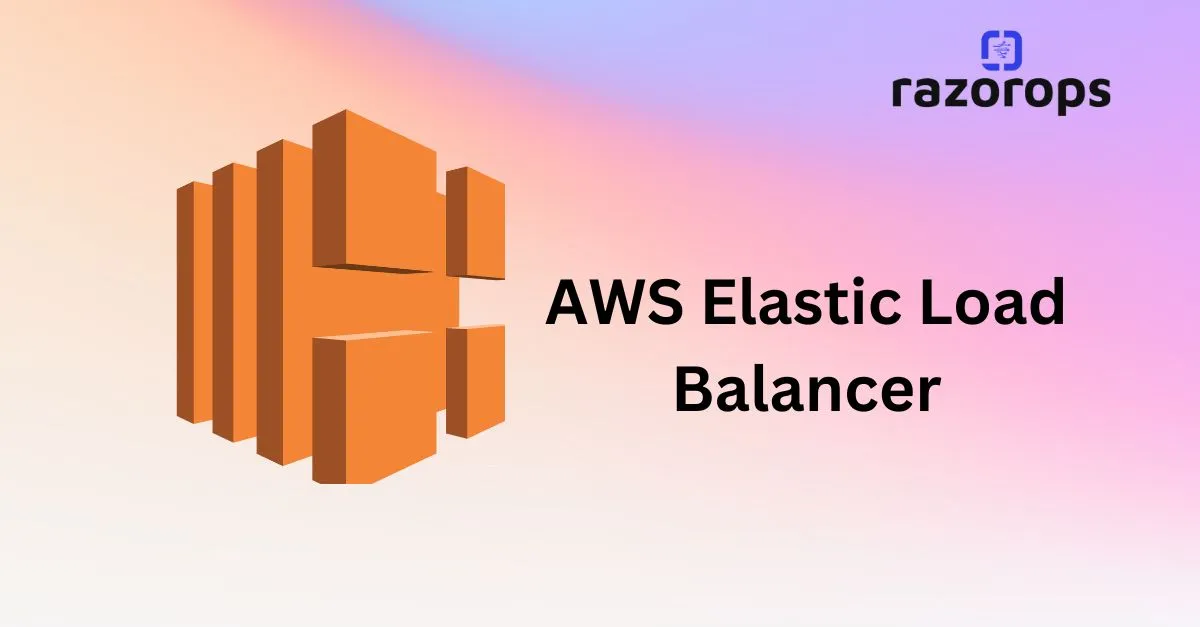
ELB Stands for Elastic Load Balancer. It distributes the incoming traffic to multiple targets such as Instances, Containers, Lambda Functions, IP Addresses etc.
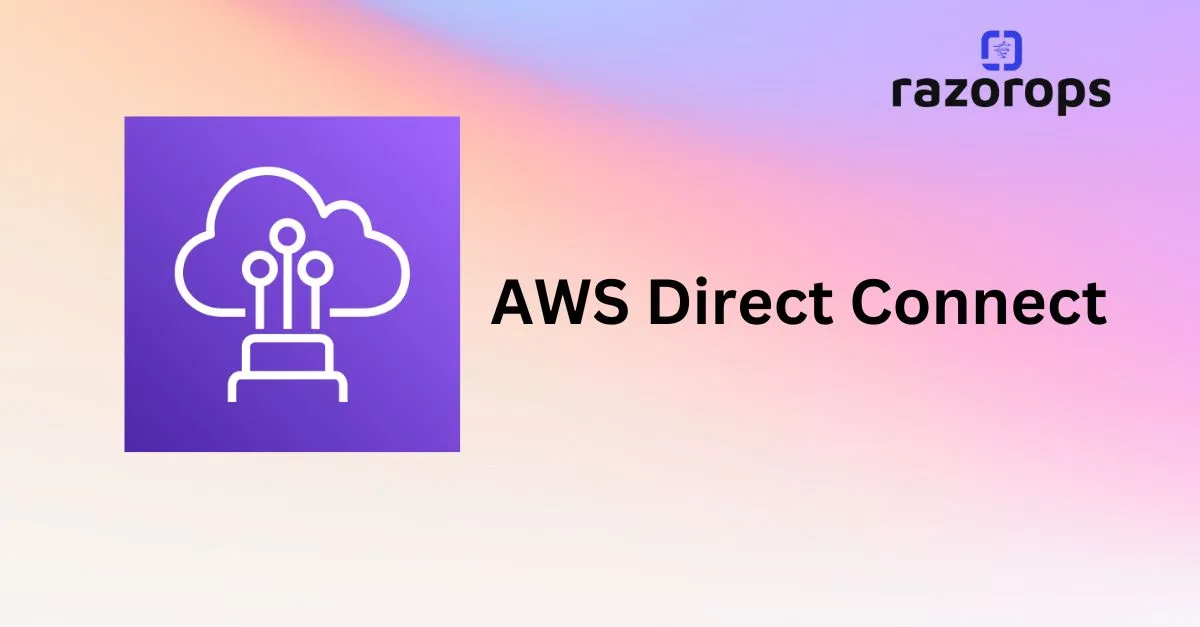
AWS Direct Connect is a cloud service that helps to establish a dedicated connection from an on-premises network to one or more VPCs in the same region.

AWS Transit Gateway is a network hub used to interconnect multiple VPCs. It can be used to attach all hybrid connectivity
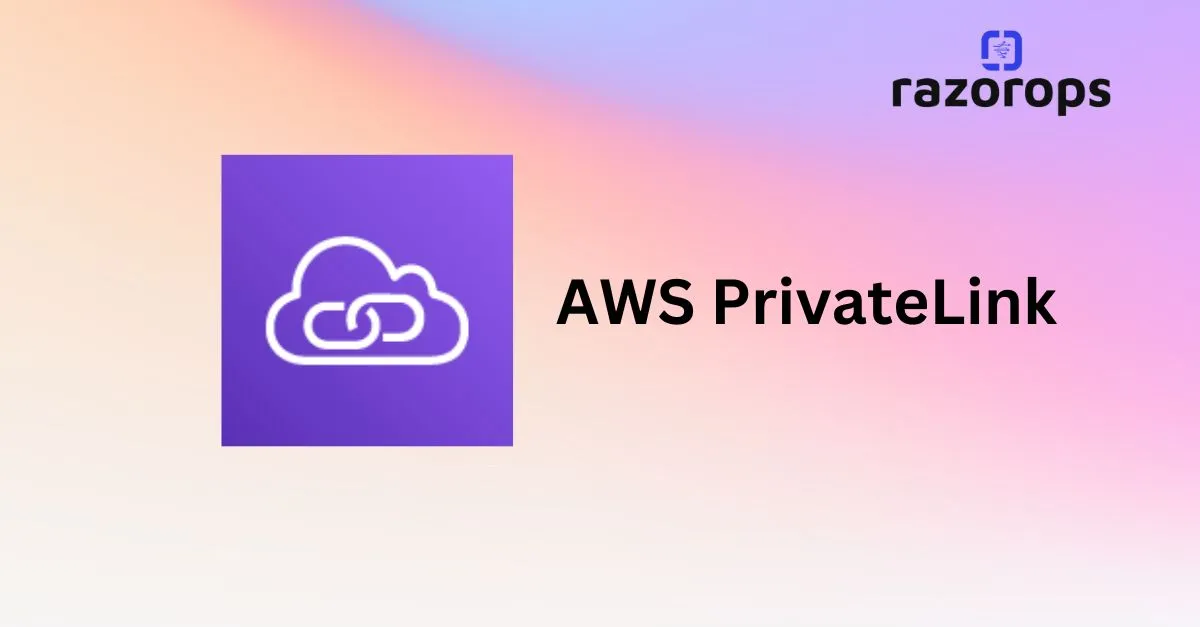
AWS PrivateLink is a network service used to connect to AWS services hosted by other AWS accounts (referred to as endpoint services) or AWS Marketplace.
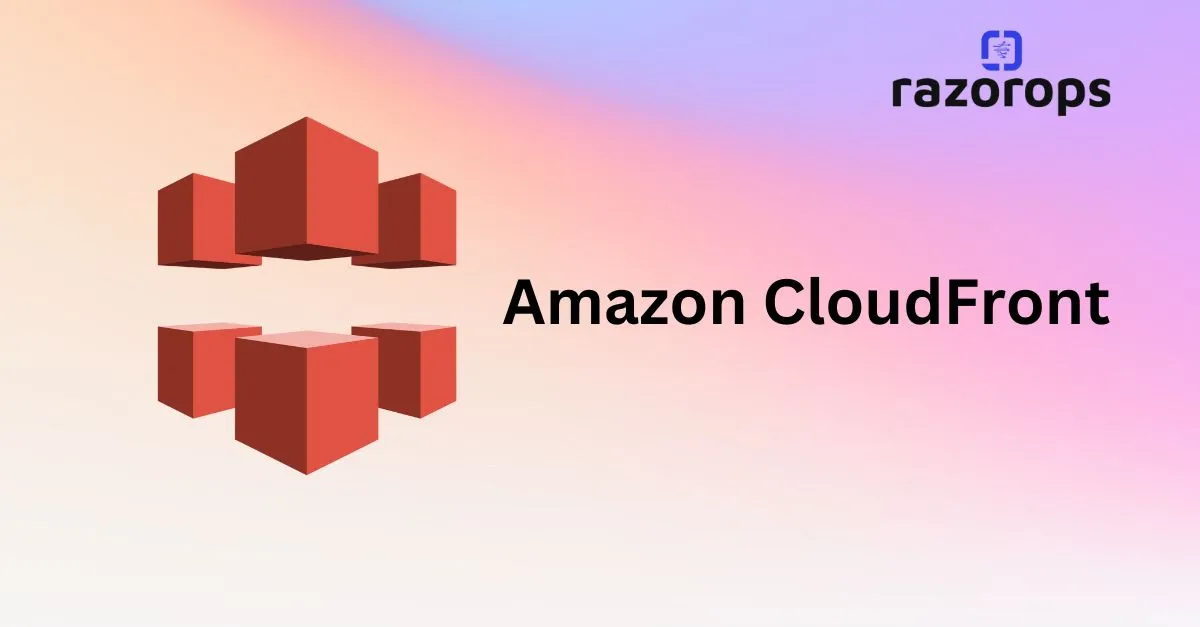
Amazon CloudFront is a content delivery network (CDN) service that securely delivers any kind of data to customers
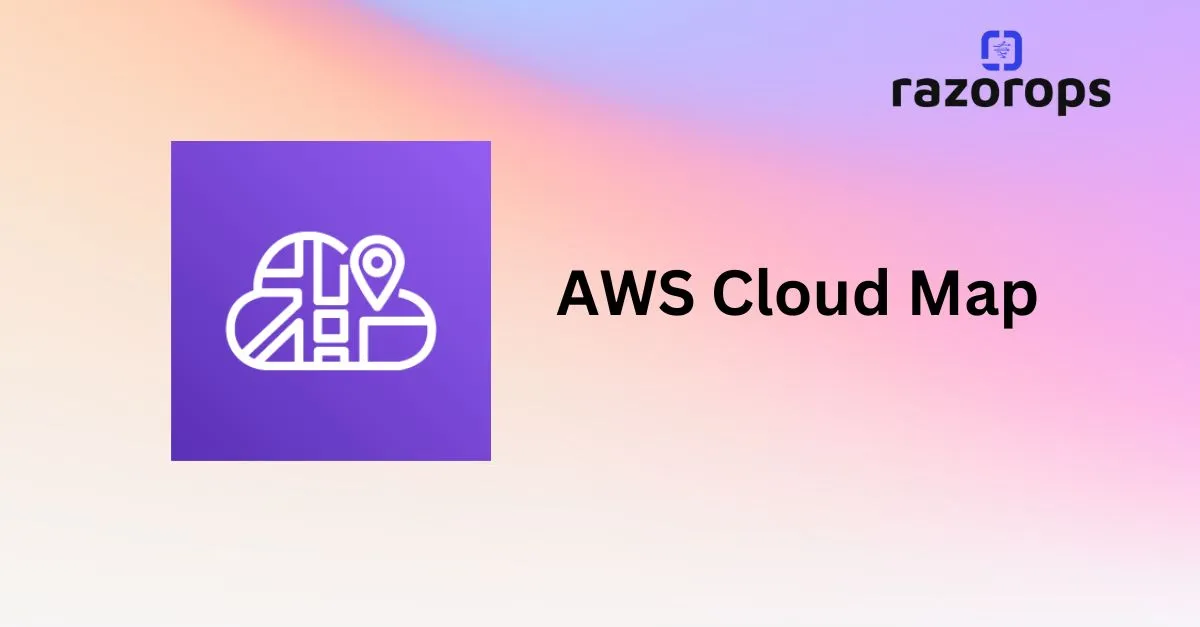
AWS Cloud Map is a service that keeps track of application components, location dependencies, attributes and health status, and also allows dynamic scaling
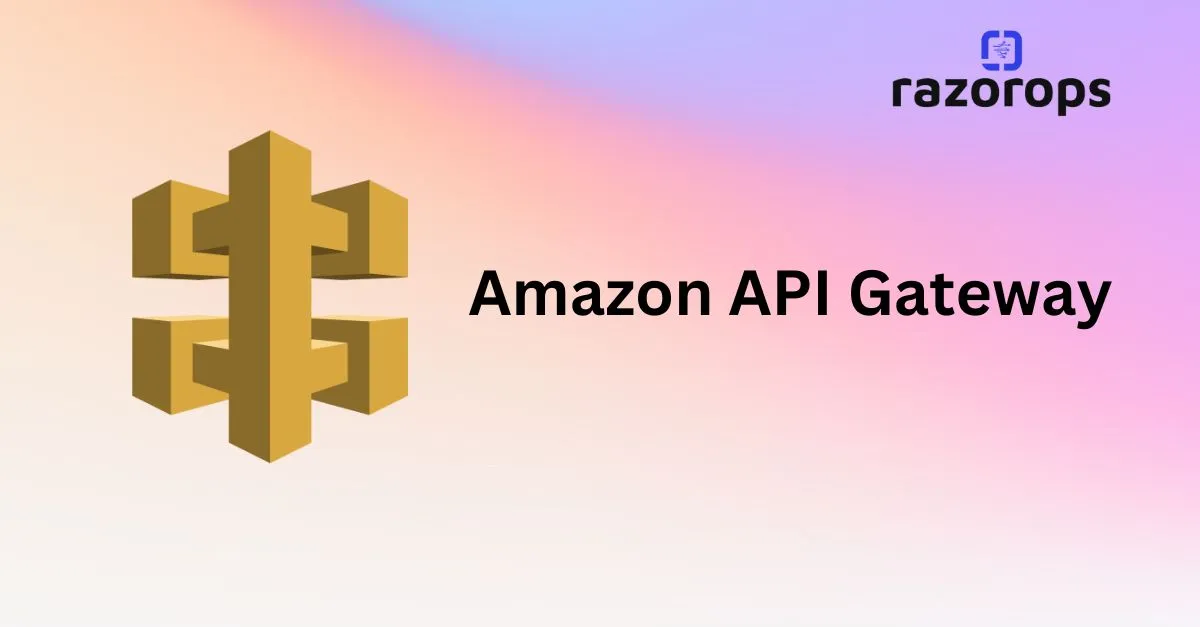
Amazon API Gateway is a service which creates, publishes, maintains, monitors and secures APIs at any scale.
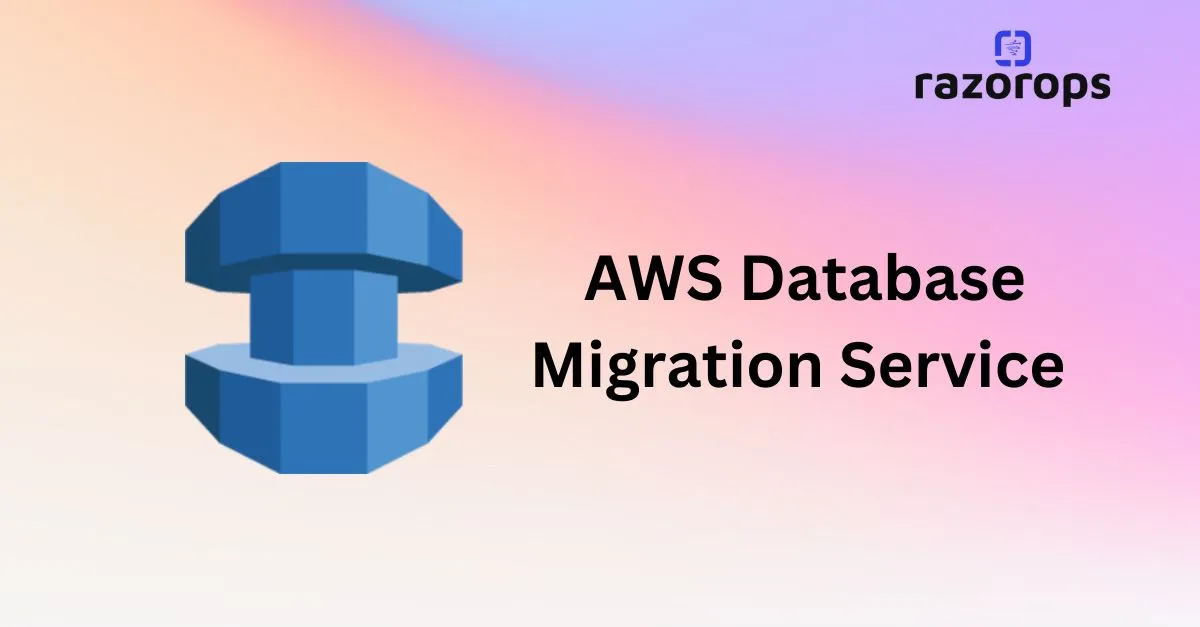
AWS Database Migration Service is a cloud service used to migrate relational databases from on-premises, Amazon EC2, or Amazon RDS to AWS securely
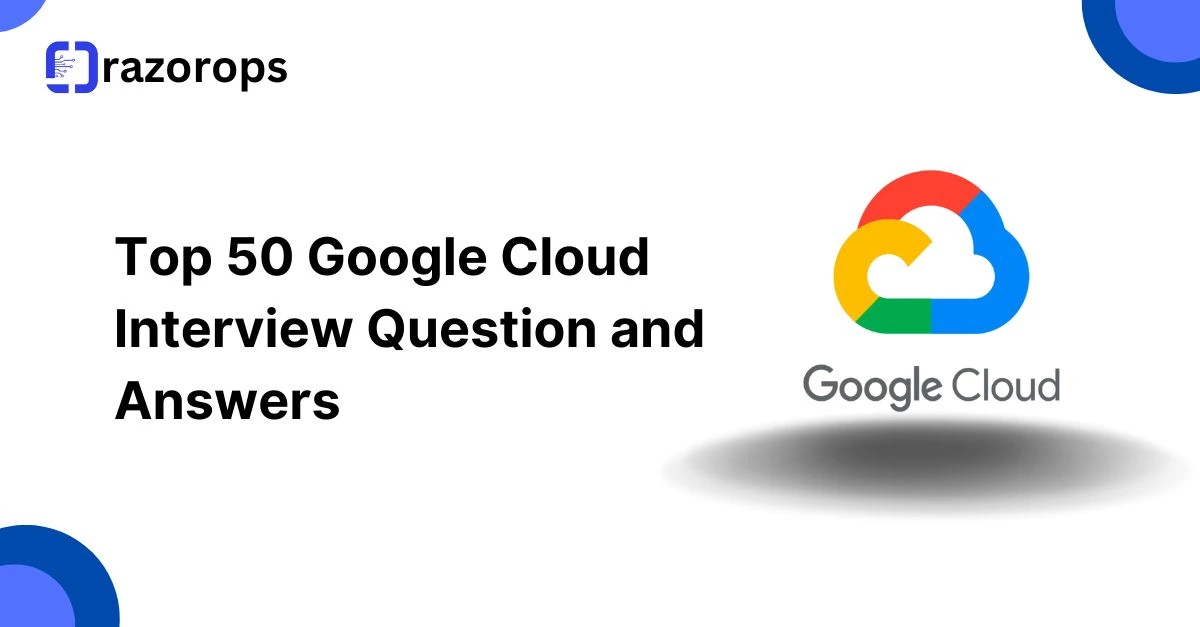
Google Cloud has become one of the leading platforms for cloud computing, offering a wide range of services that are essential for businesses transitioning to the cloud.
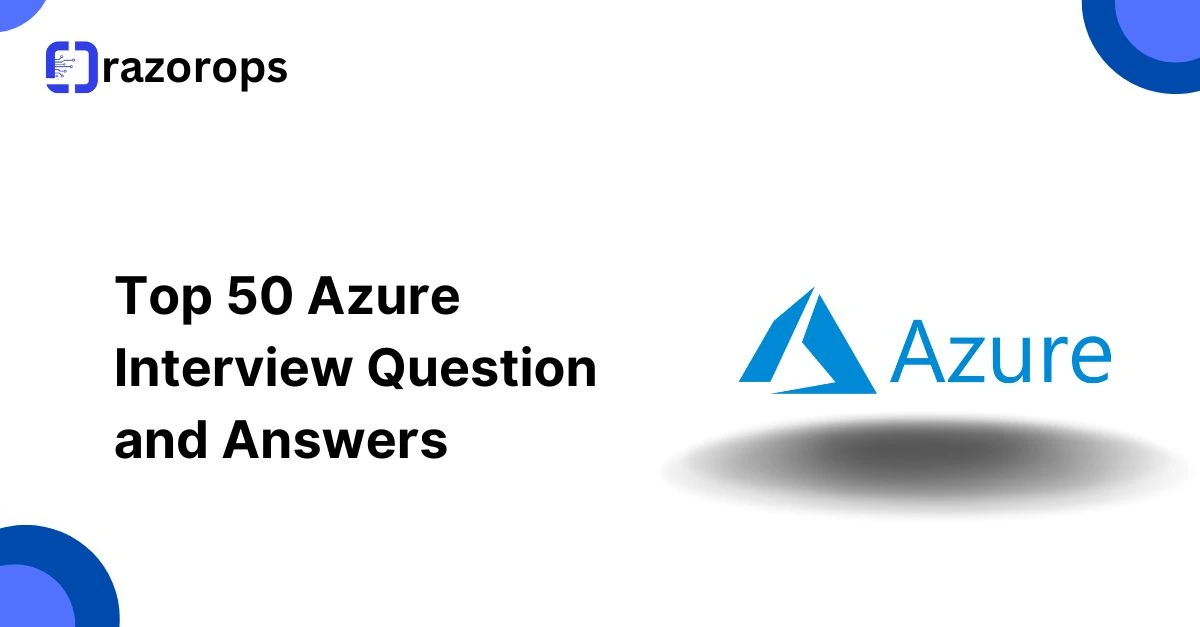
Microsoft Azure is one of the leading cloud platforms in the world today, offering a wide range of services for developers, IT professionals, and organizations.
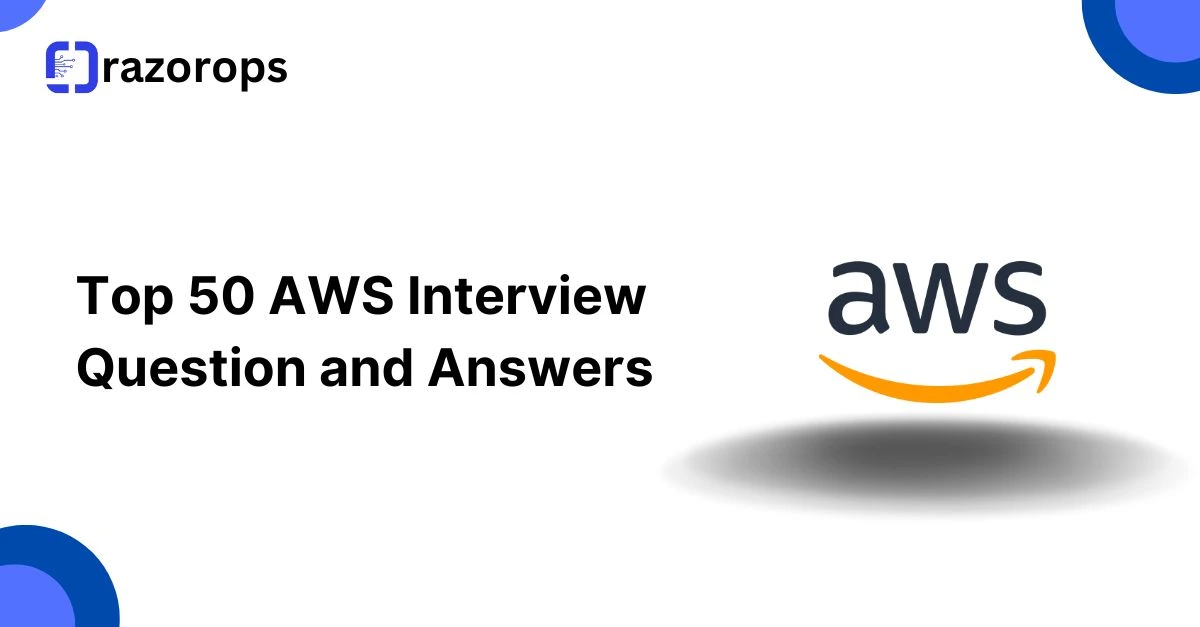
Amazon Web Services (AWS) is one of the leading cloud platforms in the world, offering a wide range of cloud services and solutions.
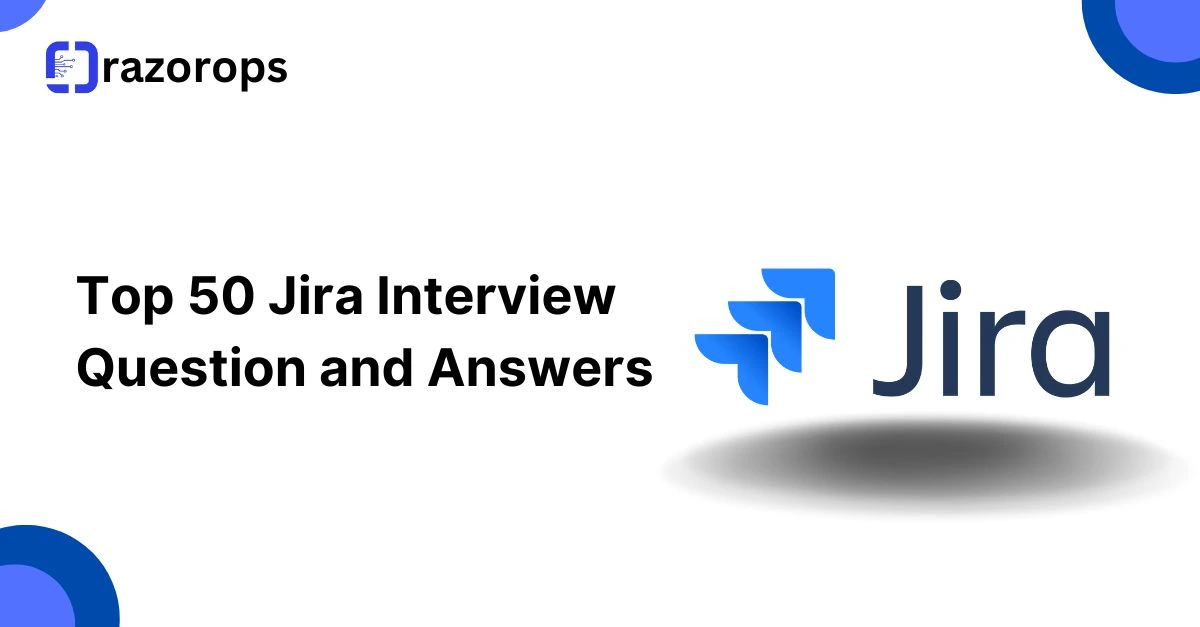
Jira is one of the most widely used project management tools, especially in Agile and DevOps environments.

Twistlock, a container and cloud-native cybersecurity platform, is widely used to secure cloud-native applications.

SonarQube is a widely used platform for continuous code quality and security management. It integrates seamlessly with CI/CD pipelines to ensure robust, maintainable, and secure codebases.

Nagios is a widely used monitoring tool in IT infrastructure for keeping track of systems, applications, and networks.
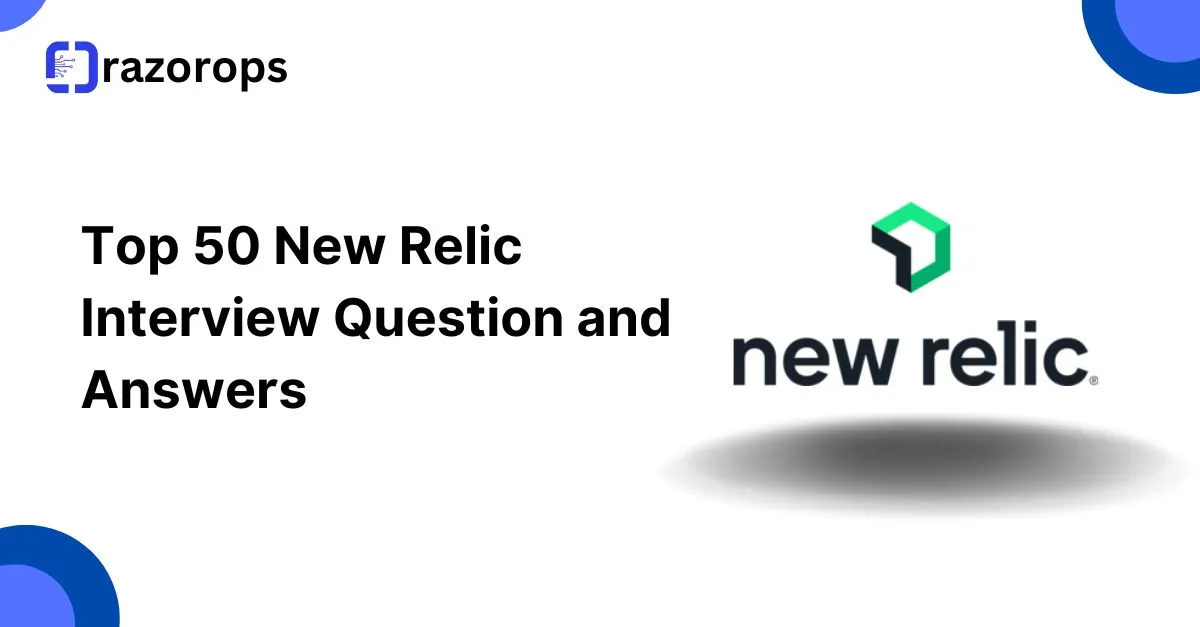
New Relic is a powerful observability platform widely used for application performance monitoring (APM), infrastructure monitoring, and error tracking.
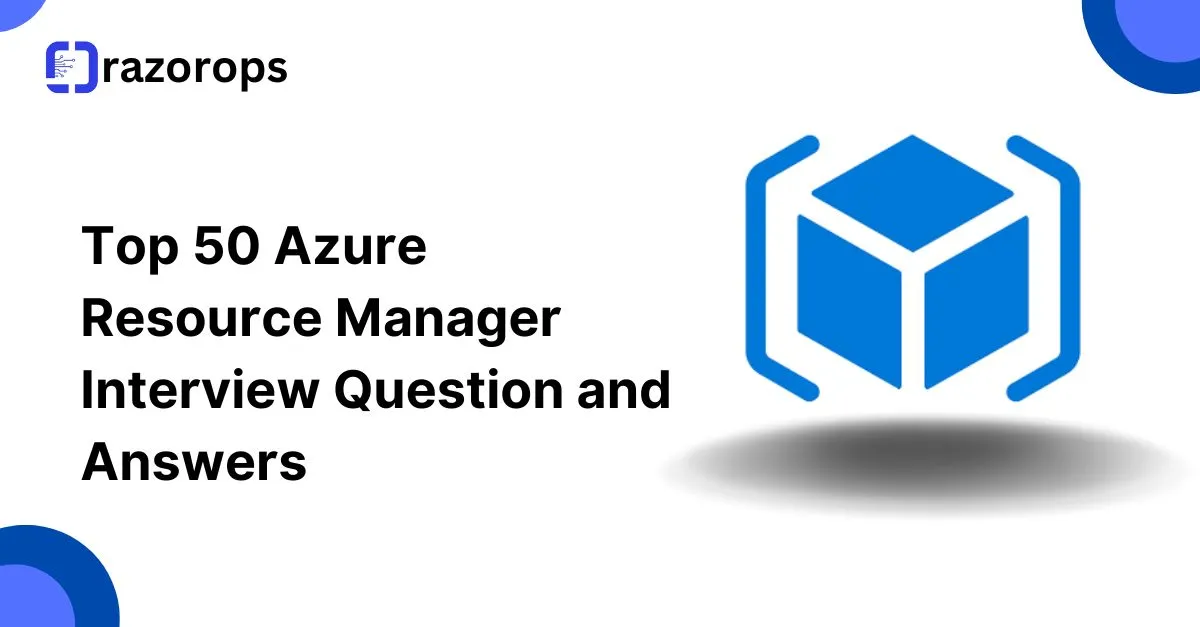
Azure Resource Manager (ARM) is a key feature in Microsoft Azure, empowering users to manage resources efficiently through declarative templates, policies, and role-based access control.
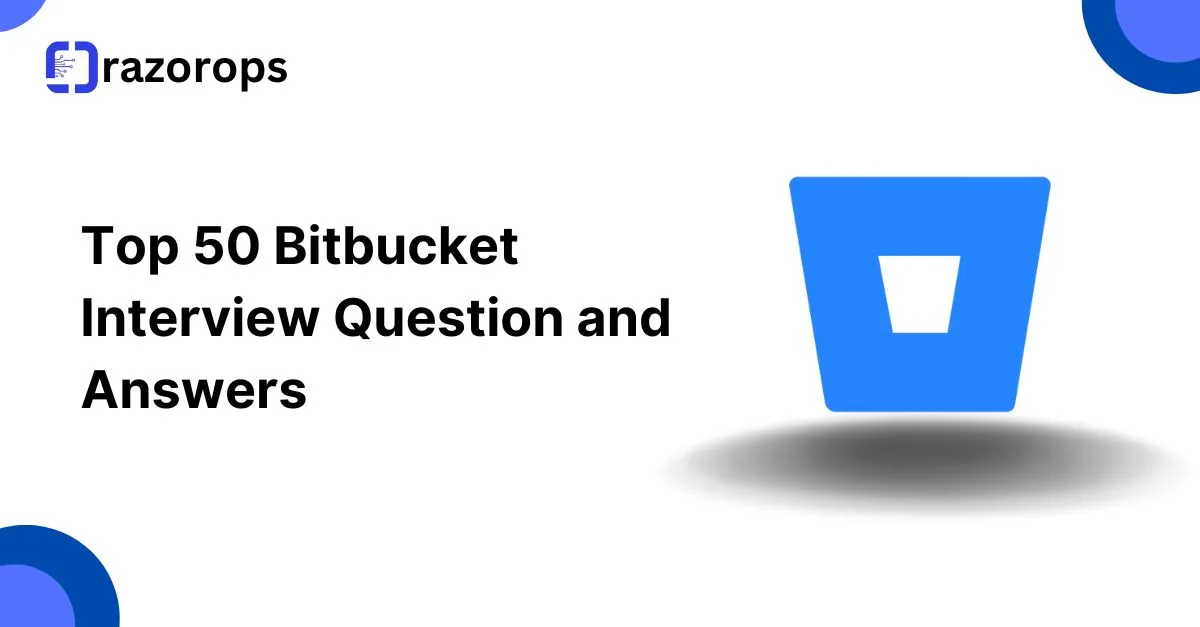
Bitbucket, a popular Git-based repository hosting service, is extensively used by teams to manage code, collaborate effectively, and streamline workflows.

As Kubernetes continues to dominate the container orchestration space, the need for robust CI/CD tools to streamline deployment workflows is greater than ever.

The DevOps landscape is constantly evolving, driven by advancements in technology, organizational needs, and the demand for faster, more efficient software delivery.
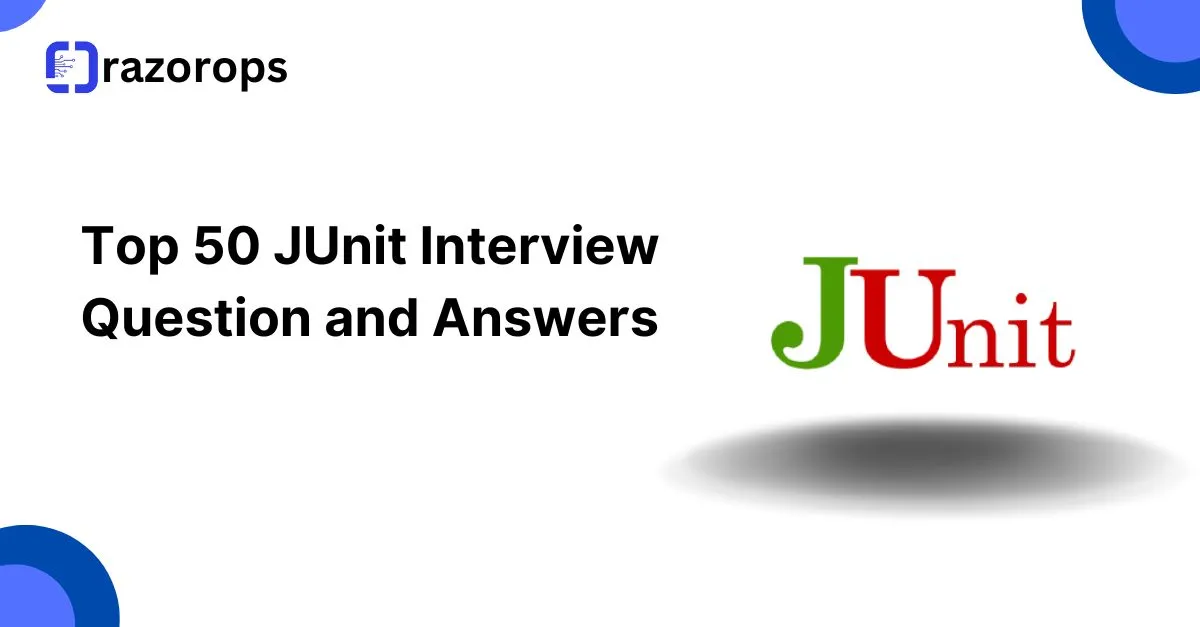
JUnit is a popular Java testing framework used for unit testing. It provides annotations to identify test methods, asserts for verifying expected results,

Selenium is an open-source automation testing tool for web applications. It supports multiple programming languages, including Java, Python, and C#.

Aqua Security is a cloud-native security solution designed to protect containers, Kubernetes, serverless, and cloud workloads.

Snyk is a developer-first security platform that helps identify and fix vulnerabilities in code,
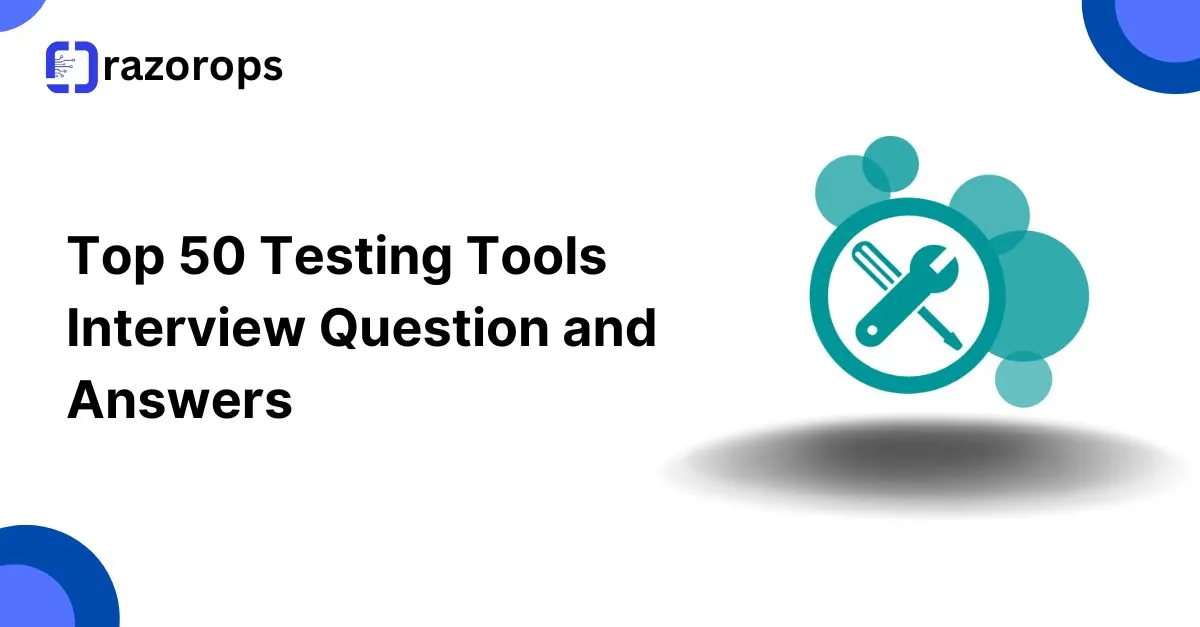
Testing tools are software applications designed to support various stages of software testing, including test case management,

When selecting a cloud migration partner, it’s essential to evaluate their capabilities, experience, and alignment with your business needs.

Microsoft Teams is a collaboration platform within the Microsoft 365 suite that combines chat,

Datadog is a cloud-based monitoring and analytics platform designed for IT infrastructure, applications, and logs.

ELK Stack is a collection of three open-source tools: Elasticsearch, Logstash, and Kibana
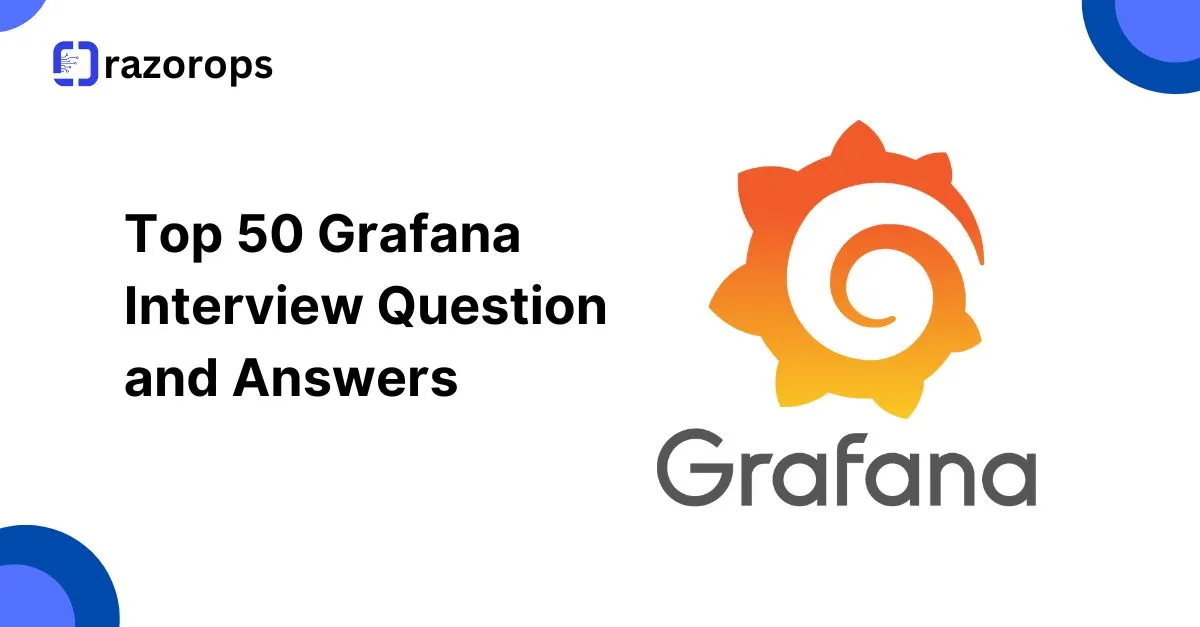
Grafana is an open-source platform used for monitoring, visualization, and alerting on data from a wide variety of sources.
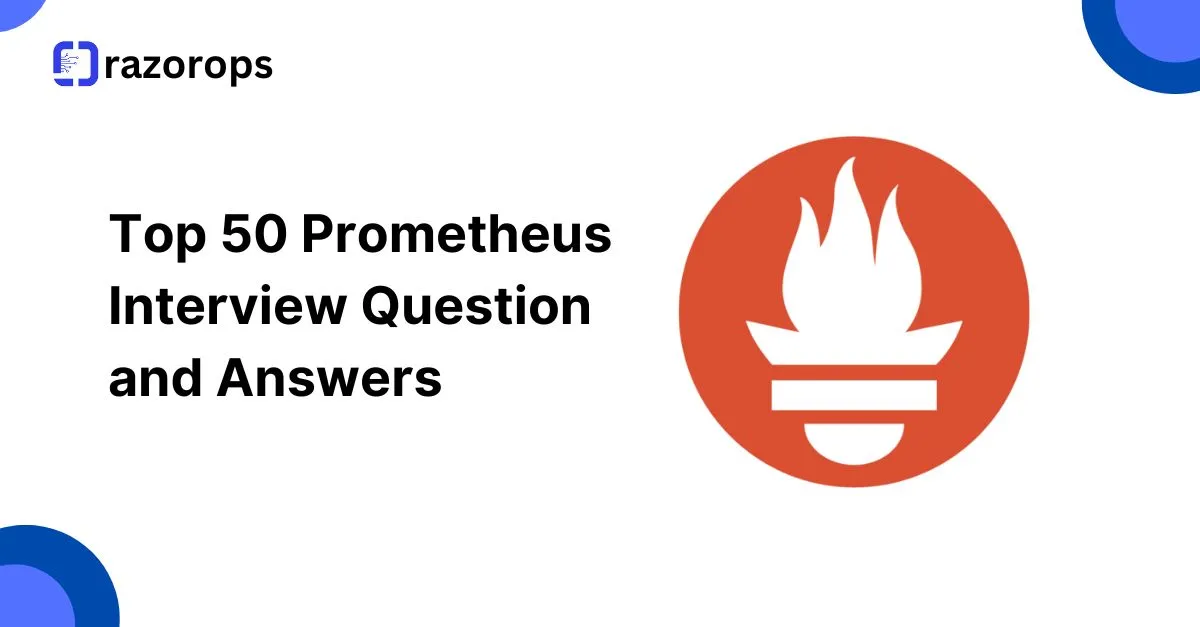
Prometheus is an open-source monitoring and alerting toolkit designed primarily for reliability and scalability.

Monitoring is the process of tracking metrics, logs, events, and infrastructure to assess performance,
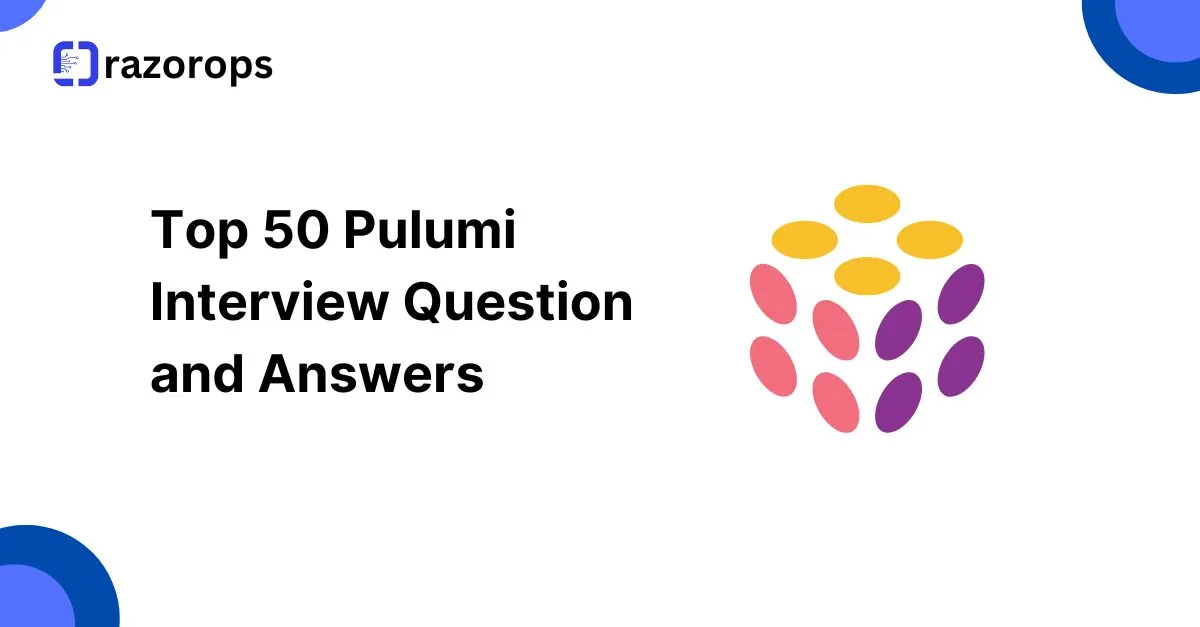
Pulumi is an open-source infrastructure-as-code (IaC) tool that allows developers to define cloud resources and infrastructure

AWS CloudFormation is a service that provides infrastructure as code (IaC),
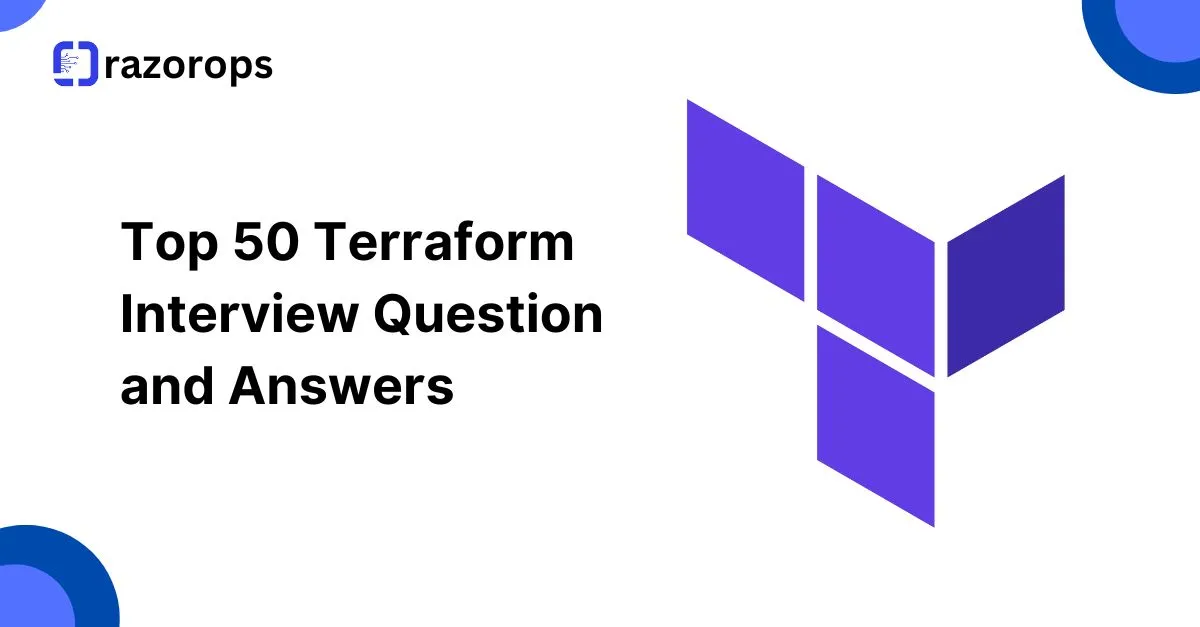
Terraform is an open-source Infrastructure as Code (IaC) tool by HashiCorp. It allows users to define and provision infrastructure
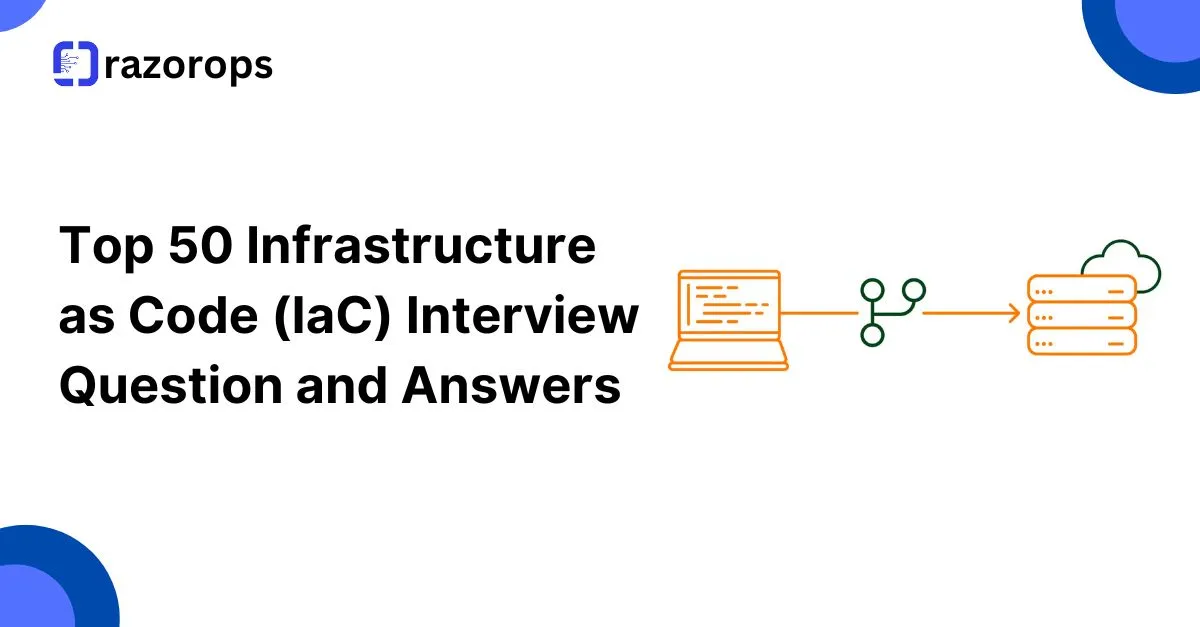
Infrastructure as Code (IaC) is the practice of managing and provisioning infrastructure through code rather than manual processes.
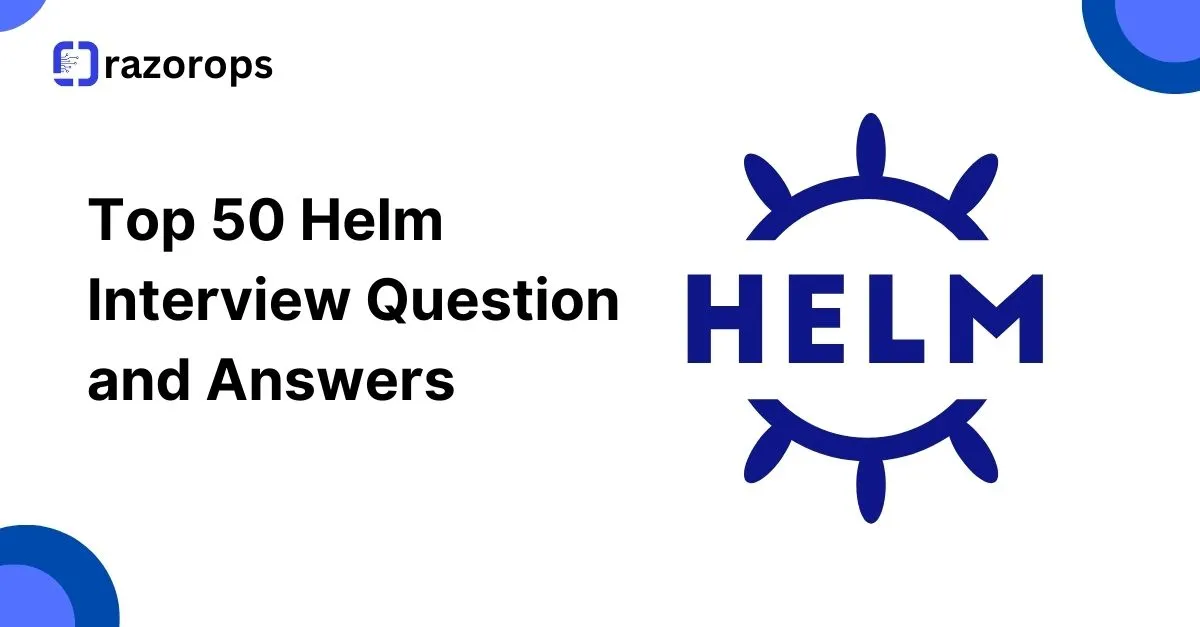
Helm is a package manager for Kubernetes, which helps to manage Kubernetes
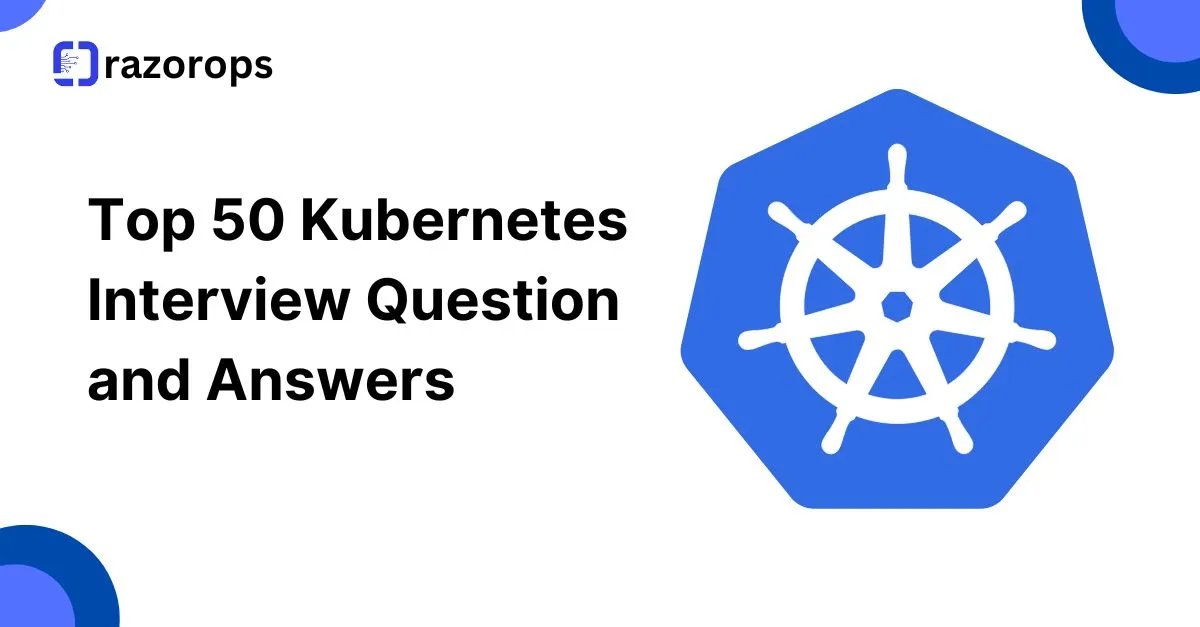
Kubernetes is an open-source container orchestration platform designed to automate the deployment,
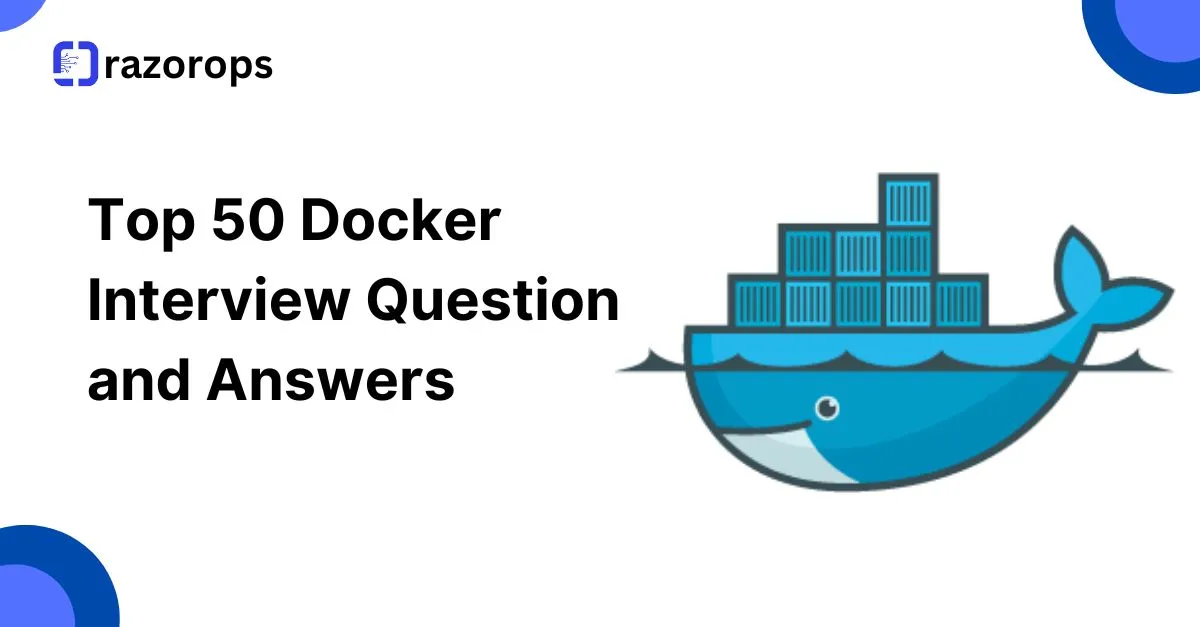
Docker is a containerization platform that packages applications and dependencies into lightweight

Configuration management is a process that systematically manages changes and configurations
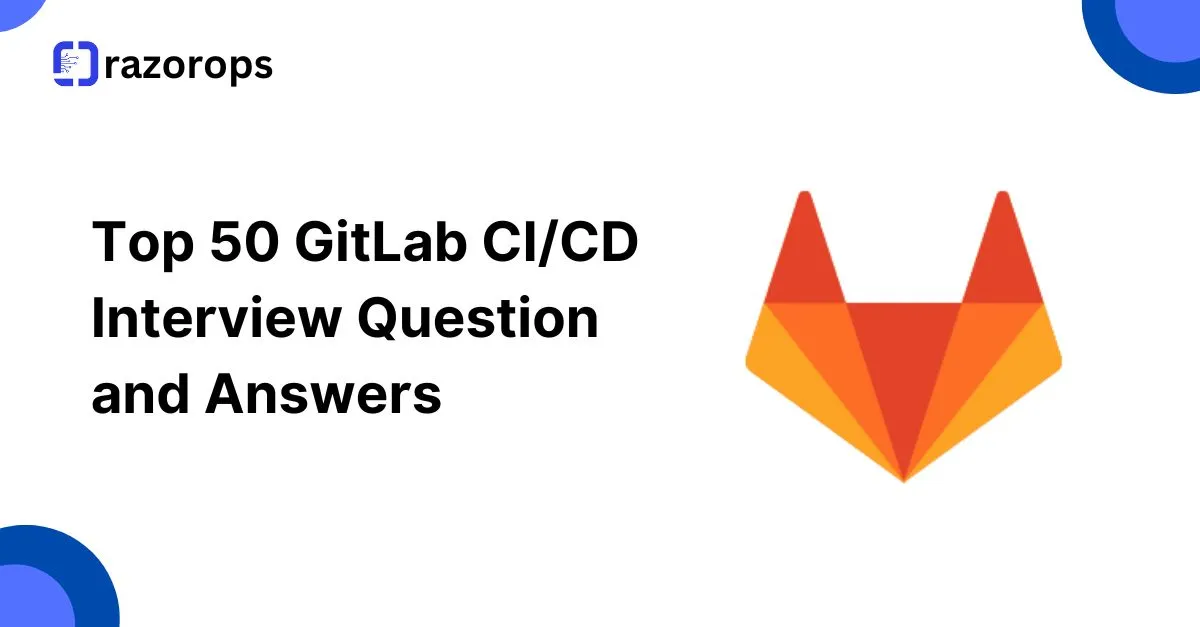
GitLab CI/CD is a built-in tool in GitLab for continuous integration (CI) and continuous delivery/deployment (CD).
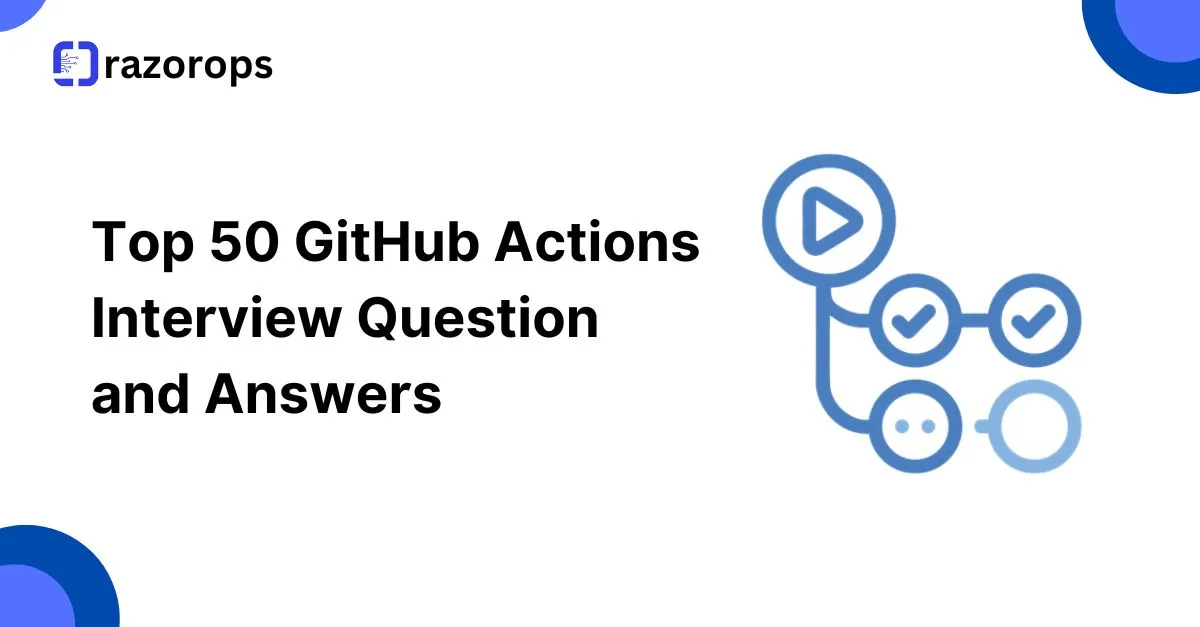
GitHub Actions is a CI/CD platform that enables automation directly within GitHub repositories for building, testing, and deploying code.
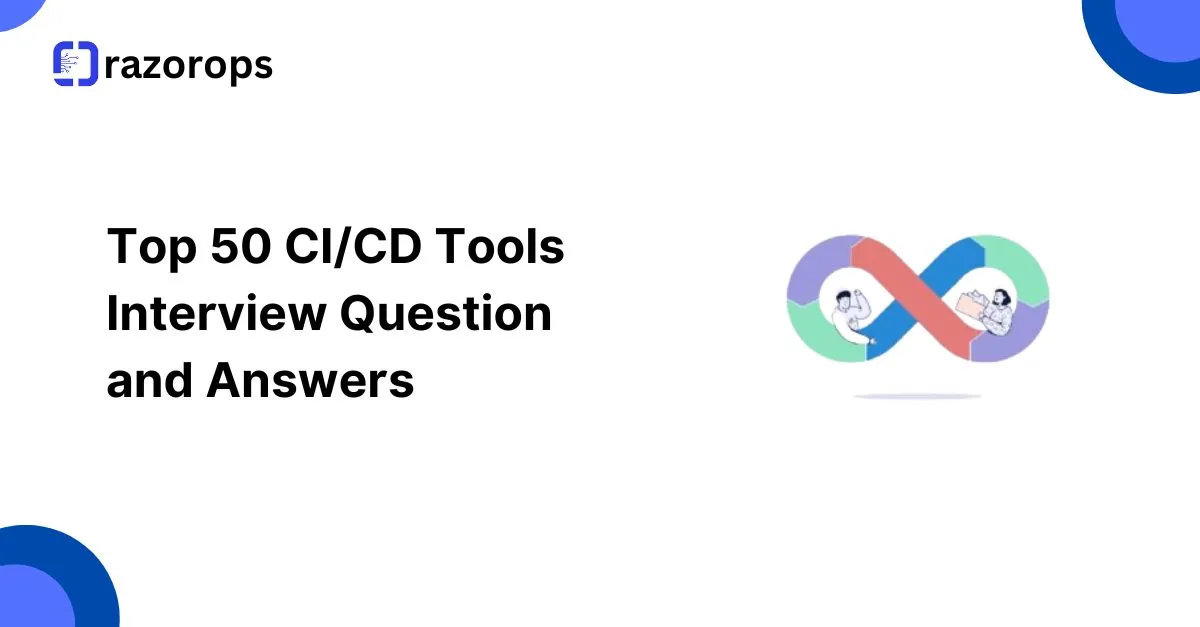
CI/CD stands for Continuous Integration and Continuous Deployment/Delivery,

The top 50 Version Control System (VCS) interview questions and answers cover a wide range of topics essential for developers, DevOps engineers,
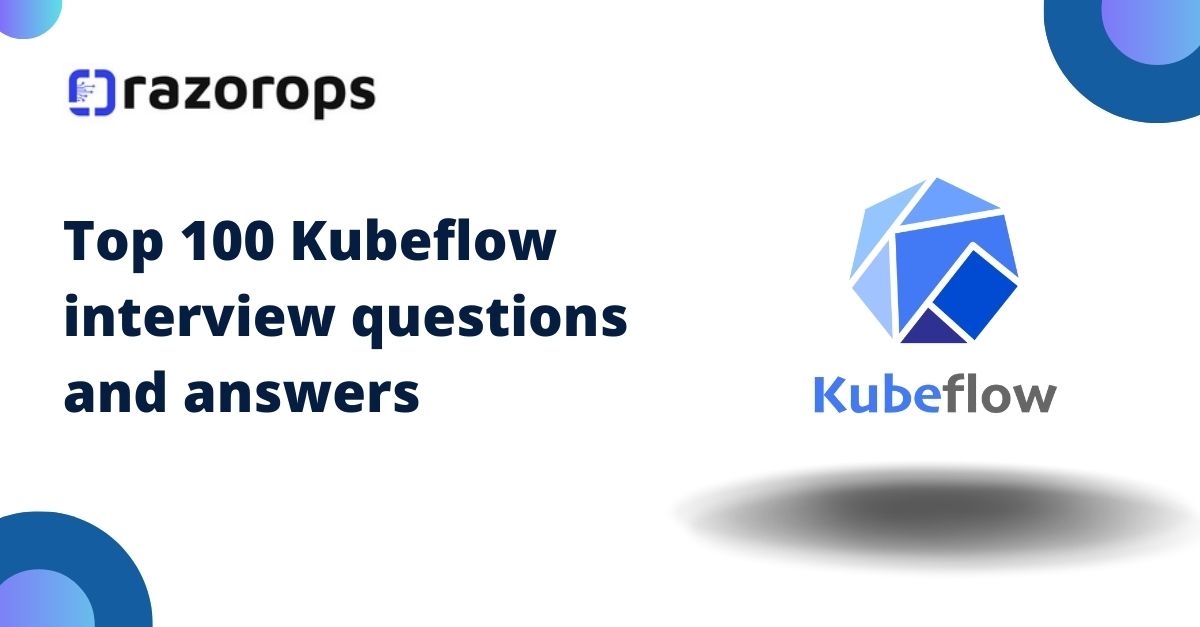
Here's a list of 100 Kubeflow interview questions, organized by categories, to cover basic concepts, deployment, pipelines, components, and real-world scenarios.

Here’s a comprehensive list of 100 AI/ML interview questions for developers covering fundamental concepts, algorithms, statistics, optimization, deployment, and case-based questions.
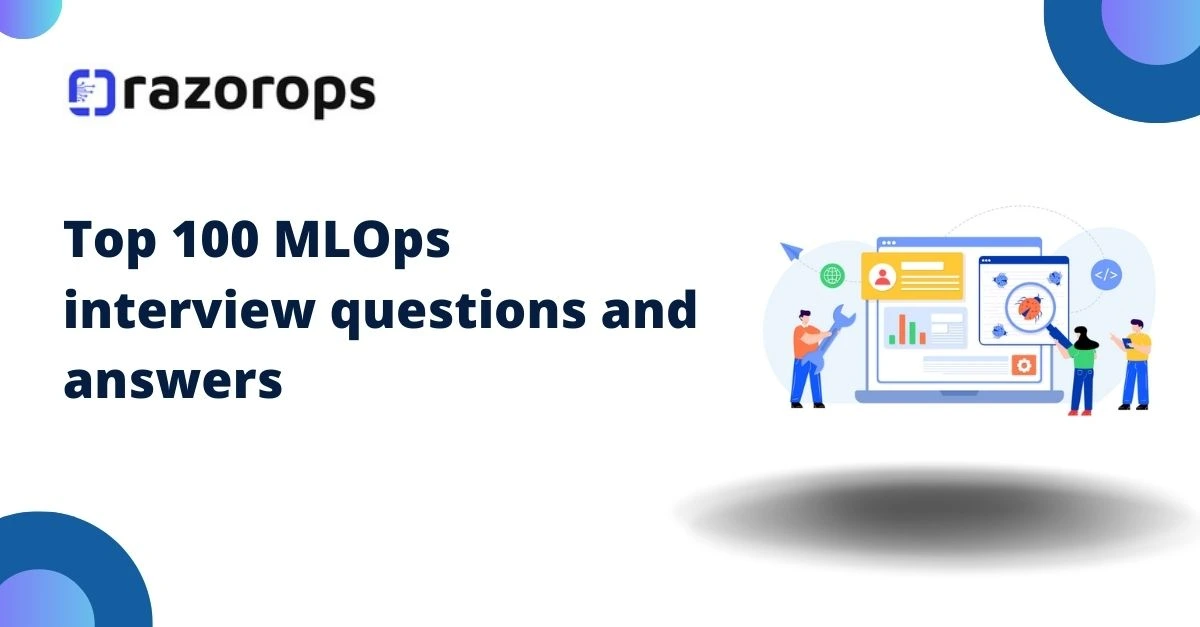
Here is a curated list of top 100 MLOps interview questions and answers that will help you prepare for a wide range of MLOps interviews.
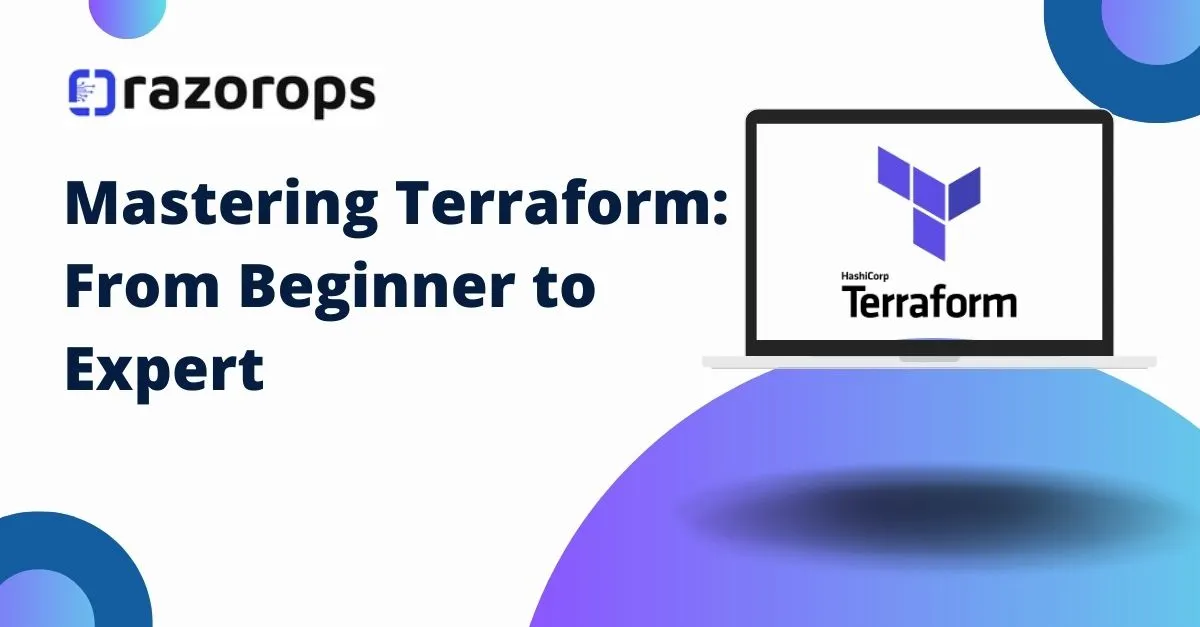
Gain understanding of Terraform and its benefits, Dive into practical guides, tips, and tutorials to automate your infrastructure, enhance productivity
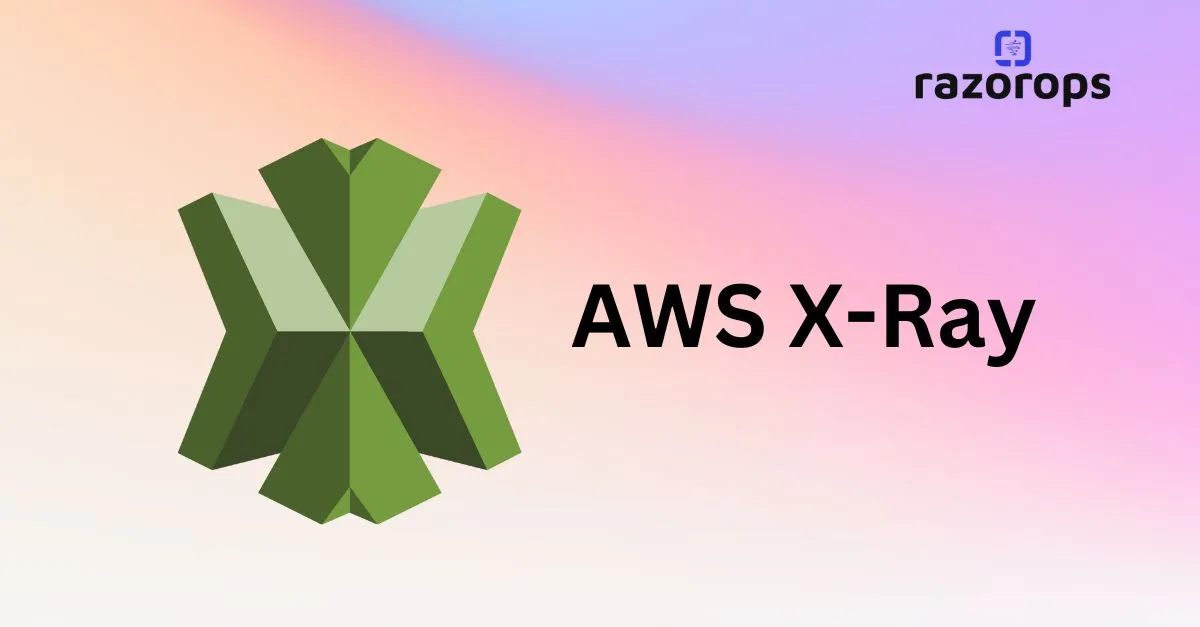
AWS X-Ray helps to analyze and debug production systems in distributed environments.
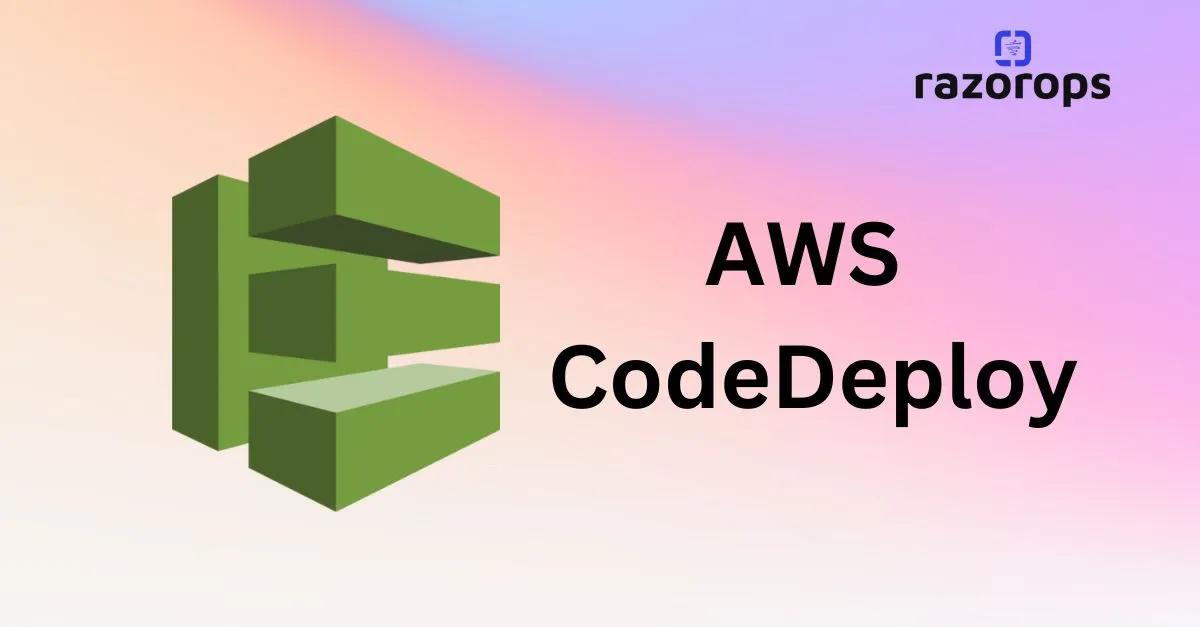
AWS CodeDeploy is a deployment service that automates application deployments
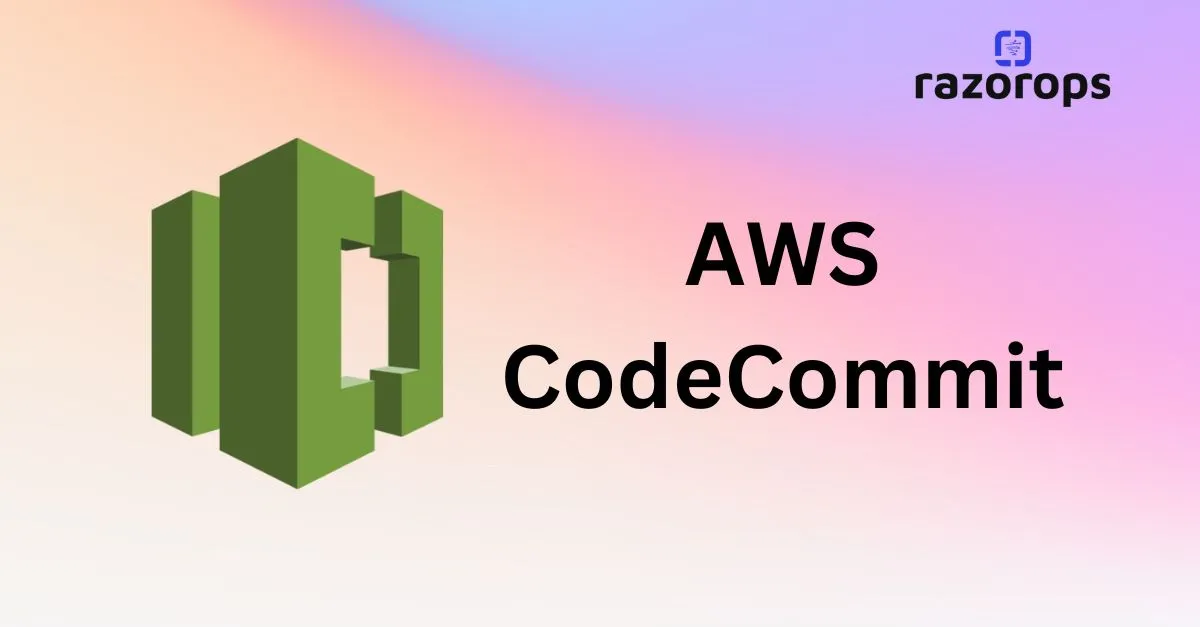
AWS CodeCommit is a version control service hosted by Amazon Web Services
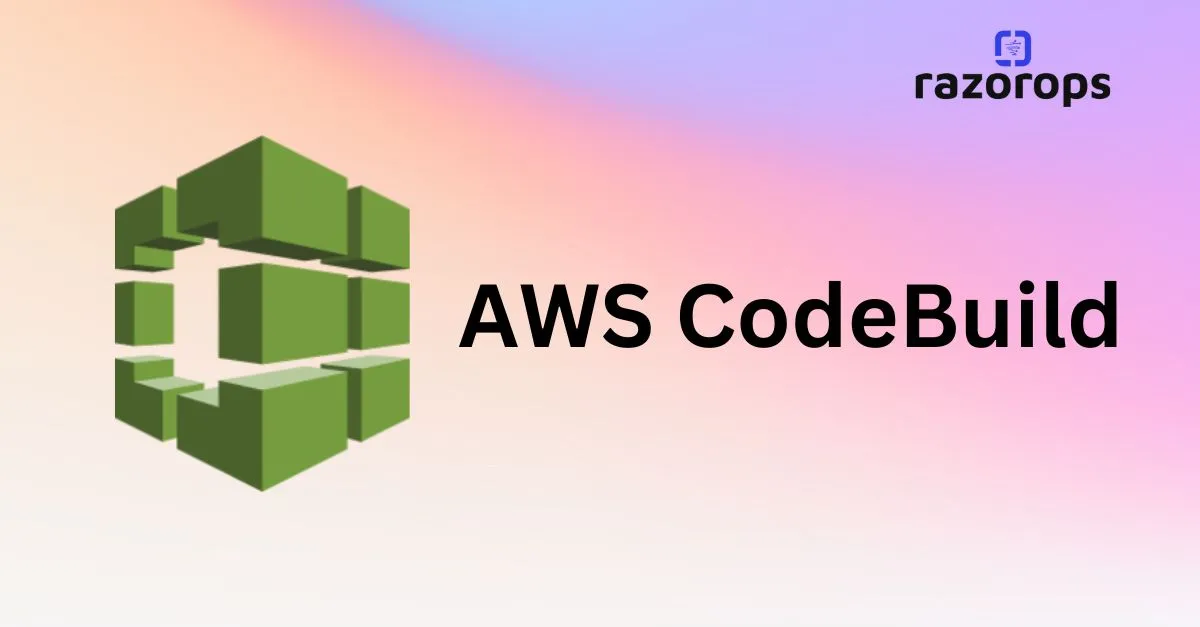
Amazon codeBuild is a fully managed continuous integration service that helps developers to build and run test code rapidly.
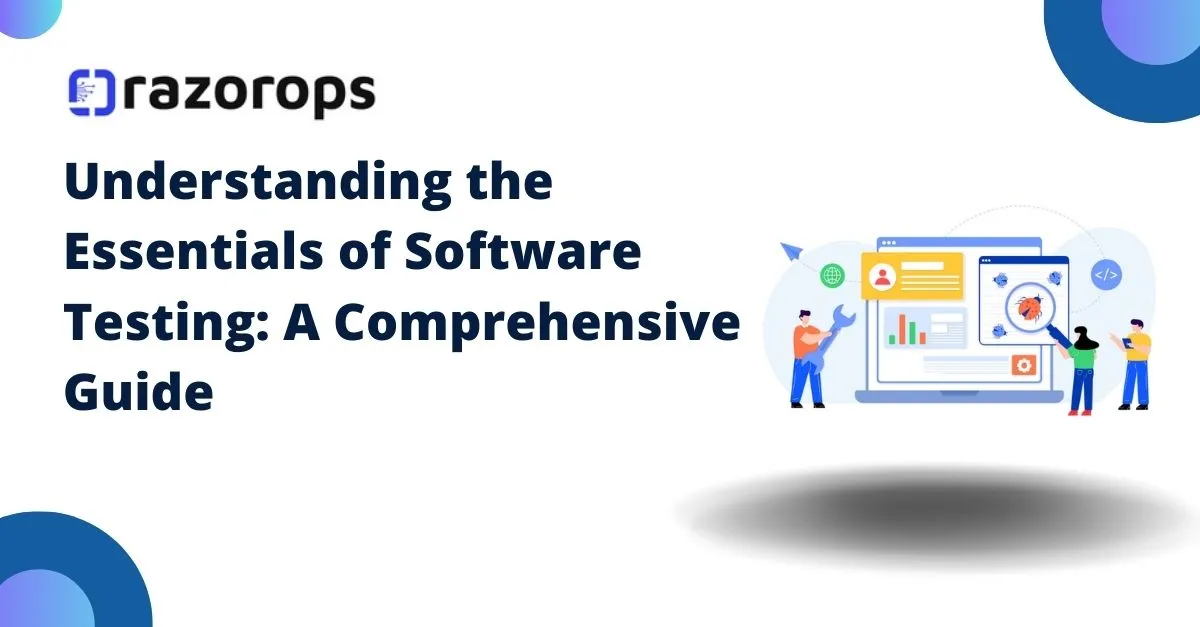
Software testing is the process of evaluating and verifying that a software product or application is functioning as intended.
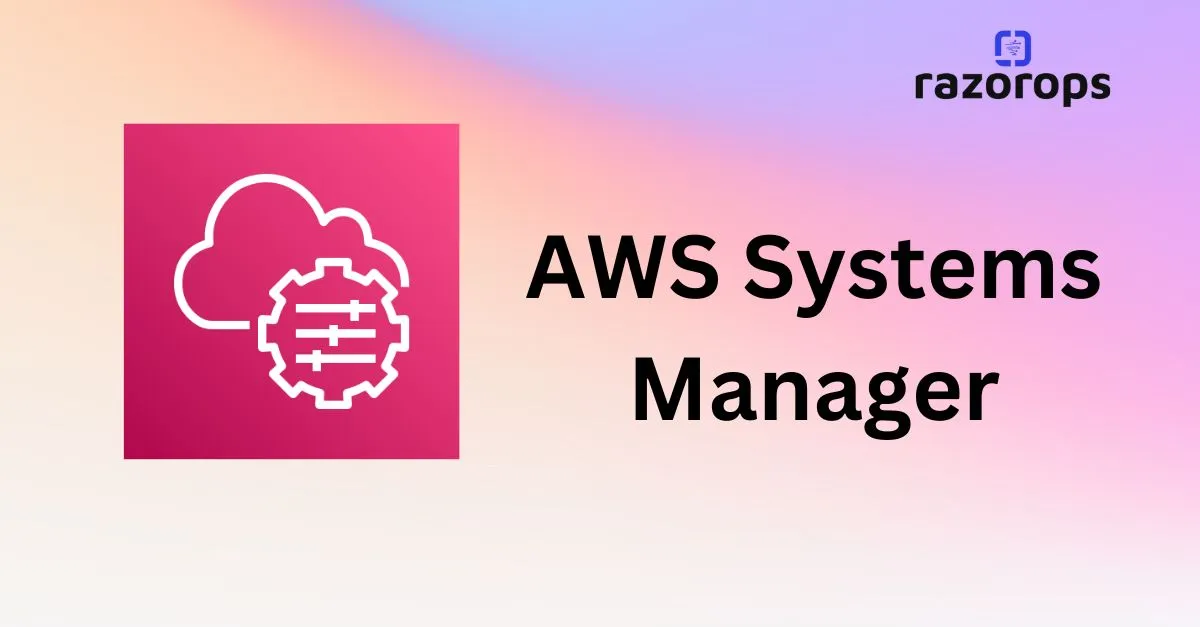
AWS Systems Manager is a service which helps users to manage EC2 and on-premises systems at scale.
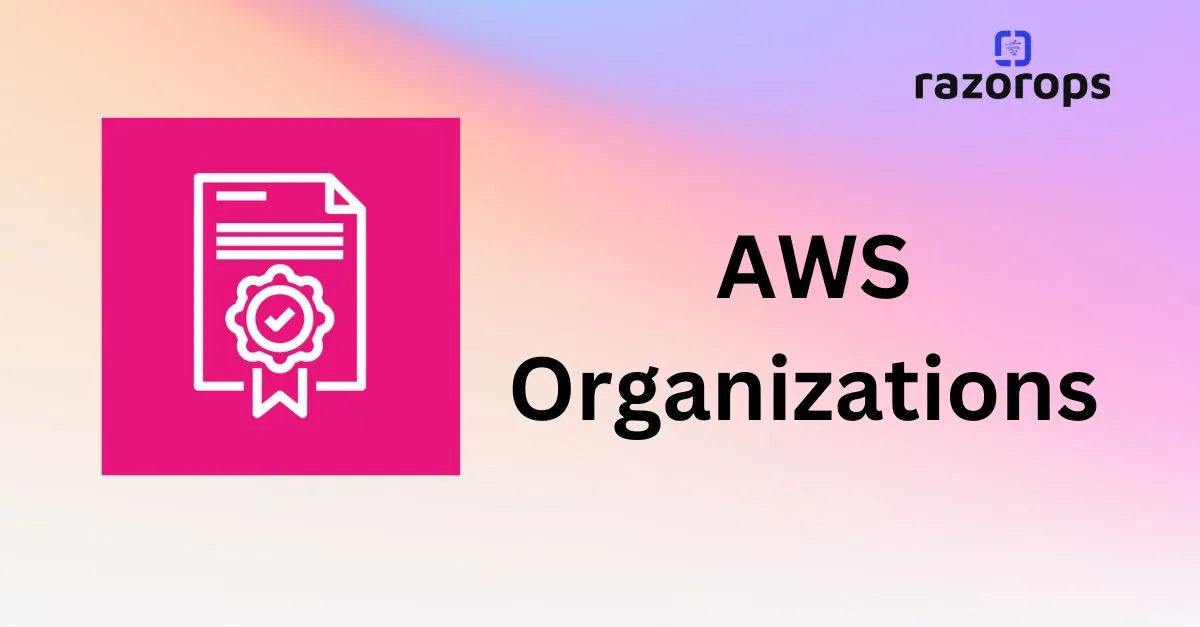
AWS Organizations is a global service that enables users to consolidate and manage multiple AWS accounts into an organization.
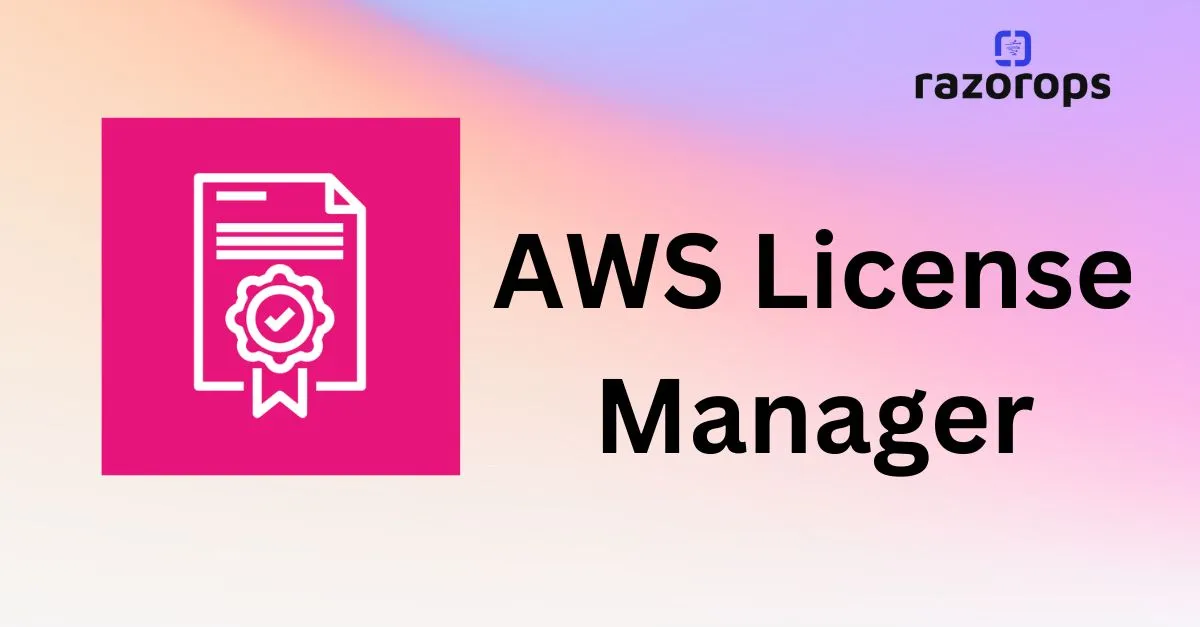
AWS License Manager is a service that manages software licenses in AWS
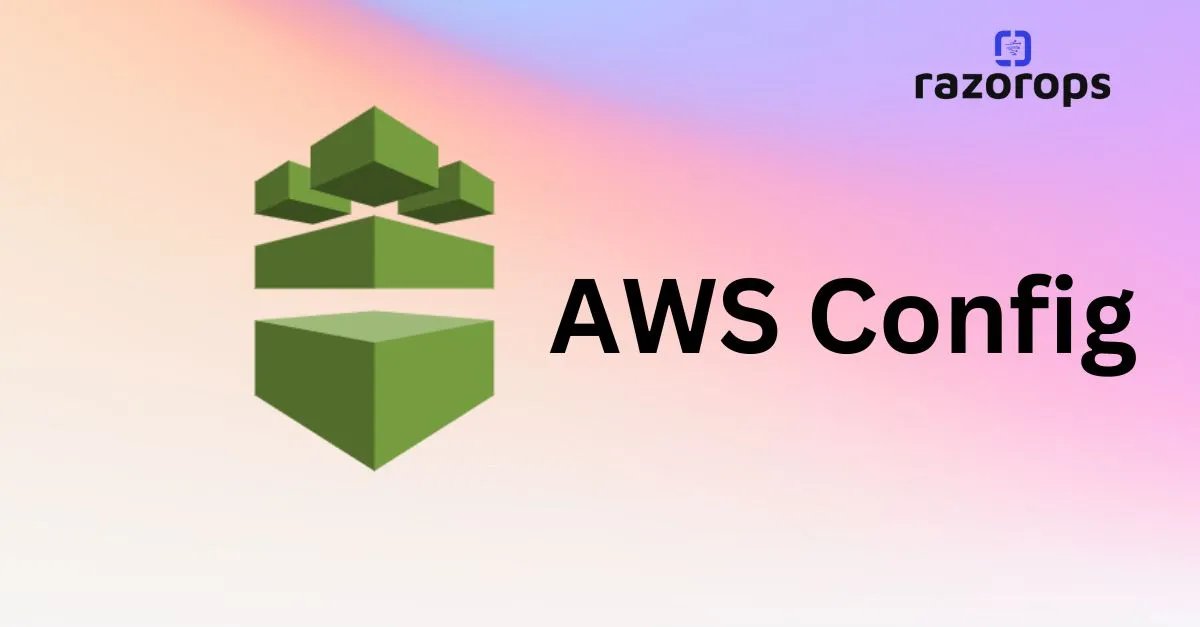
AWS Config is a service that continuously monitors and evaluates the configurations of the AWS resources (services).
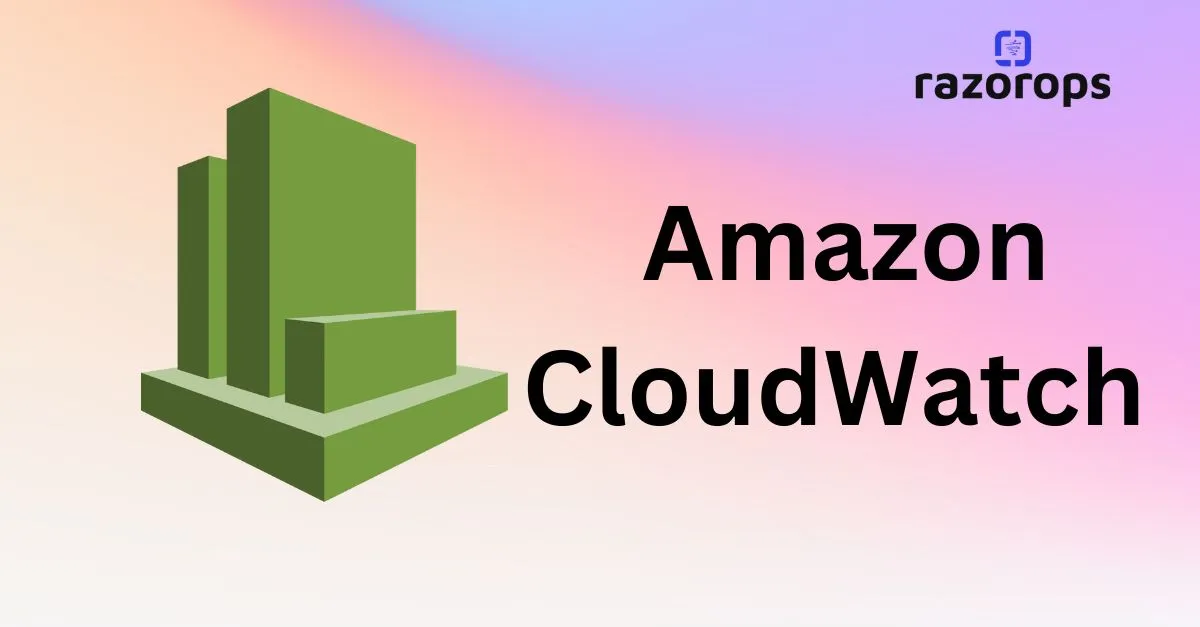
Amazon CloudWatch is a service that helps to monitor and manage services

AWS CloudTrail is defined as a global service that permits users to enable operational
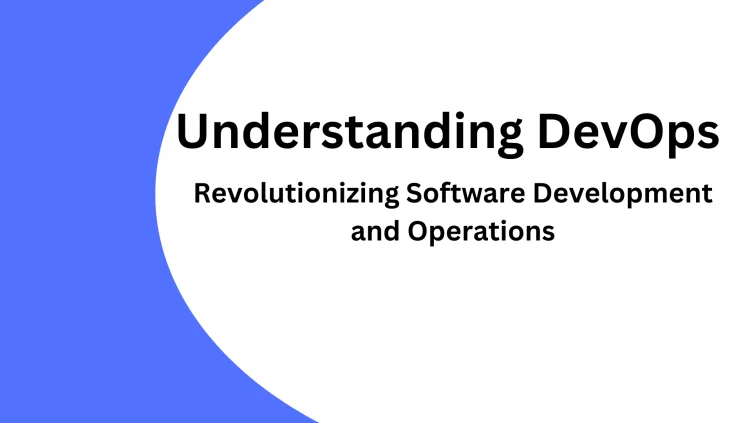
Continuous Integration (CI) is the practice of automatically integrating code changes from multiple contributors into a shared repository several times a day

AWS CloudFormation is a service that collects AWS and third-party resources

AWS Auto Scaling keeps on monitoring your Application and automatically

Cron jobs are scheduled commands or scripts on Unix-based systems (like Linux and macOS) that are executed at fixed times, intervals, or specific dates.
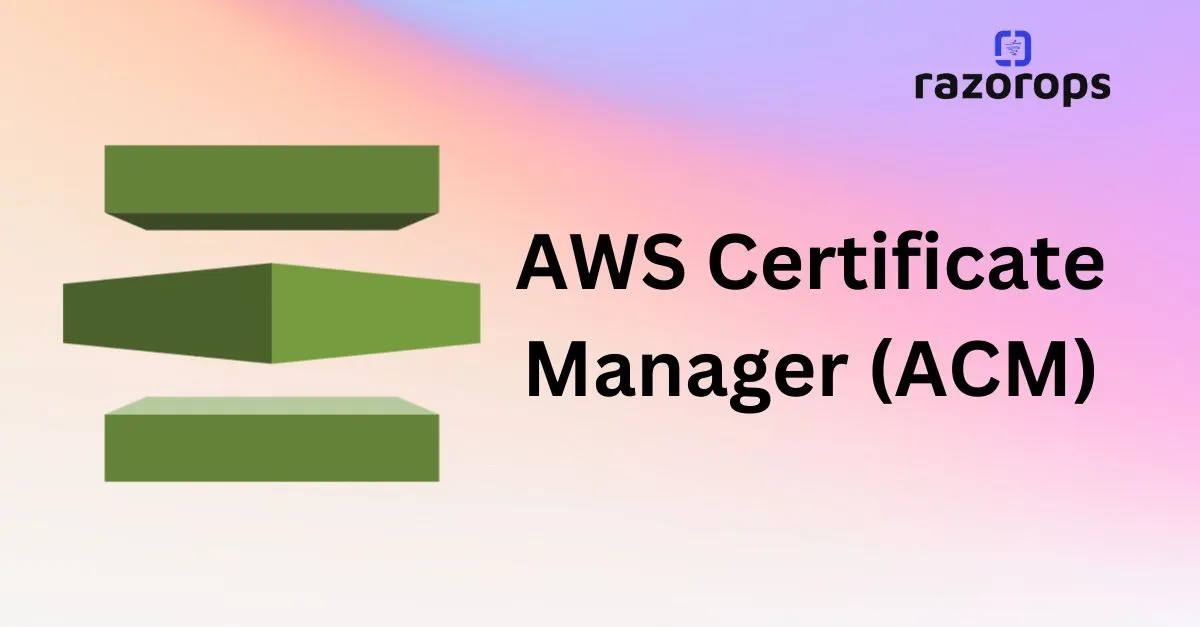
AWS Certificate Manager is a service that allows a user to provide, manage,
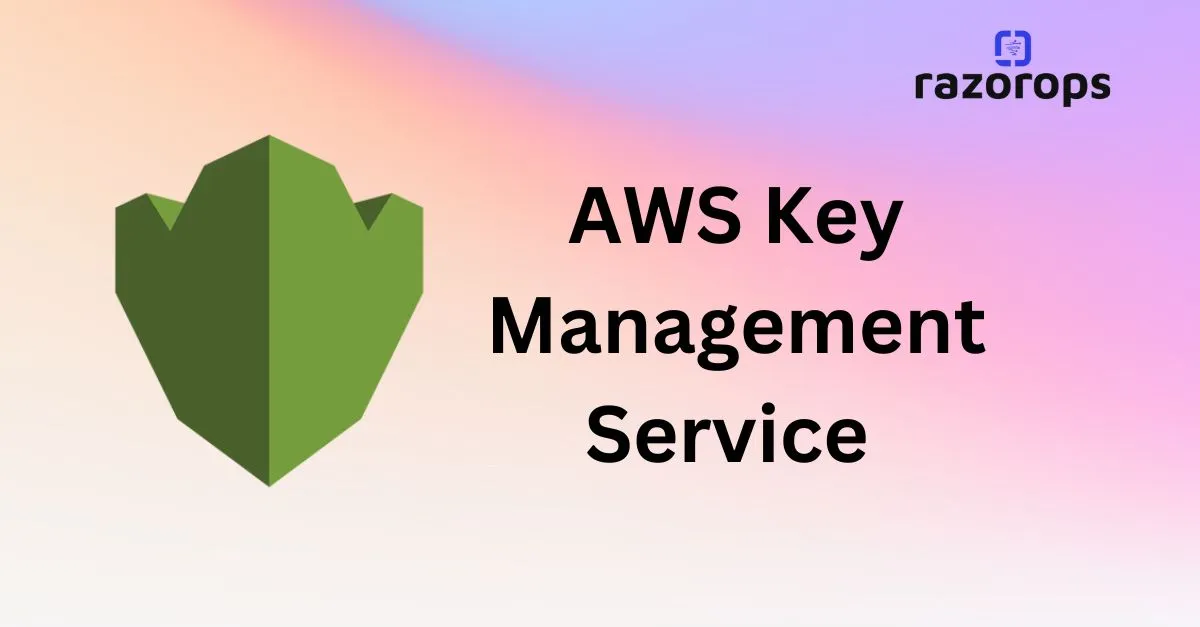
AWS Key Management Service (AWS KMS) is a secured service to create and control the encryption keys.
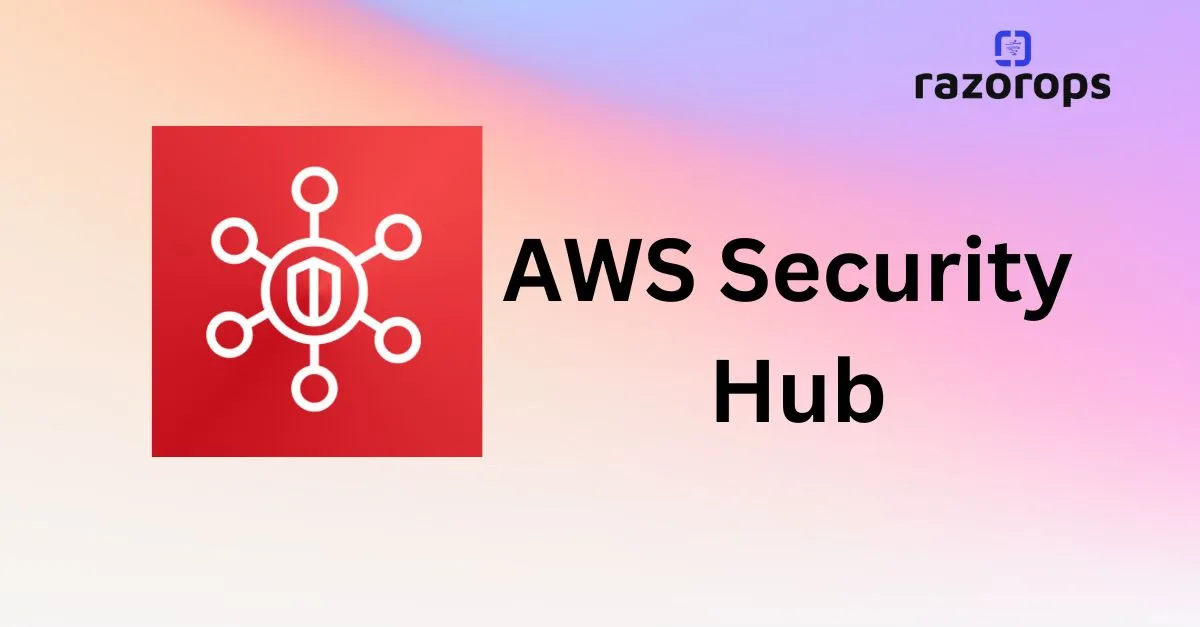
AWS Security Hub is a service that provides an extensive view of the security aspects of AWS
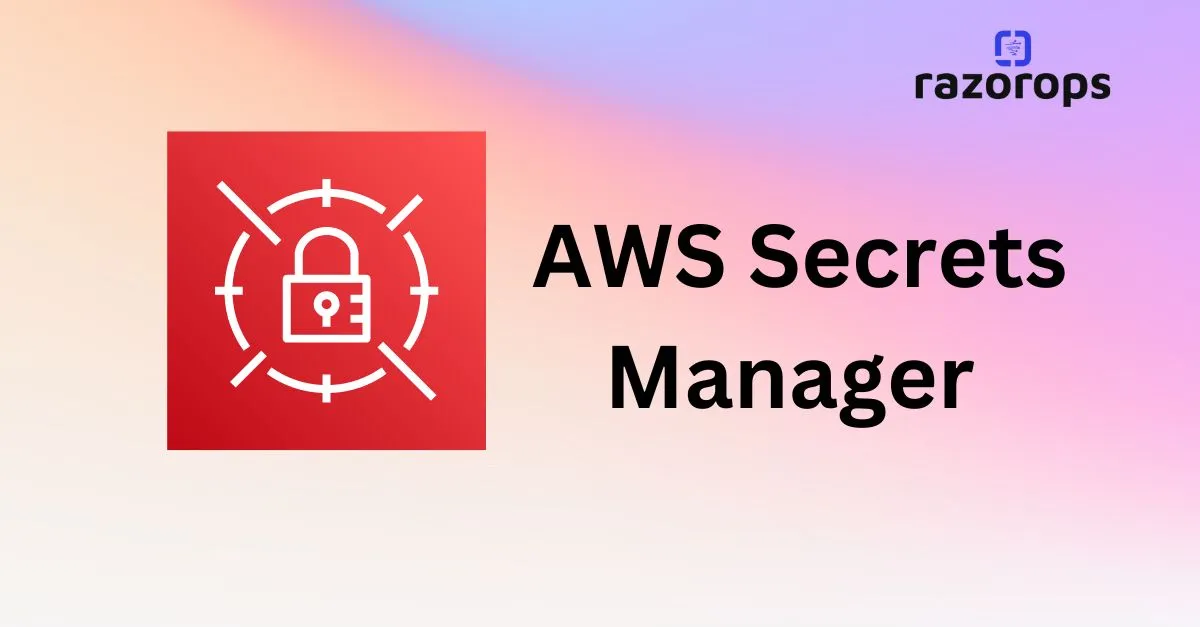
AWS Secrets Manager is a service that replaces secret credentials in the code like passwords,
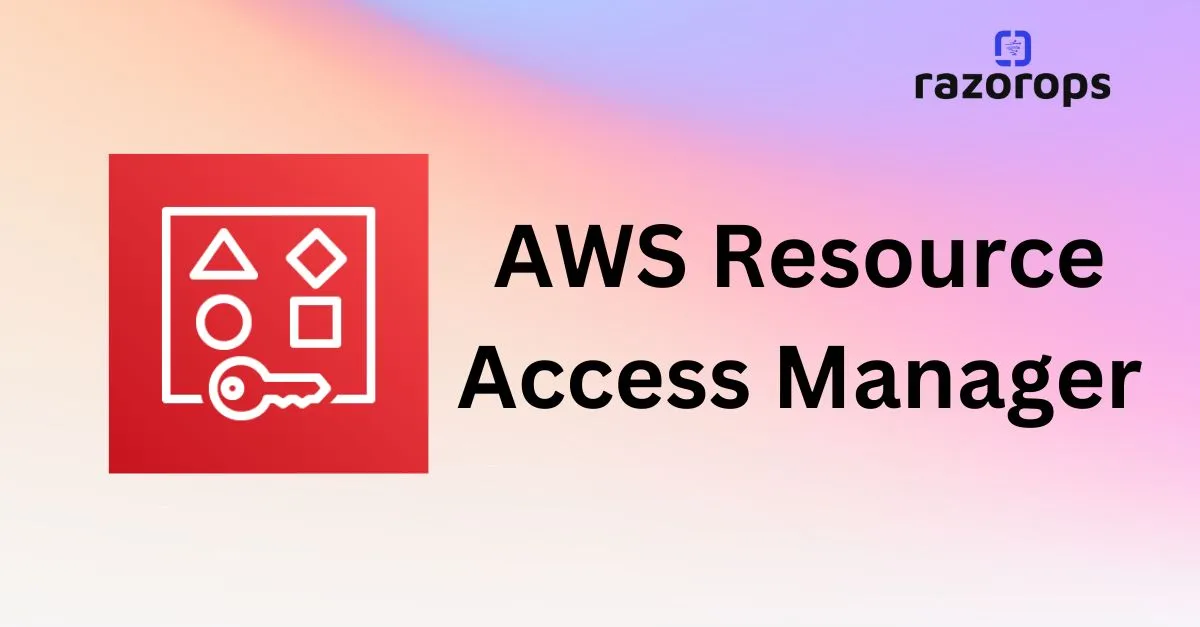
AWS Resource Access Manager (RAM) is a service that permits users to share their resources
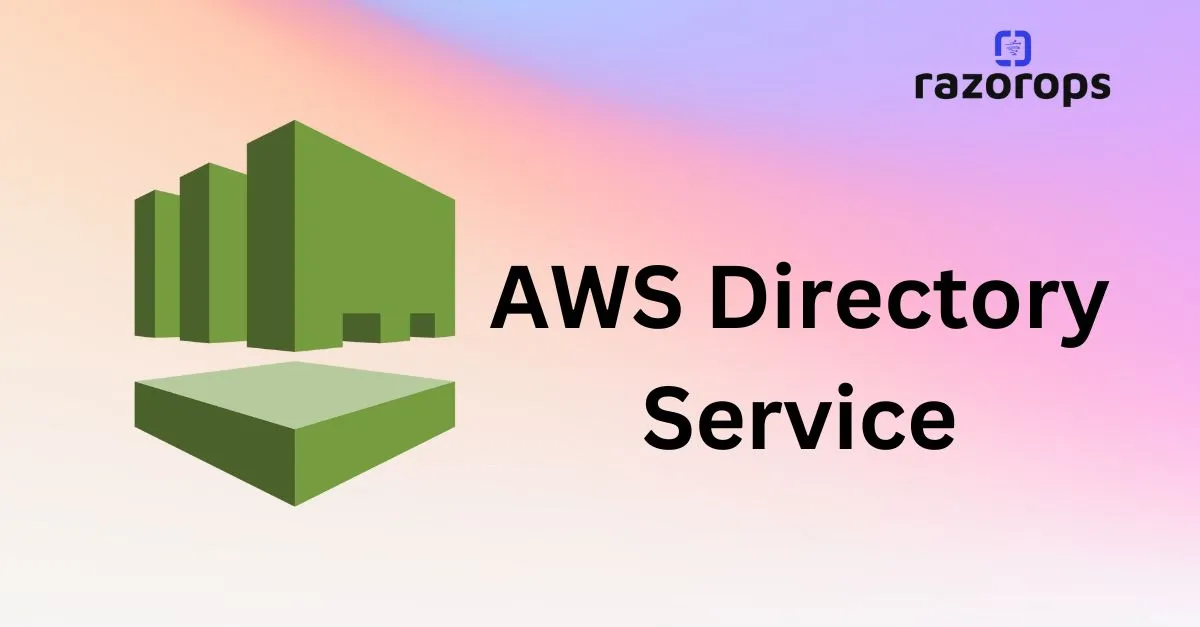
AWS Directory Service, also known as AWS Managed Microsoft Active Directory (AD),
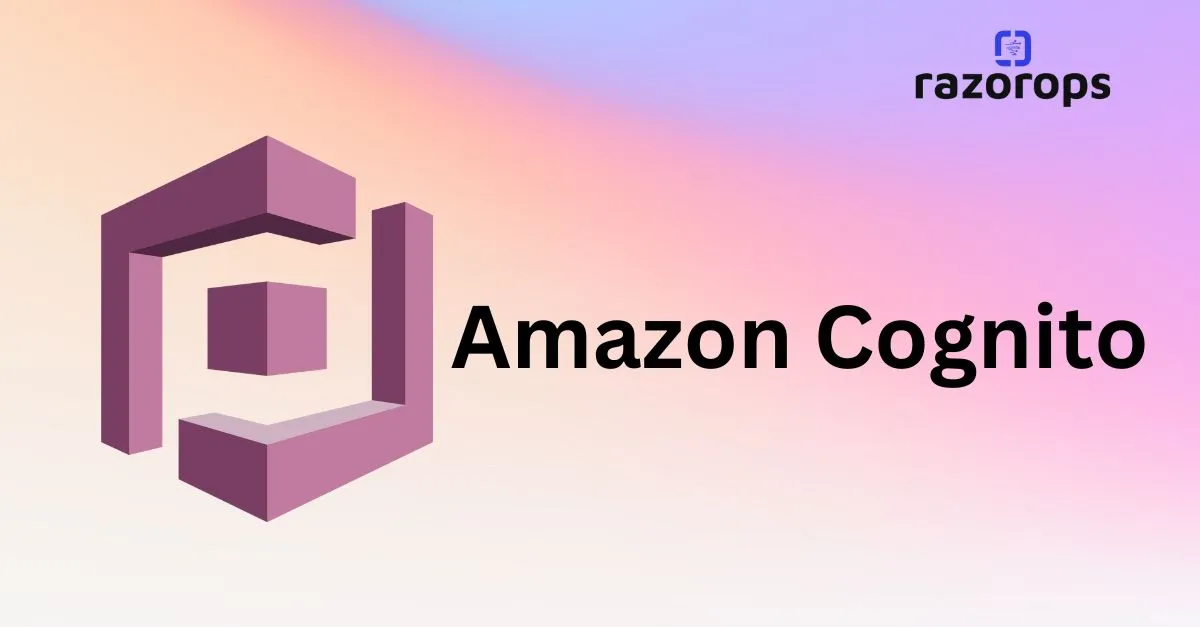
Amazon Cognito is a service used for authentication, authorization, and user management for web or mobile applications.
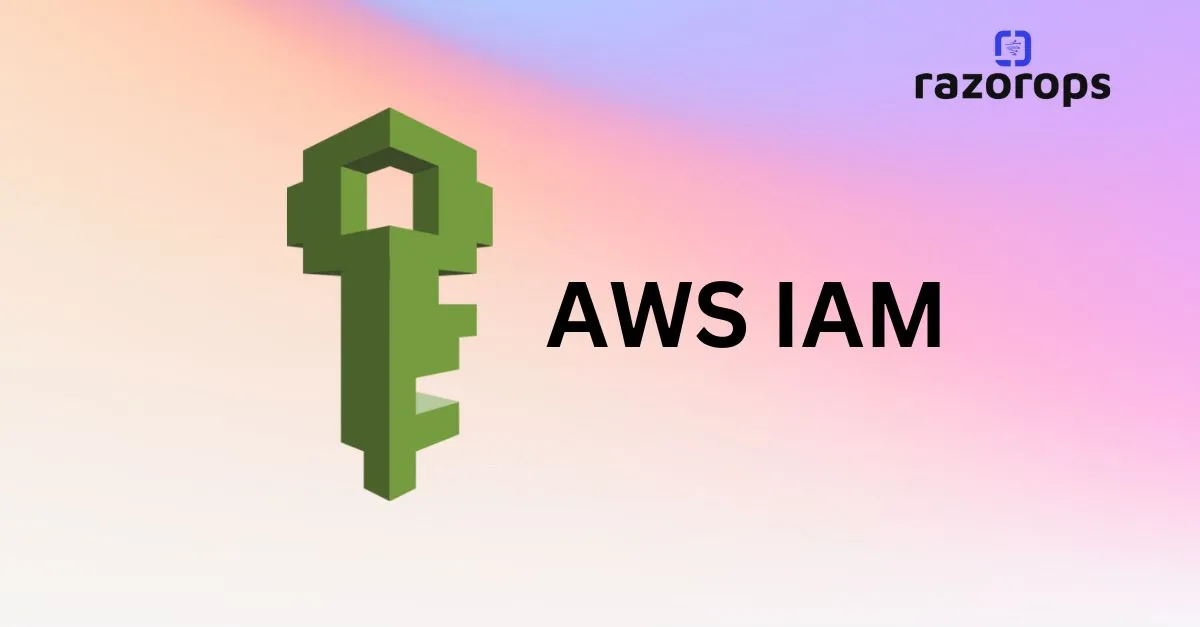
AWS IAM may be a service that helps you control access to AWS resources
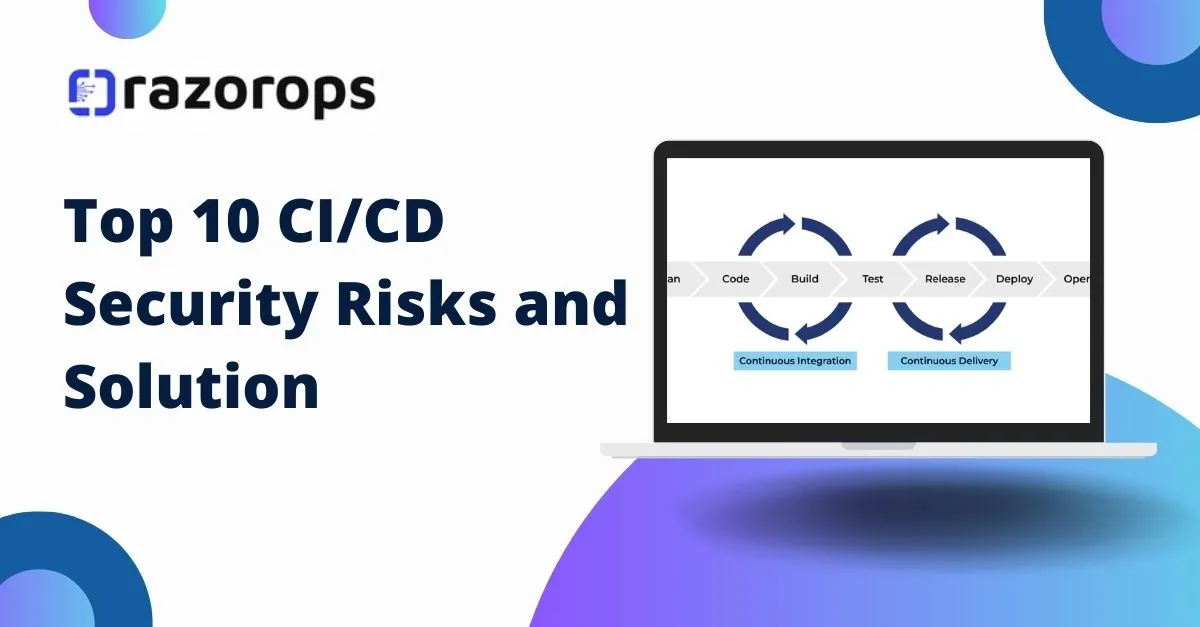
Securing a CI/CD pipeline involves addressing multiple security risks across various stages and components.
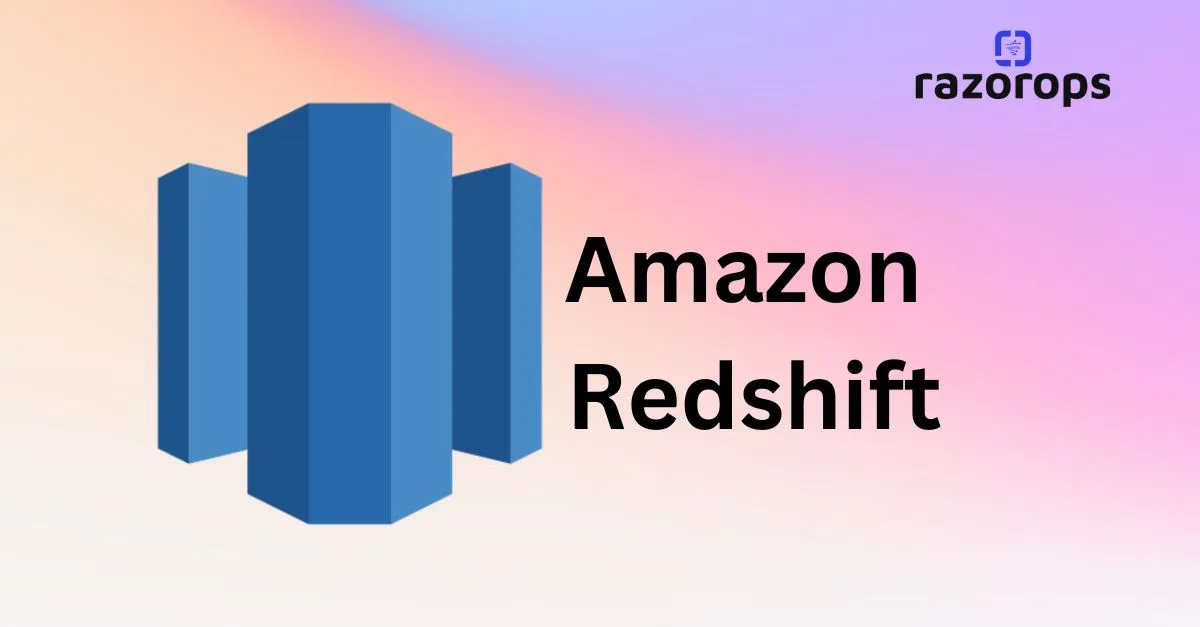
Amazon redshift is a fast and powerful, fully managed, petabyte-scale data warehouse service in the cloud.
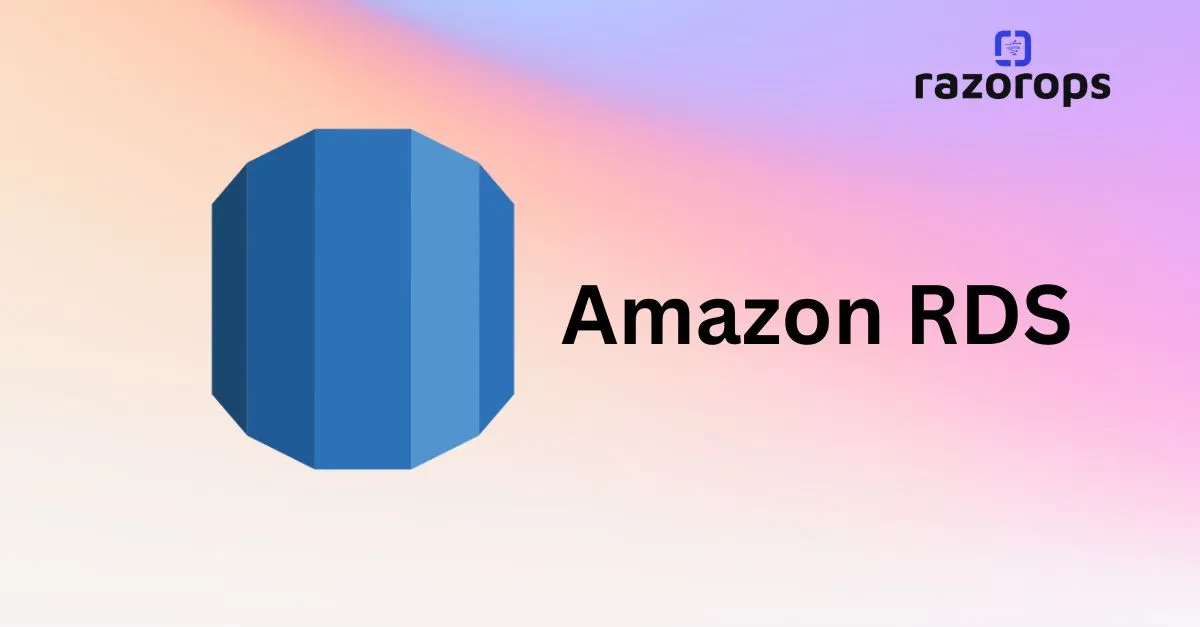
RDS (Relational Database System) in AWS makes it easy to operate, manage, and scale in the cloud.

Amazon Neptune is a graph database service used as a web service to build and run applications that require connected datasets.
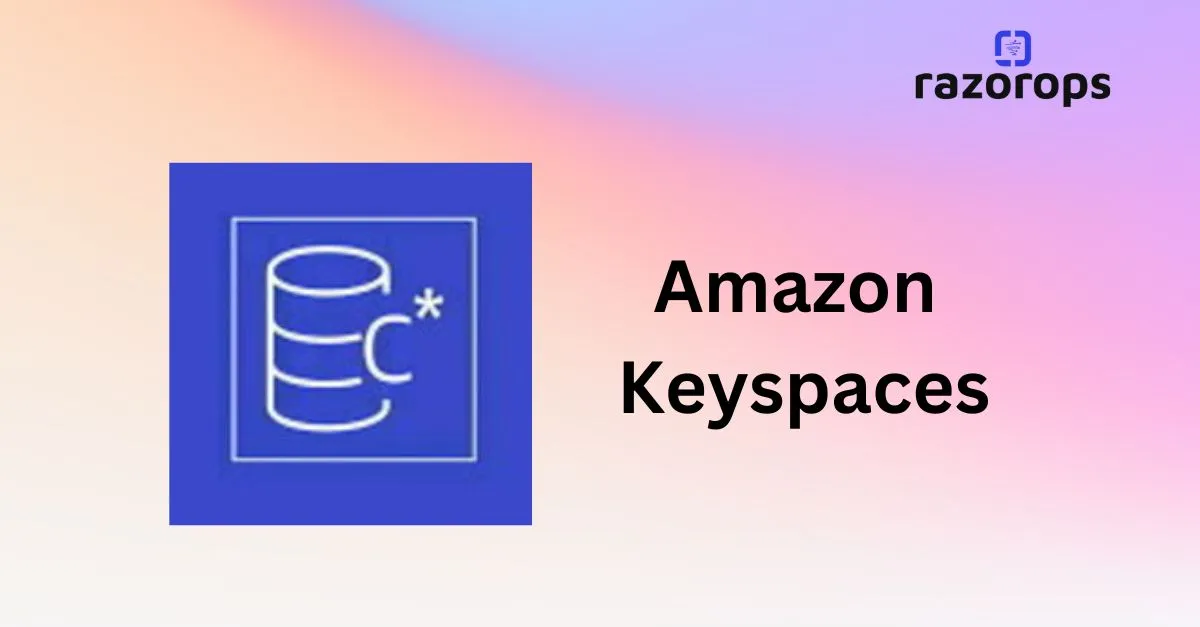
Keyspaces is an Apache Cassandra compatible database in AWS. It is fully managed by AWS, highly available, and scalable. Management of servers, patching is done by Amazon.
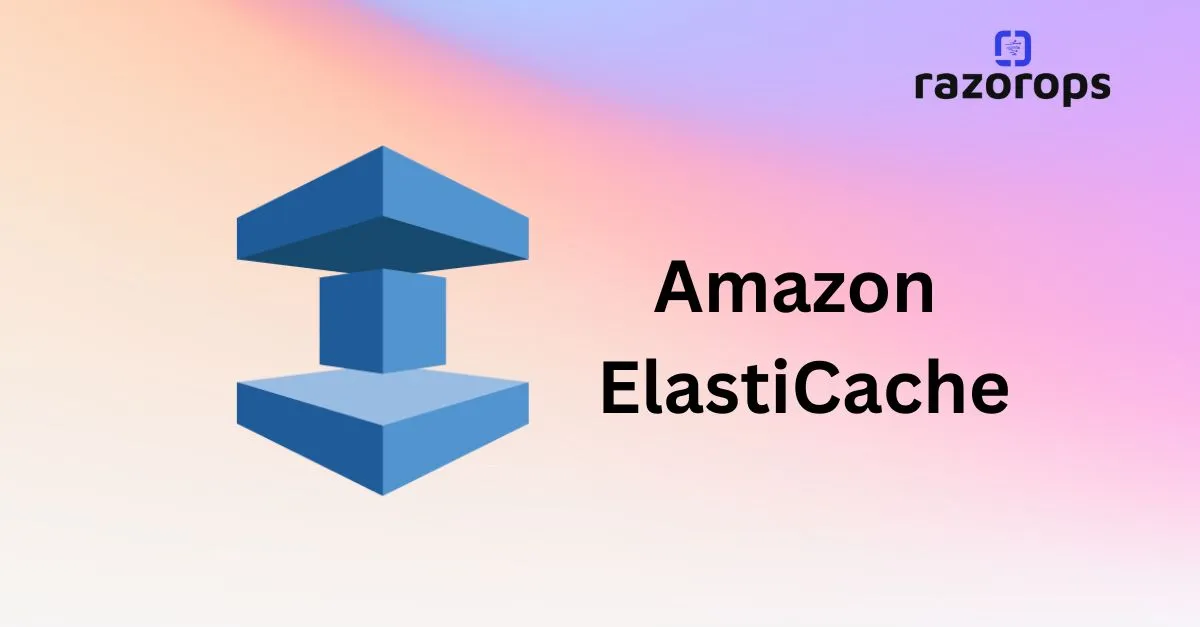
ElastiCache is a fully managed in-memory data store. It significantly improves latency and performance for all read-heavy application workloads.
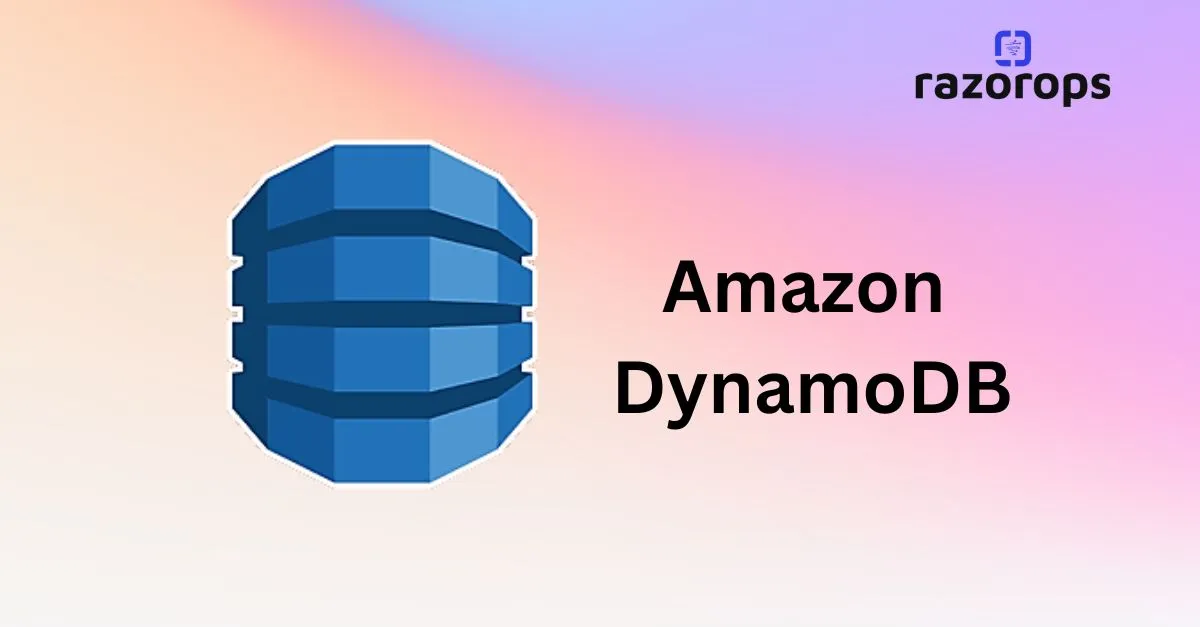
AWS DynamoDB is a Key-value and DocumentDB database by Amazon.
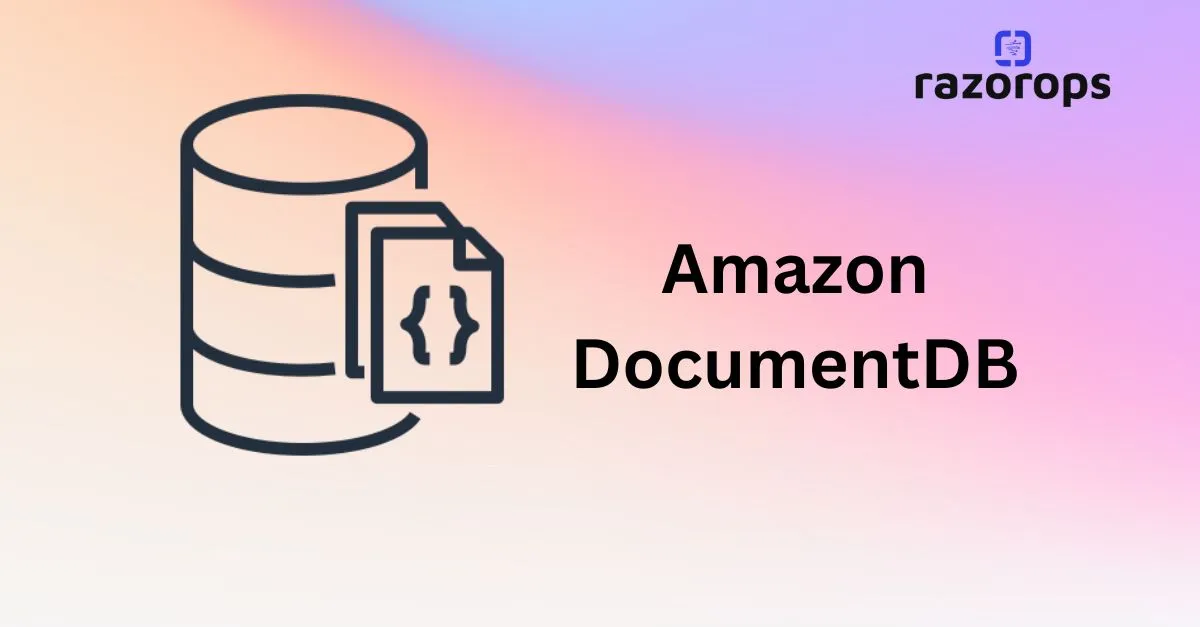
DocumentDB is a fully managed document database service by AWS which supports MongoDB workloads. It is highly recommended for storing, querying, and indexing JSON Data.
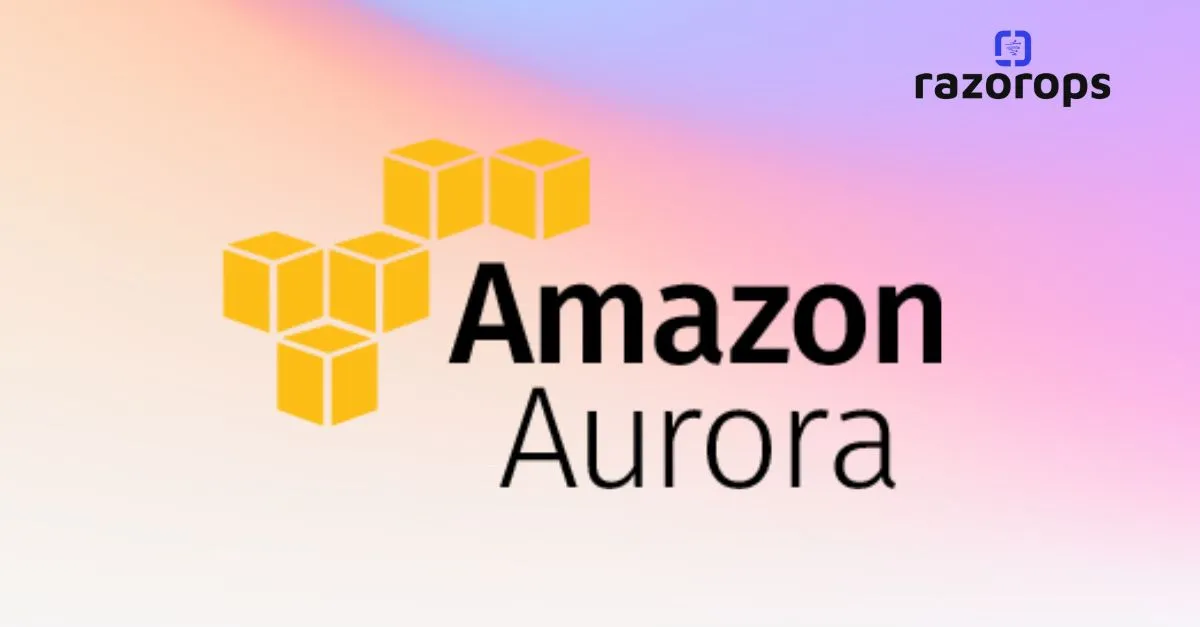
Aurora is the fully managed RDS services offered by AWS. It’s only compatible
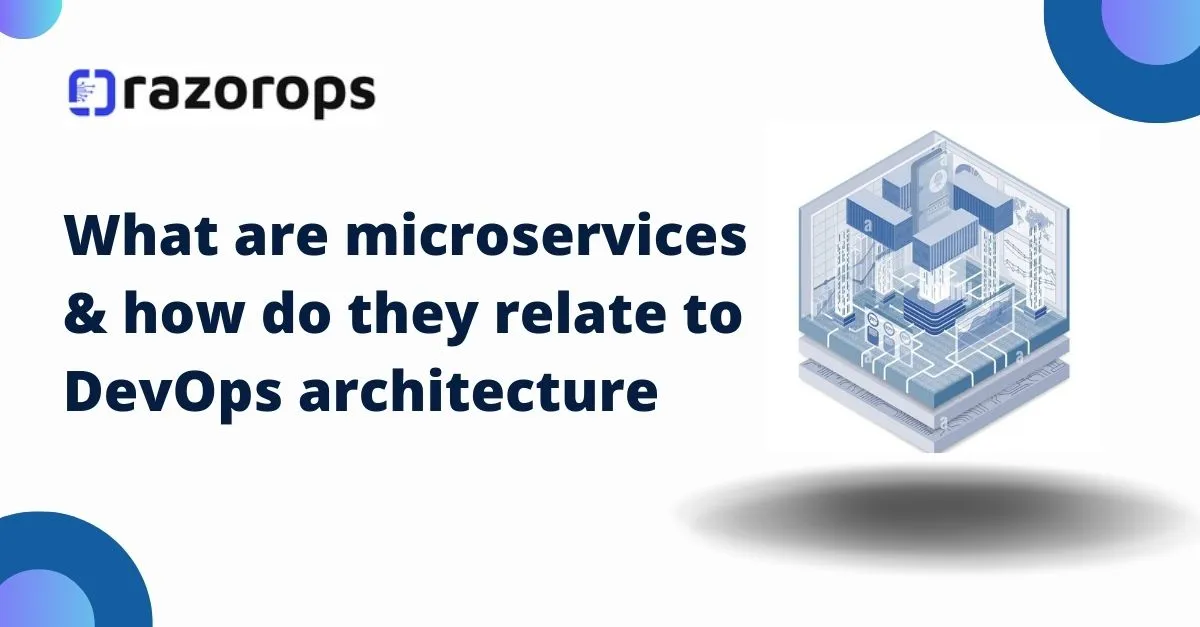
Microservices architecture and DevOps practices are synergistic, enhancing the flexibility, scalability, and speed of software development and deployment.
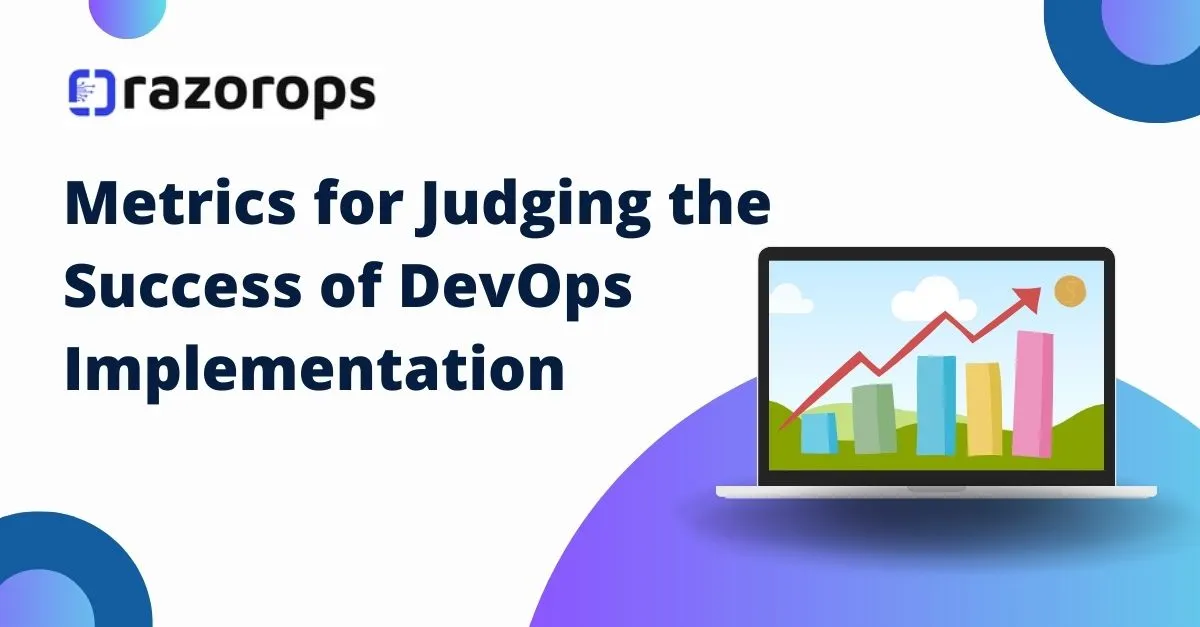
Successful DevOps implementation is critical for enhancing the efficiency, reliability, and quality of software development and delivery.
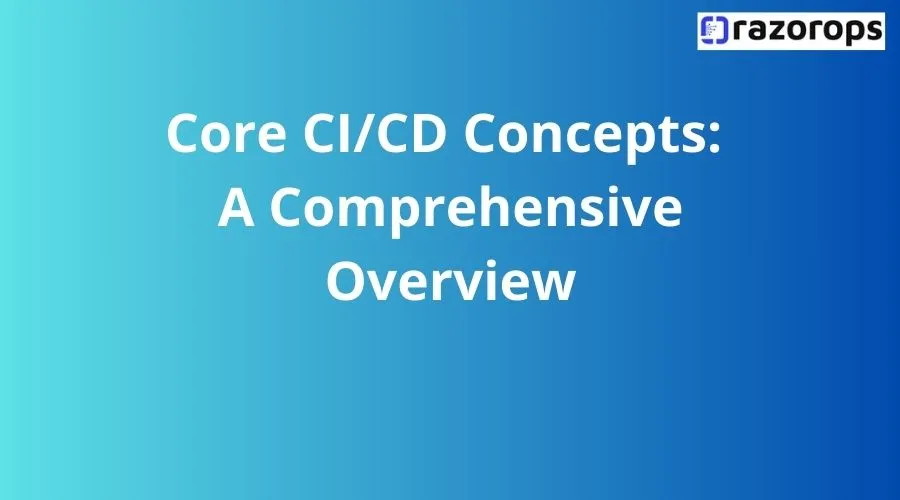
The integration of CI/CD concepts and automation practices has revolutionized the software development landscape
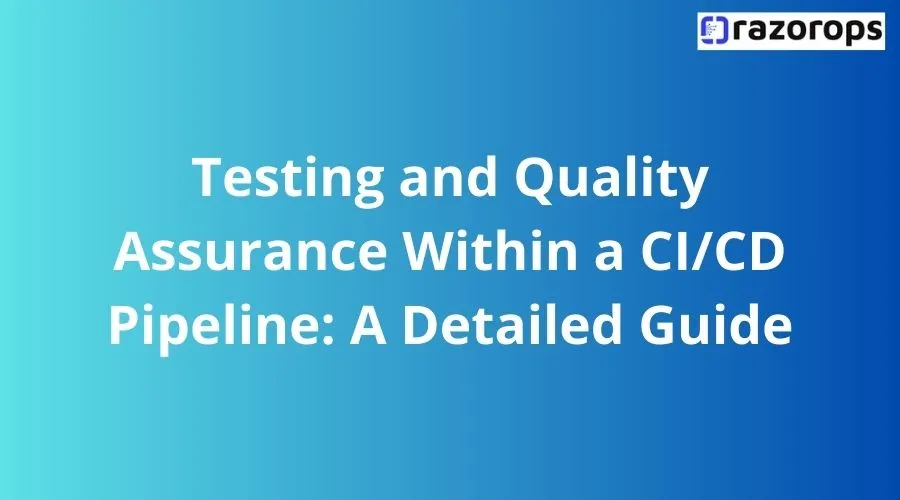
Testing and QA are critical components of CI/CD pipelines. They ensure that code changes do not introduce new bugs
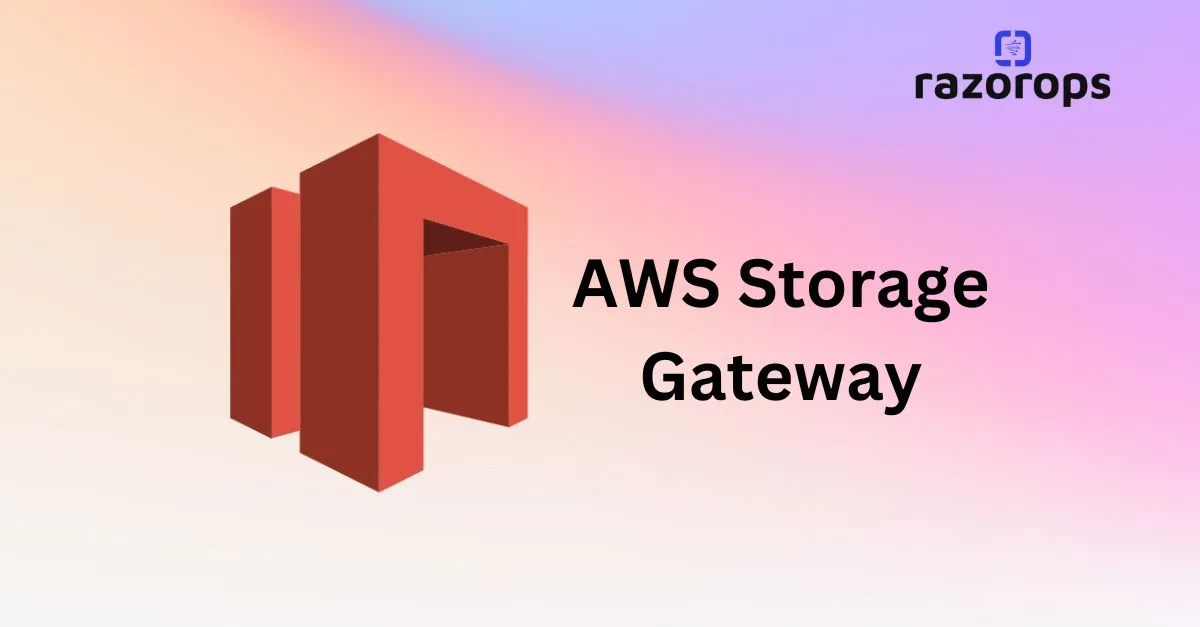
AWS Storage Gateway is a hybrid cloud storage service that allows youron-premise storage & IT infrastructure to seamlessly integrate with AWS Cloud Storage Services.
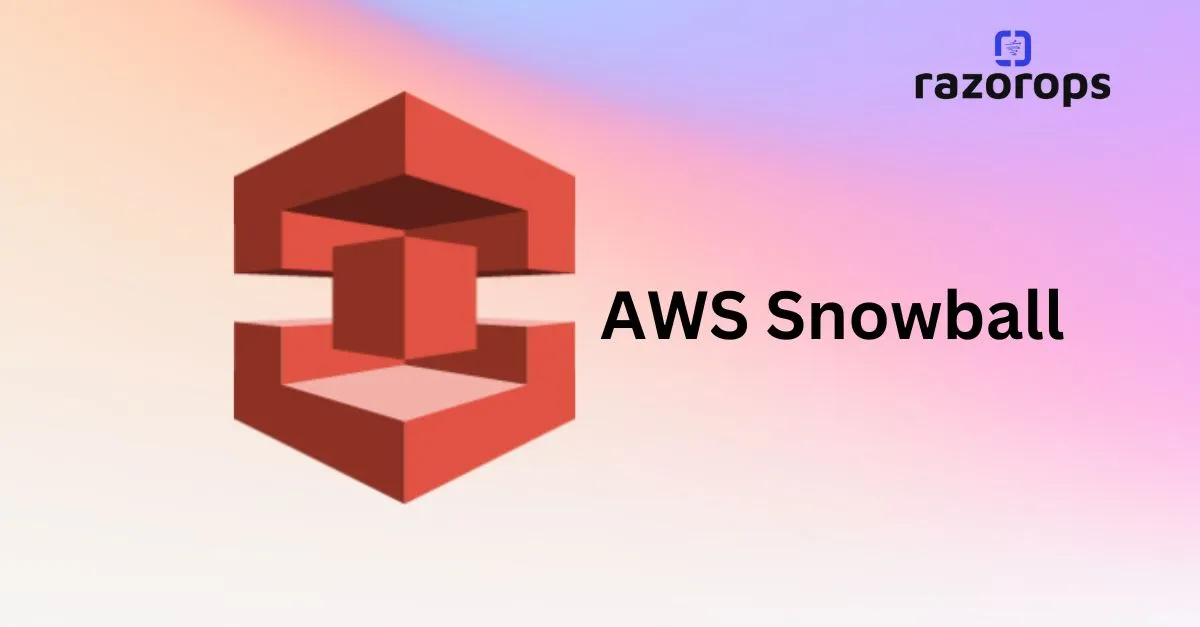
AWS Snowball is a storage device used to transfer a large amount of data ranging from 50TB - 80TB between Amazon Simple Storage Service and onsite data storage location at high speed.
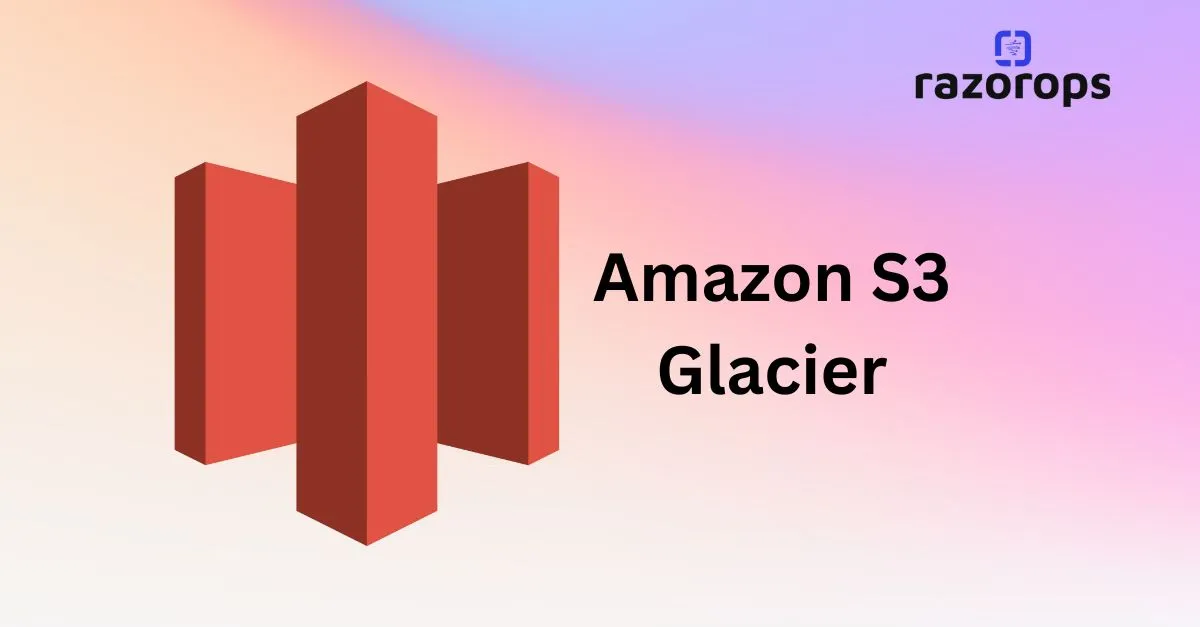
Amazon S3 Glacier is a web service with vaults that offer long-term data archiving and data backup.
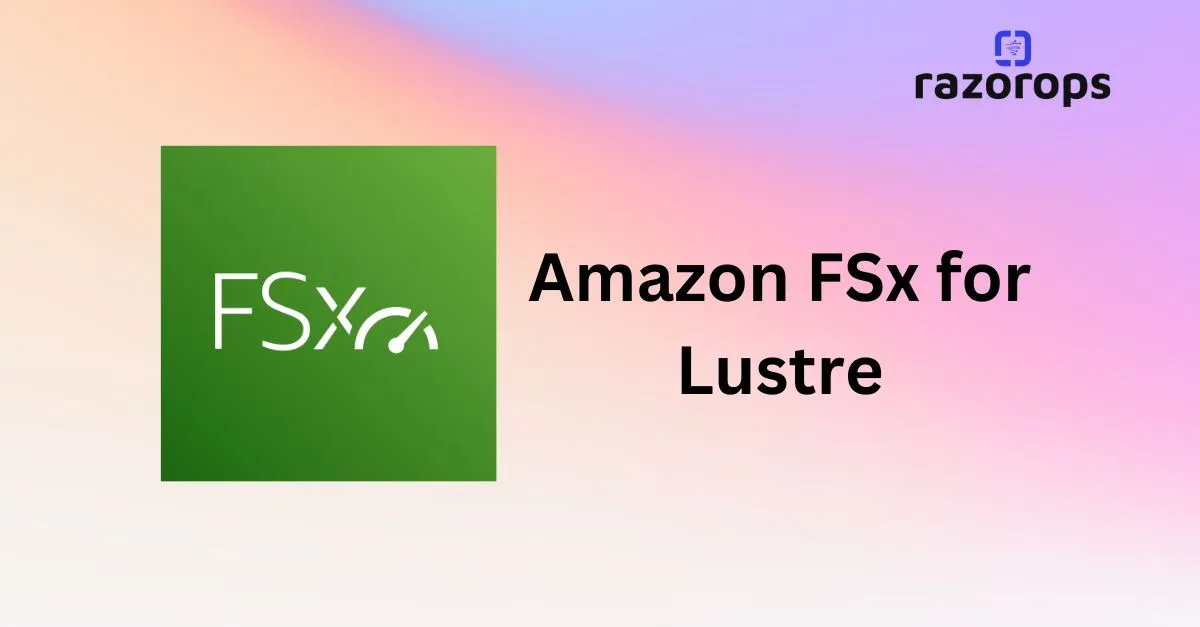
Amazon FSx for Lustre is an FSx solution that offers scalable storage for the Lustre system (parallel and high-performance file storage system).
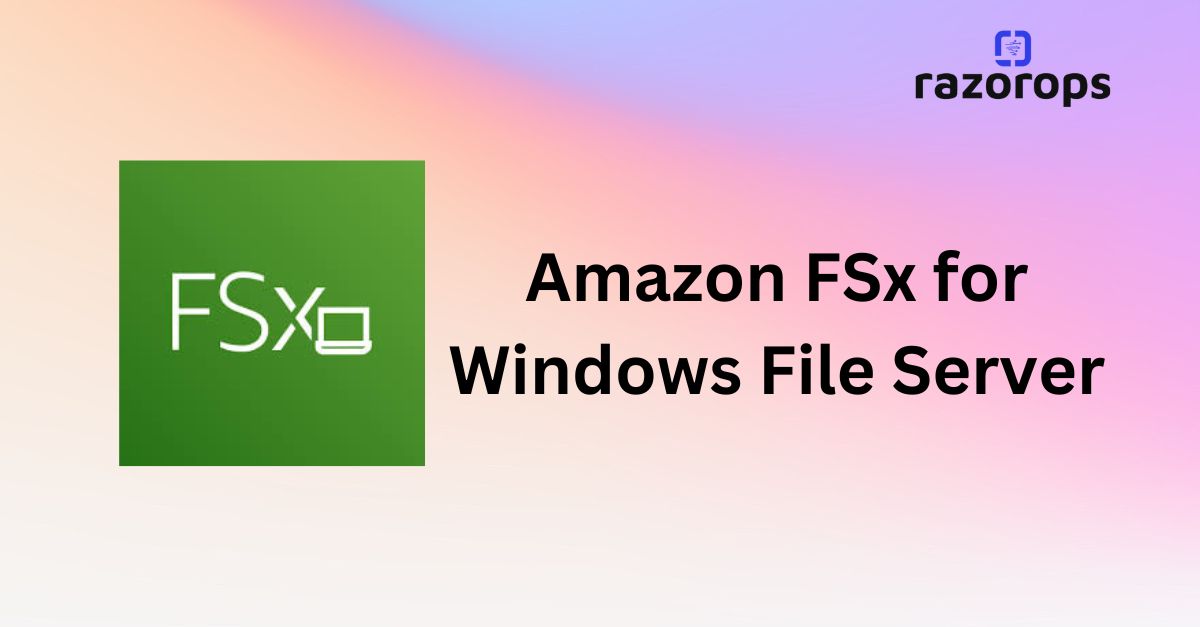
Amazon FSx for Windows File Server is an FSx solution that offers a scalable and shared file storage system on the Microsoft Windows server.
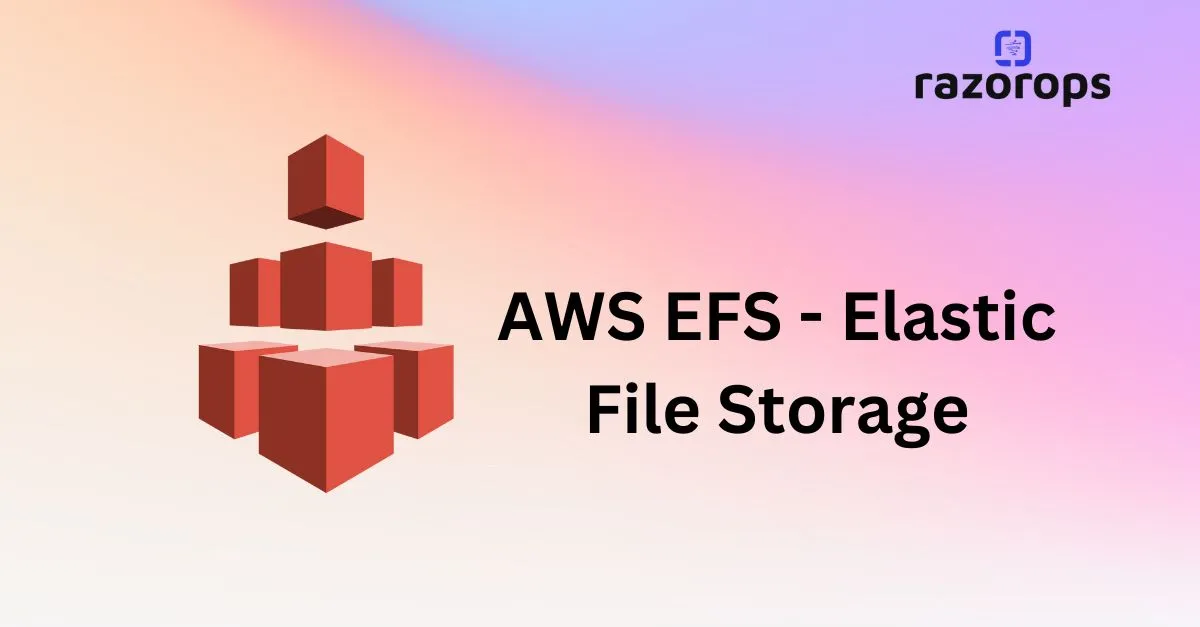
Amazon Elastic File System (Amazon EFS) provides a scalable, fully managed elastic distributed file system based on NFS.
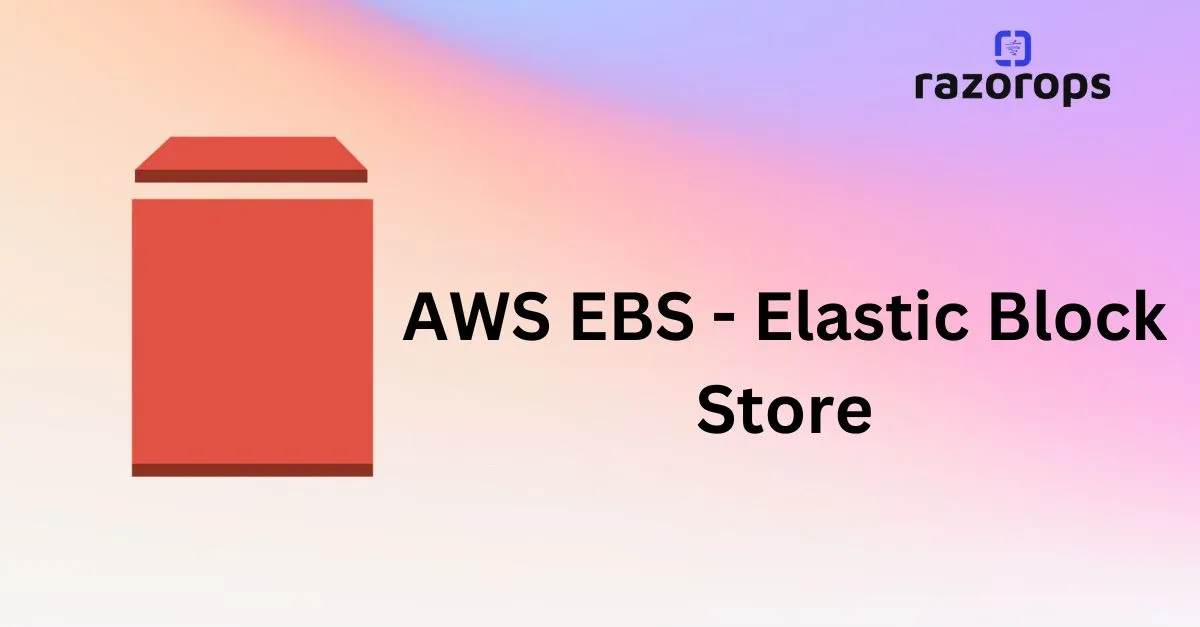
Amazon Elastic Block Store (AWS EBS) is a persistent block-level storage (volume) service designed to be used with Amazon EC2 instances.
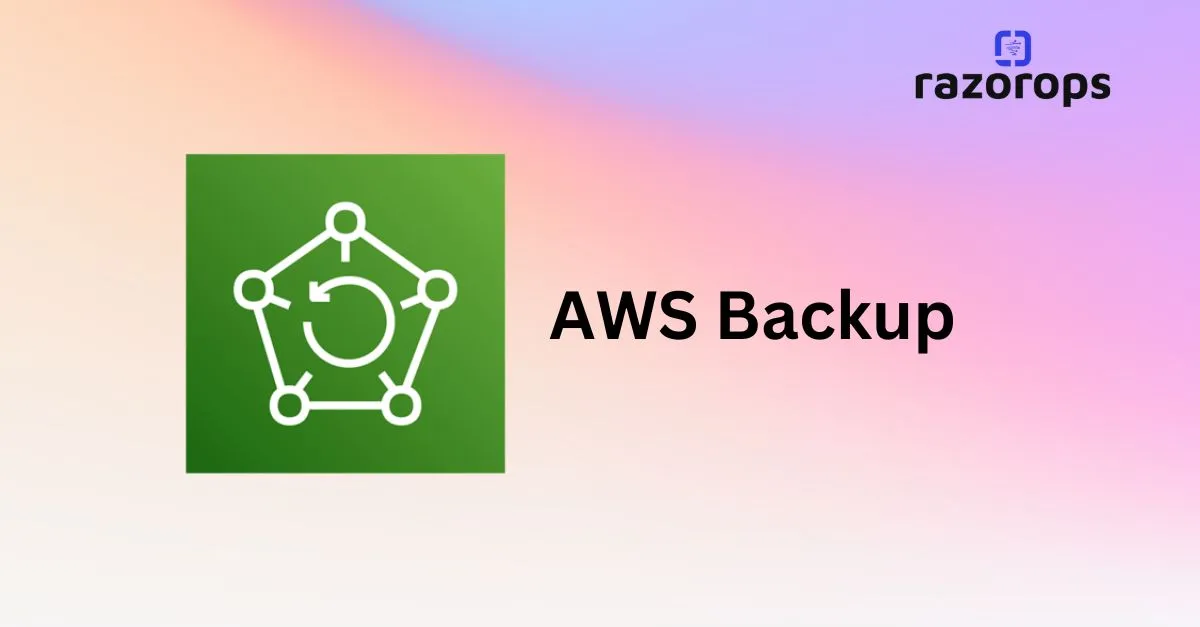
AWS Backup is a secure service that automates and governs data backup (protection) in the AWS cloud and on-premises.
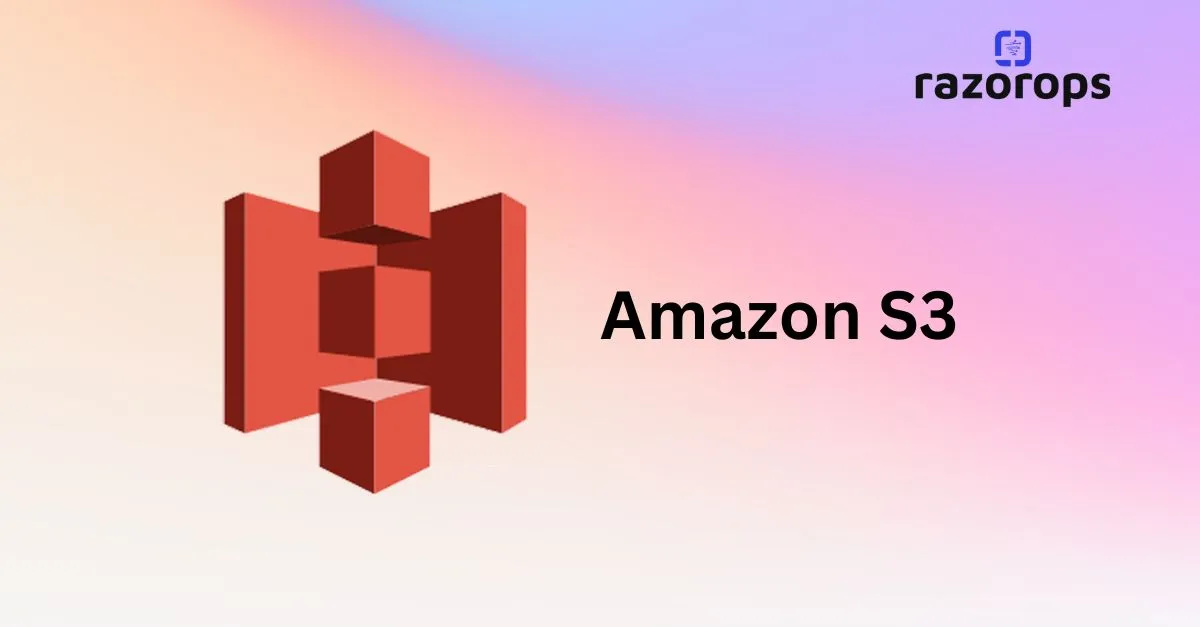
Amazon S3 is object storage that allows us to store any kind of data in the bucket.
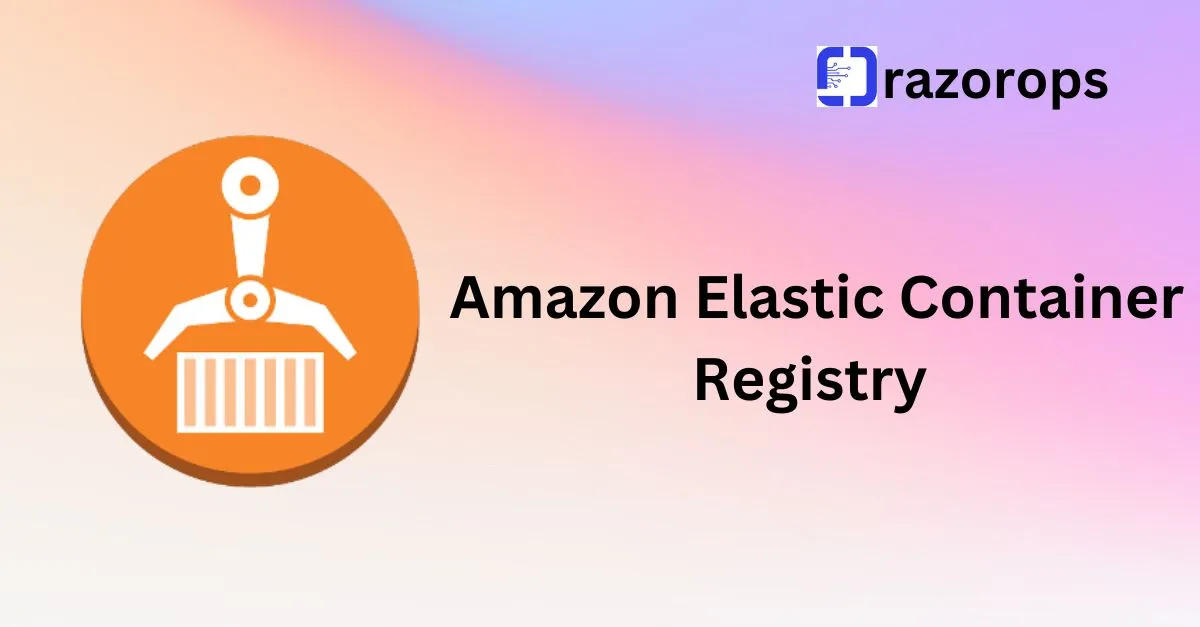
Amazon Elastic Container Registry (ECR) is a managed service that allows users to store, manage, share, and deploy container images and artifacts.
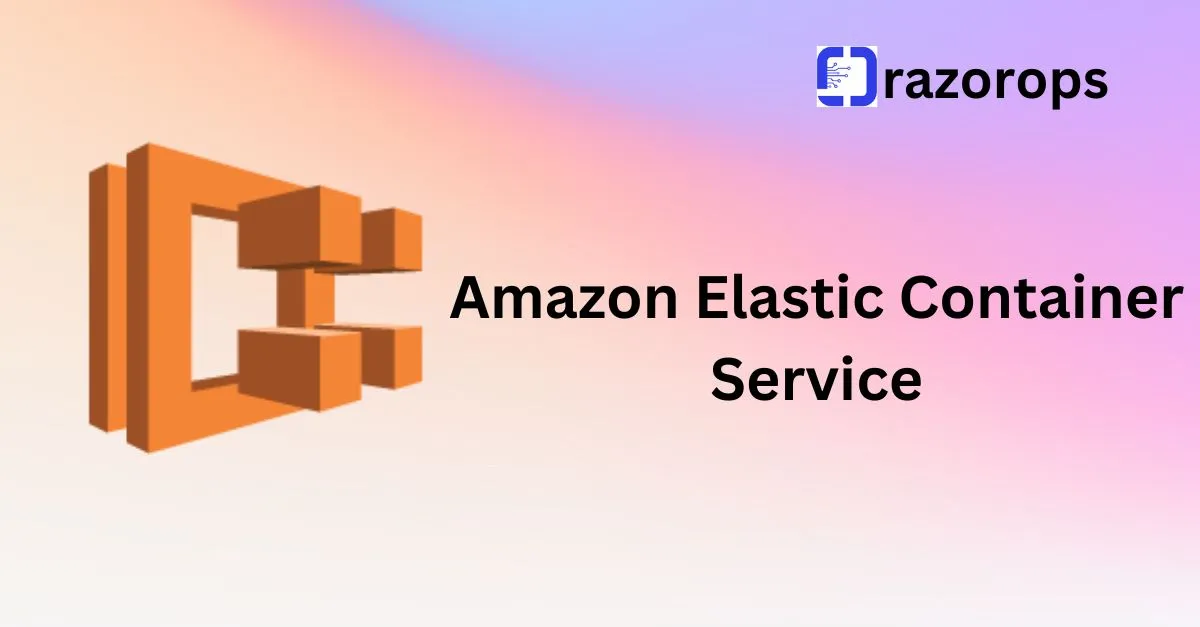
Amazon Elastic Container Service (Amazon ECS) is a regional container orchestration service like Docker that allows to execute, stop, and manage containers on a cluster.
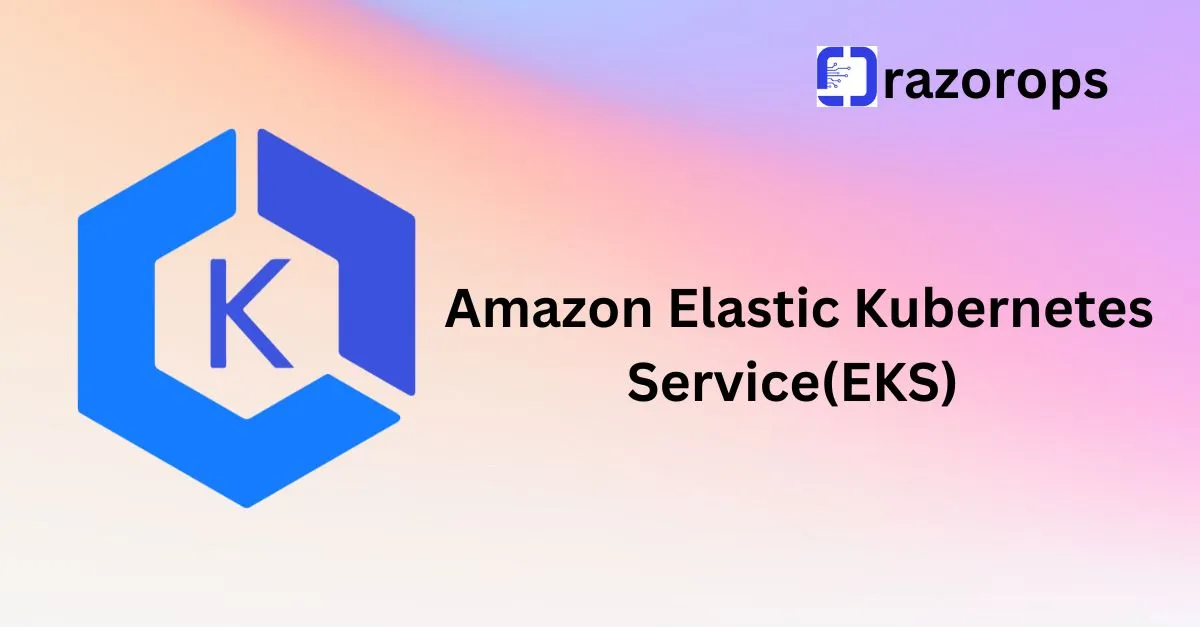
Amazon Elastic Kubernetes Service (Amazon EKS) is a service that enables users to manage Kubernetes applications in the AWS cloud or on-premises.

Beanstalk is a compute service for deploying and scaling applications developed in many popular languages.

AWS Batch allows developers, scientists, and engineers to run thousands of computing jobs in the AWS platform.
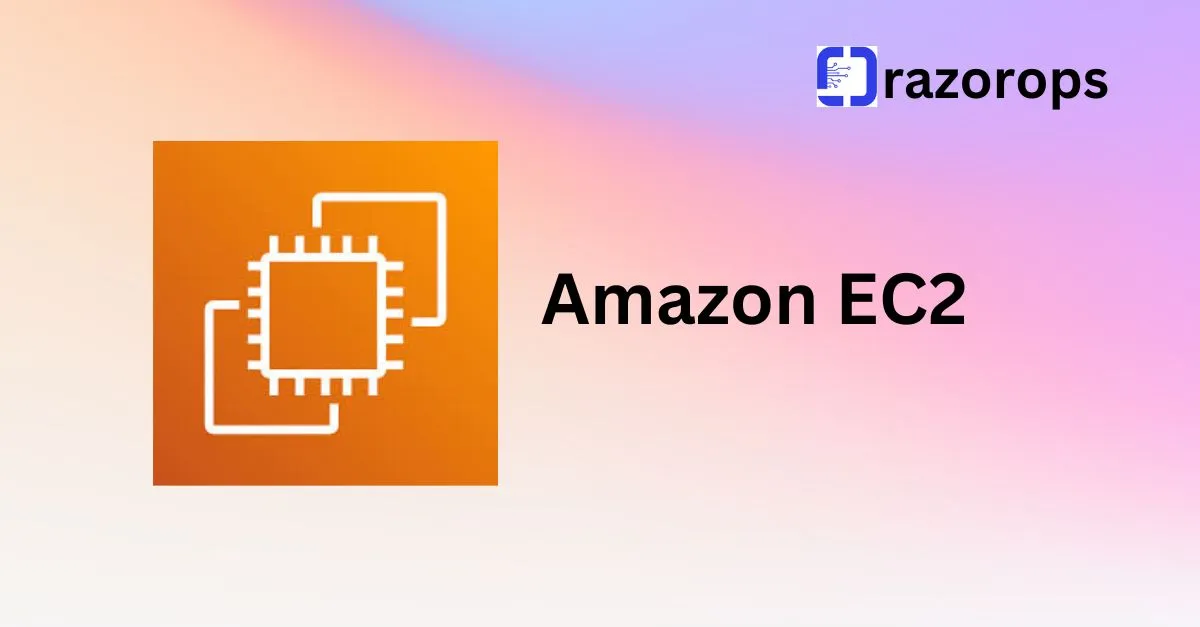
Amazon EC2 is the virtual machine in the Cloud Environment.
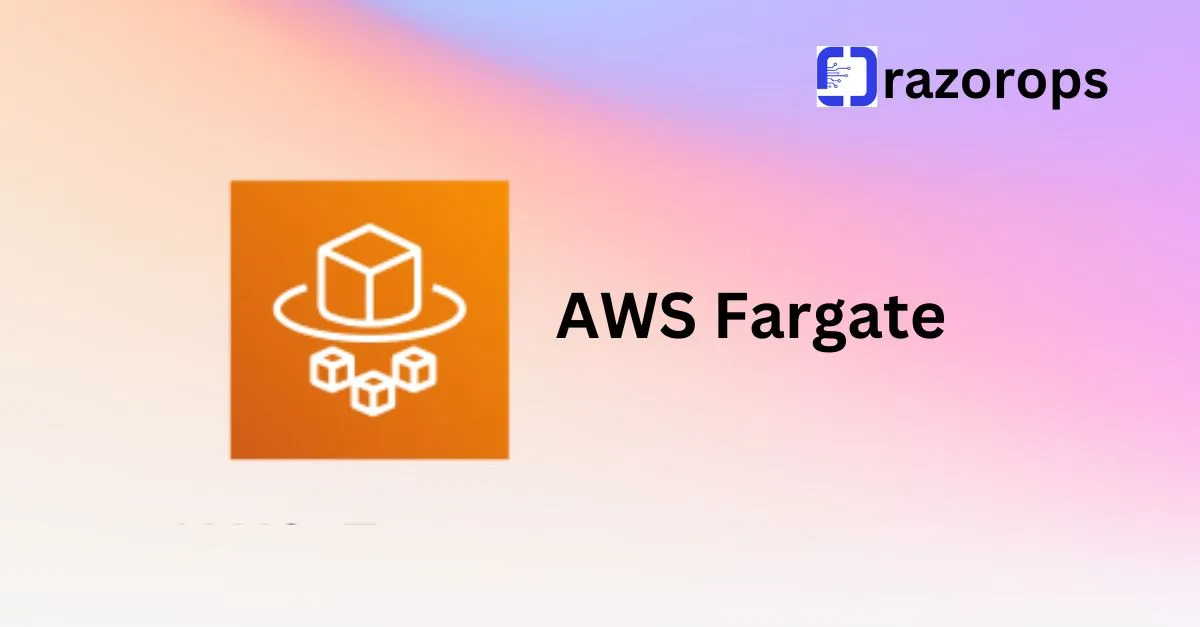
AWS Fargate is a serverless compute service that is used for containers by Amazon Elastic Container Service (ECS) and Amazon Elastic Kubernetes Service (EKS).
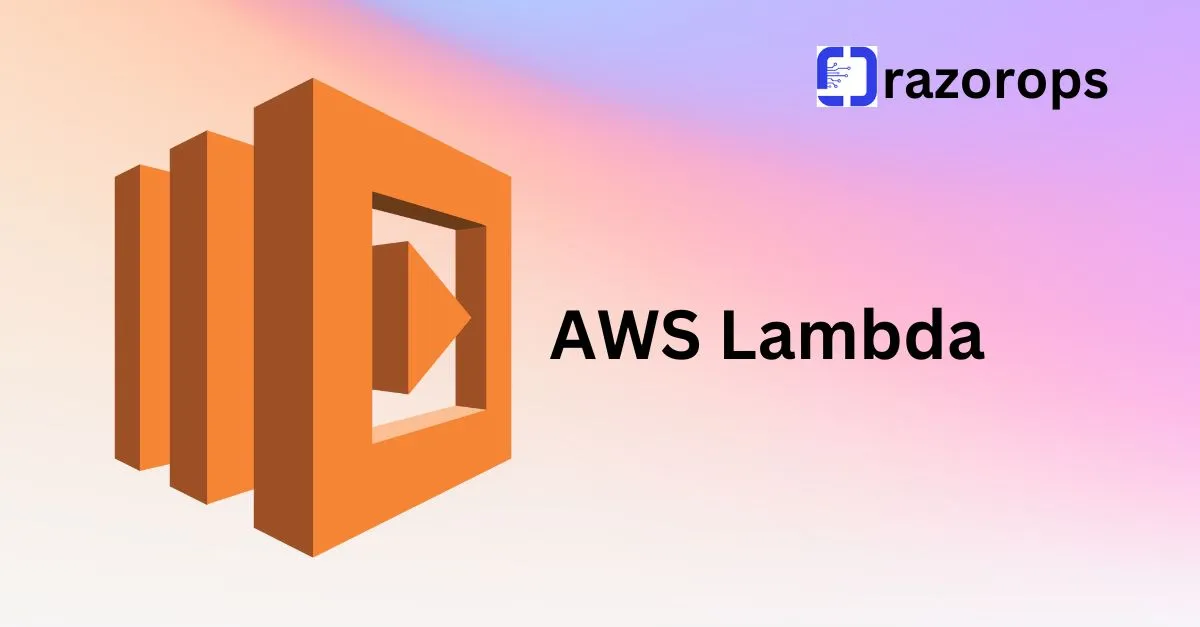
AWS Lambda is a serverless compute service through which you can run your code without provisioning any Servers.
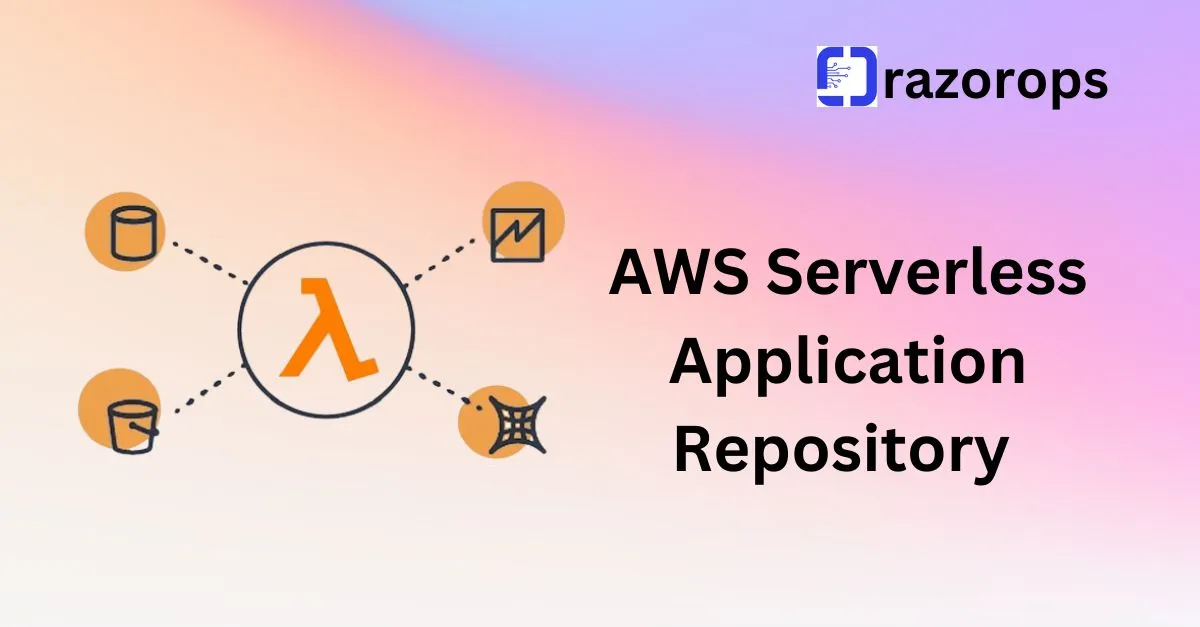
It is a managed repository for serverless applications. It is used by organizations and independent developers to store and share reusable applications.
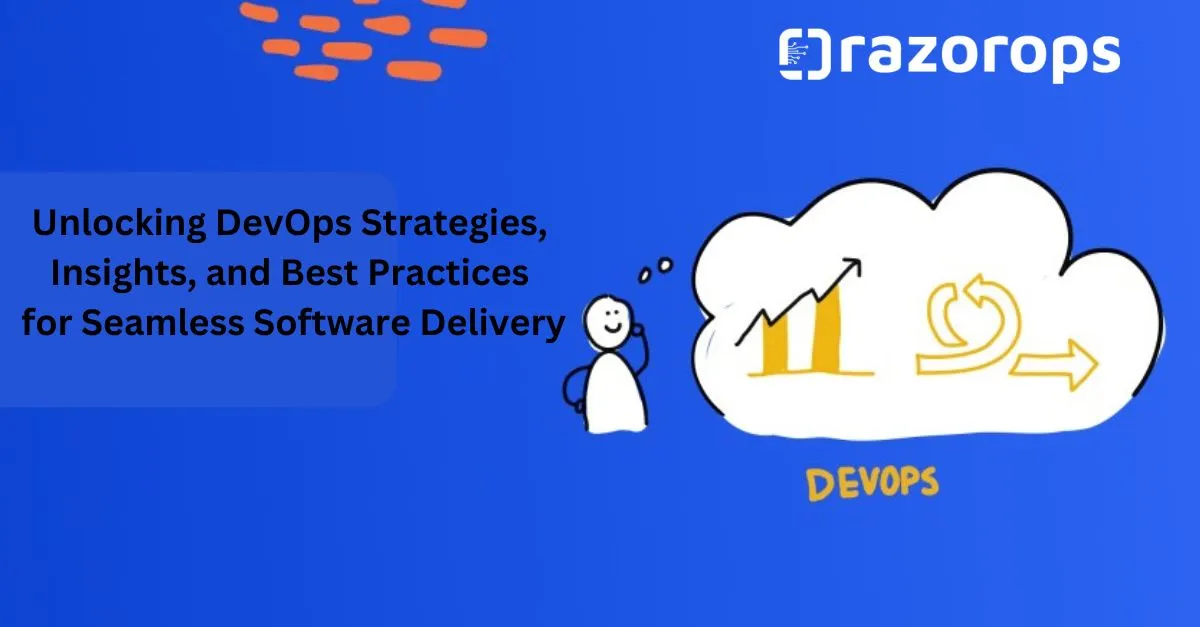
software quickly and reliably is crucial for staying competitive. DevOps, a set of practices that combines software development
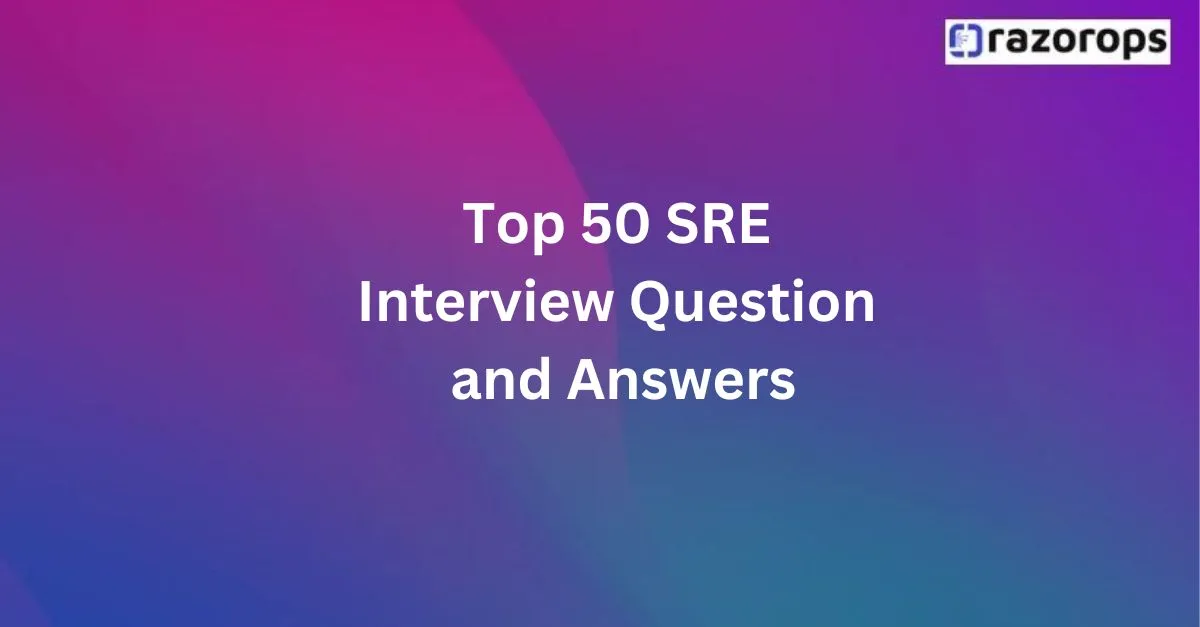
SRE is a discipline that applies software engineering principles to infrastructure and operations problems. The goal is to create scalable and highly reliable software systems.
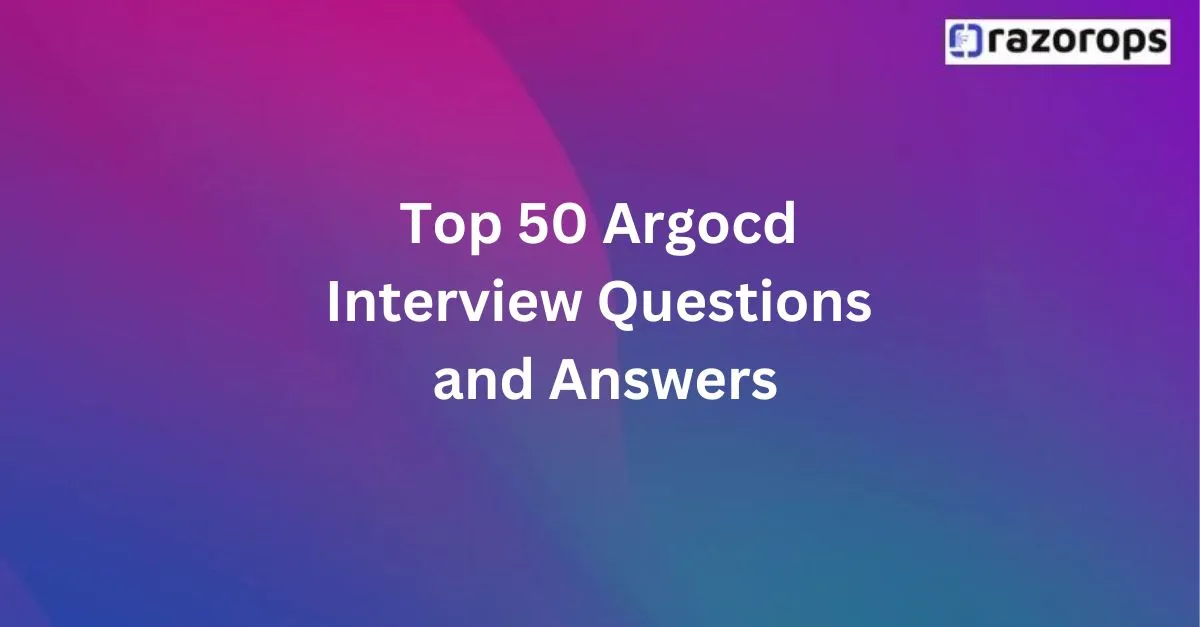
ArgoCD is a declarative, GitOps continuous delivery tool for Kubernetes.
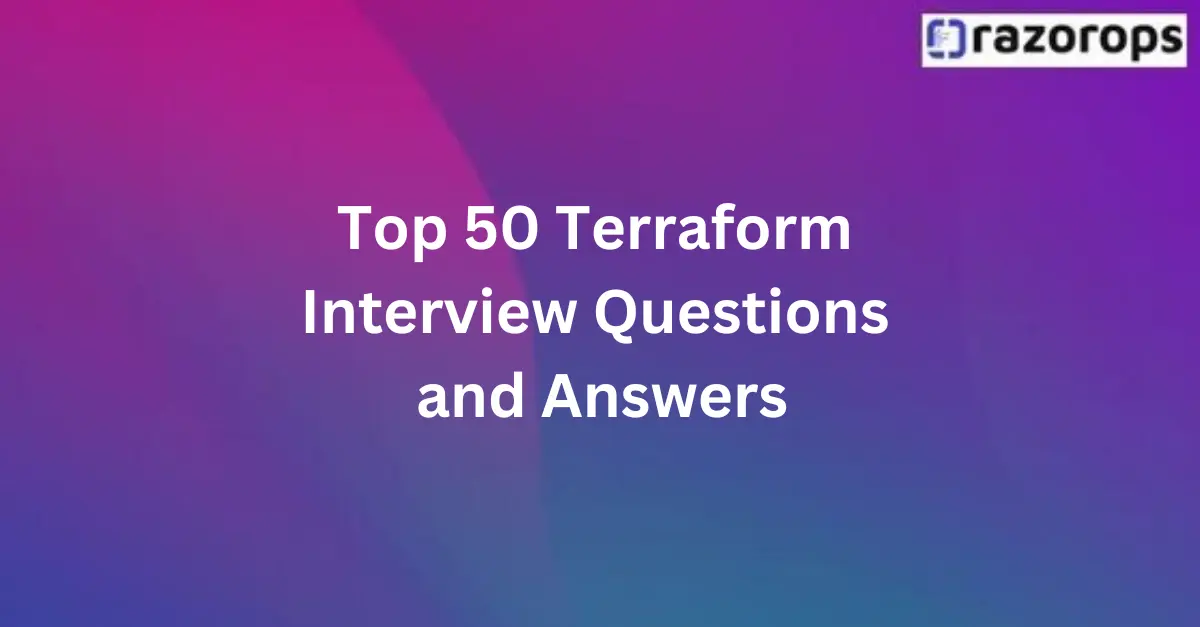
Terraform is an open-source infrastructure as code (IaC) tool created by HashiCorp.
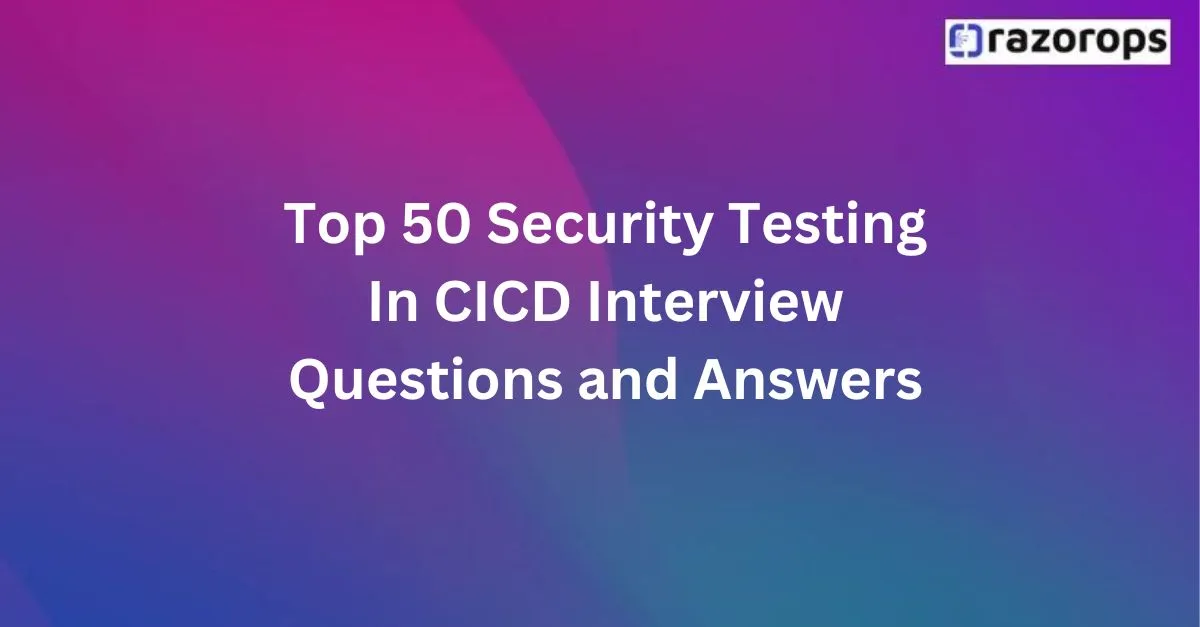
Security testing in CI/CD involves integrating security measures and tests into the CI/CD pipeline
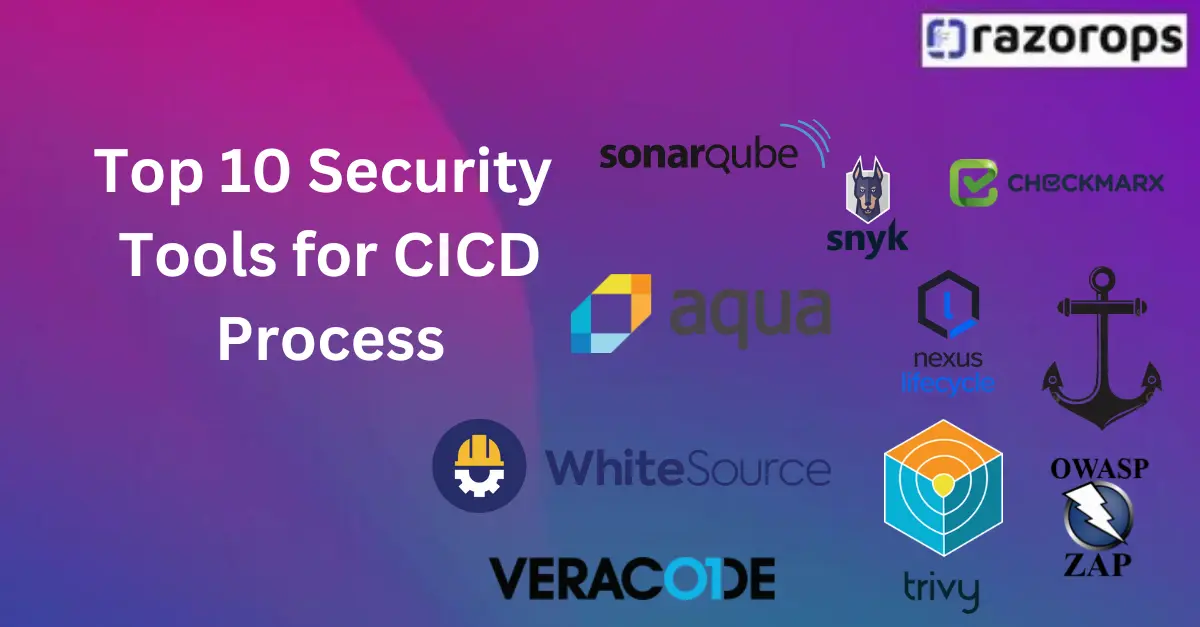
Continuous Integration and Continuous Delivery (CI/CD) pipelines have become the backbone of efficient software delivery.
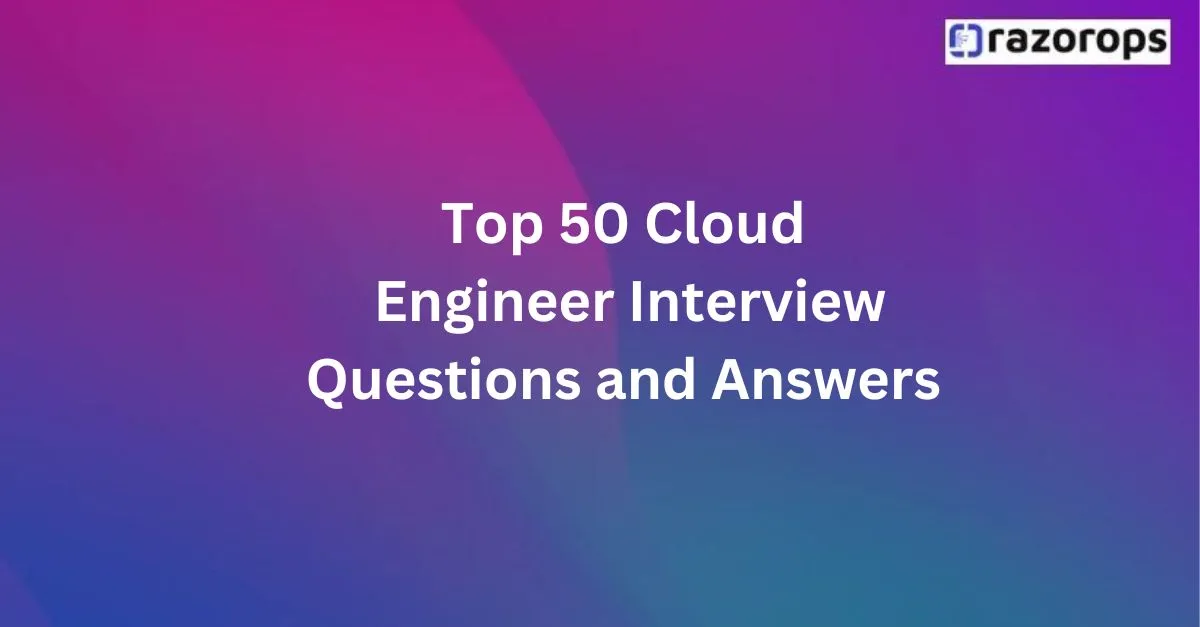
Cloud computing is the delivery of various services over the Internet, including data storage, servers, databases, networking, and software.
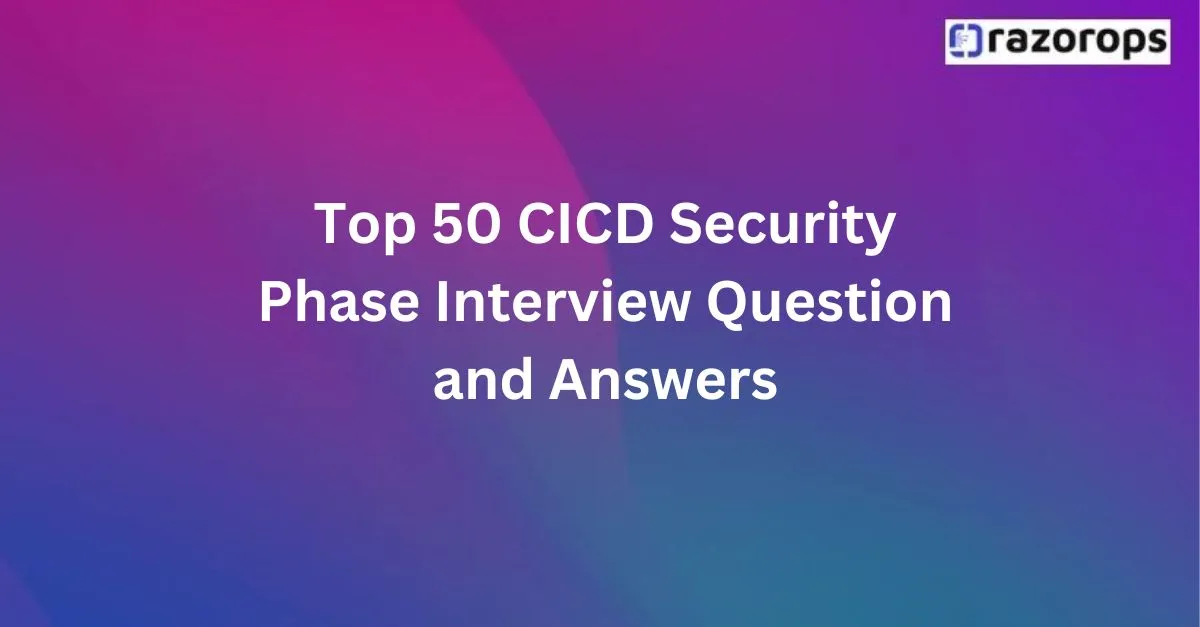
CI/CD is a method to frequently deliver apps to customers by introducing automation into the stages of app development.
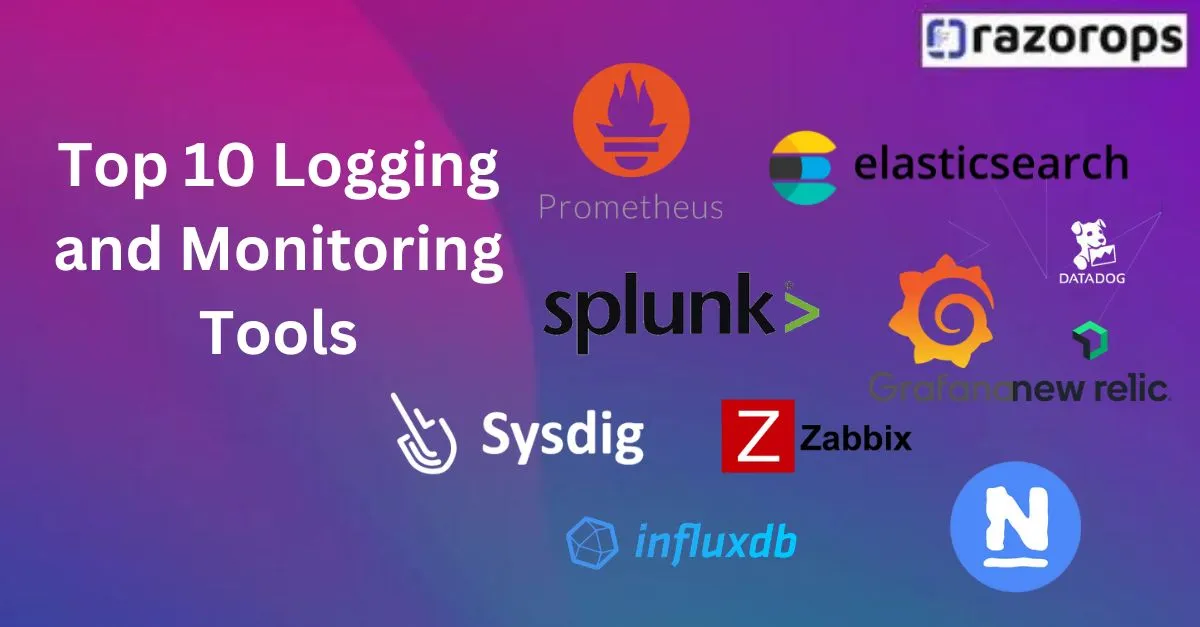
IT landscapes, effective logging and monitoring are crucial for maintaining system health, identifying issues proactively, and ensuring optimal performance.
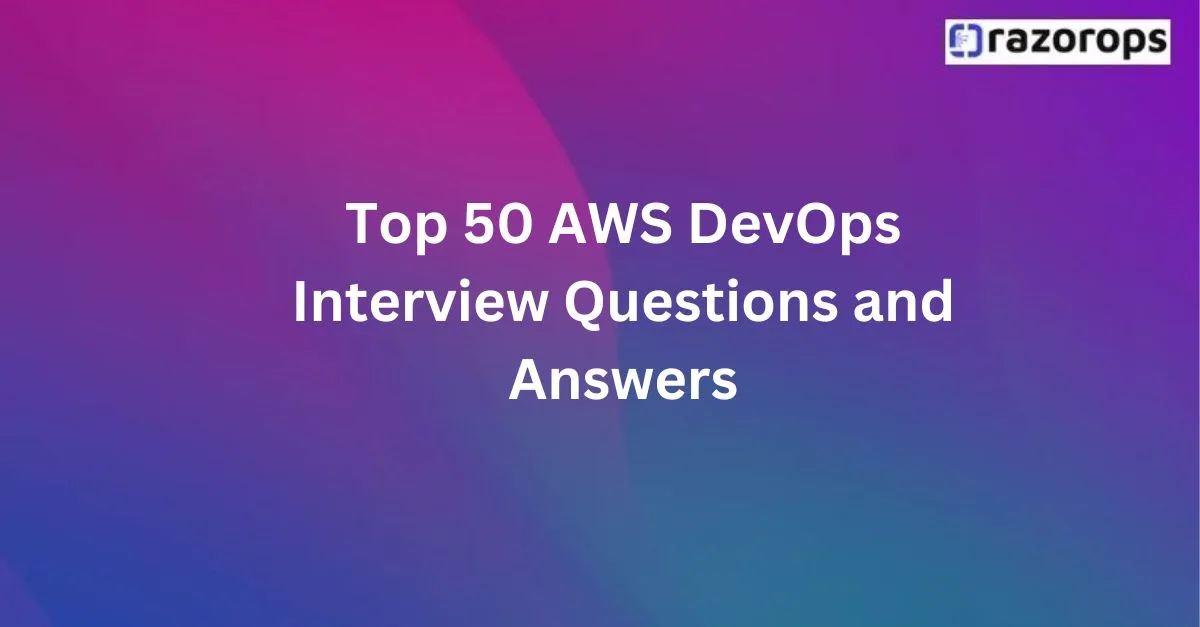
DevOps is a set of practices that combines software development (Dev) and IT operations (Ops). It aims to shorten the systems development life cycle and provide continuous delivery with high software quality.
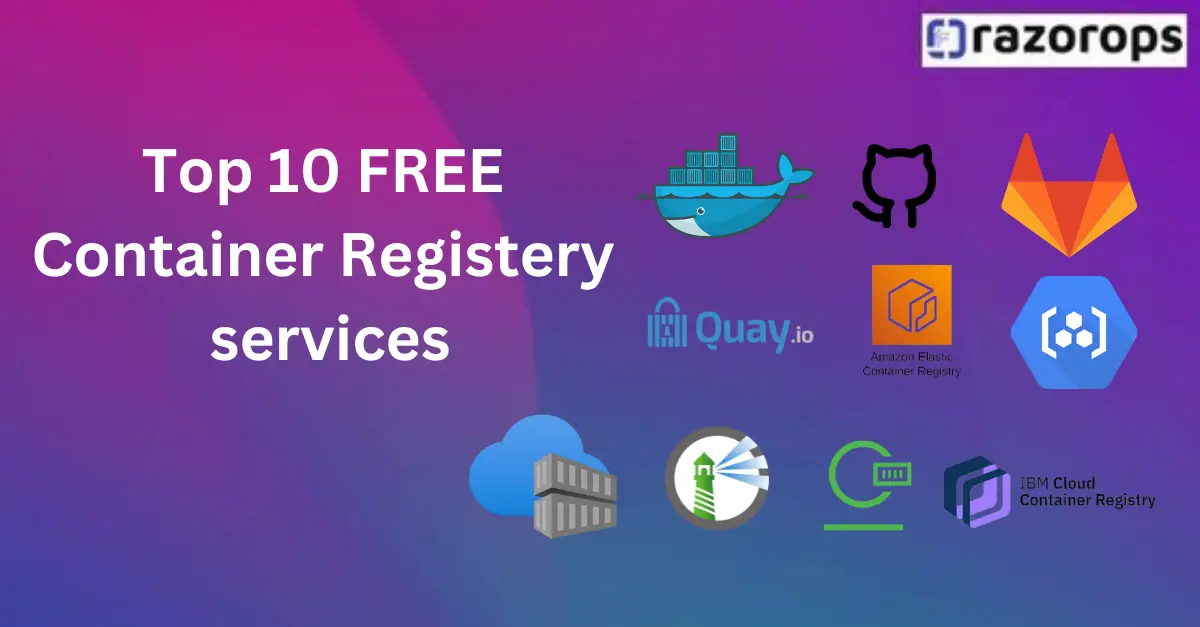
Docker Hub offers unlimited public repositories and one private repository in its free plan. It includes 1 GB of storage and 100 GB of data transfer.
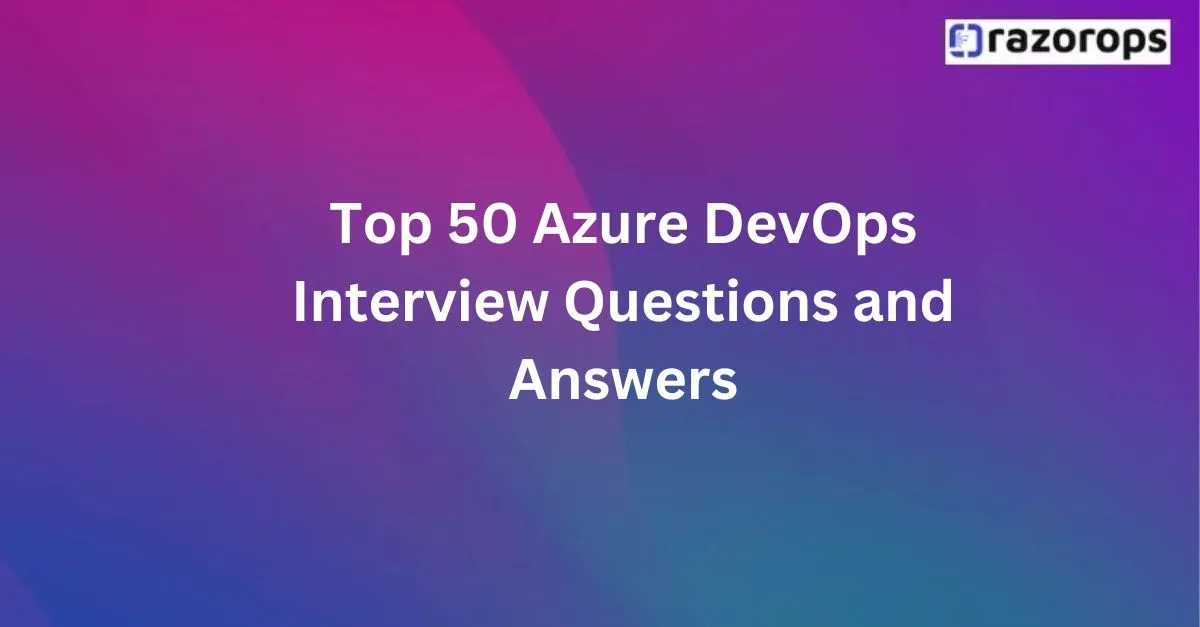
Azure DevOps is a suite of development tools provided by Microsoft for end-to-end DevOps including CI/CD, project management, version control, and application monitoring.

A shell script is a program written for the shell, or command line interpreter, of an operating system.

CI/CD stands for Continuous Integration and Continuous Deployment/Delivery.

GCP is a suite of cloud computing services offered by Google, providing infrastructure, platform, and software services.
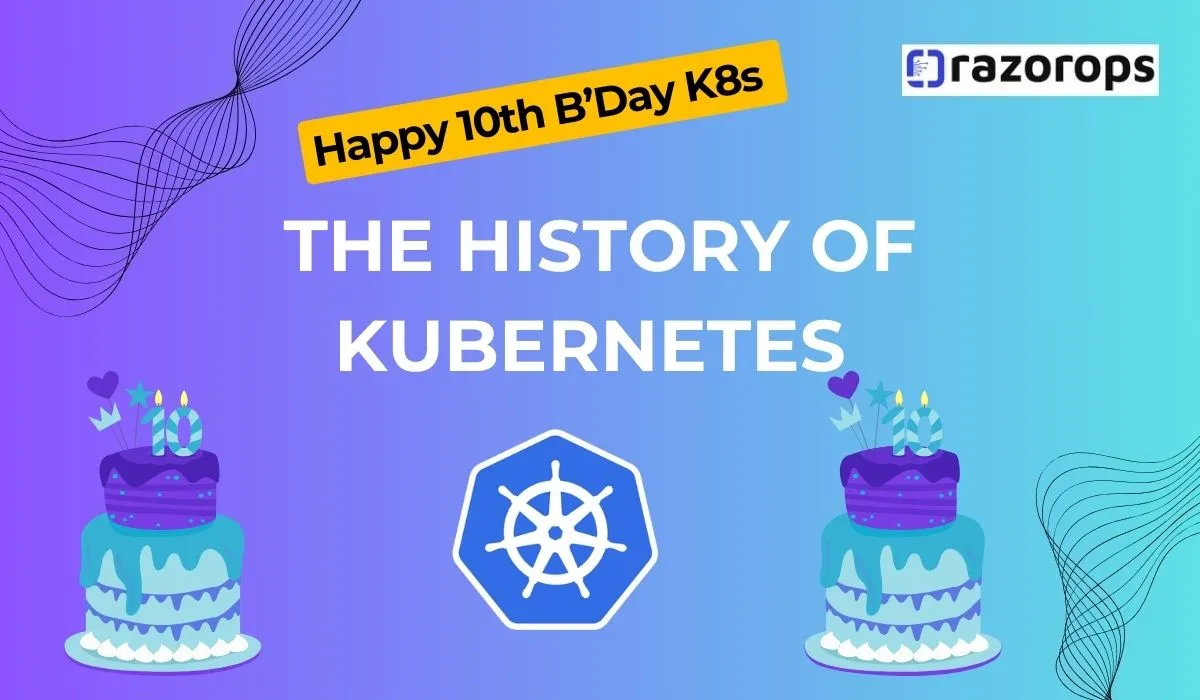
Kubernetes was born at Google, based on the lessons learned from Google's internal cluster management system, Borg
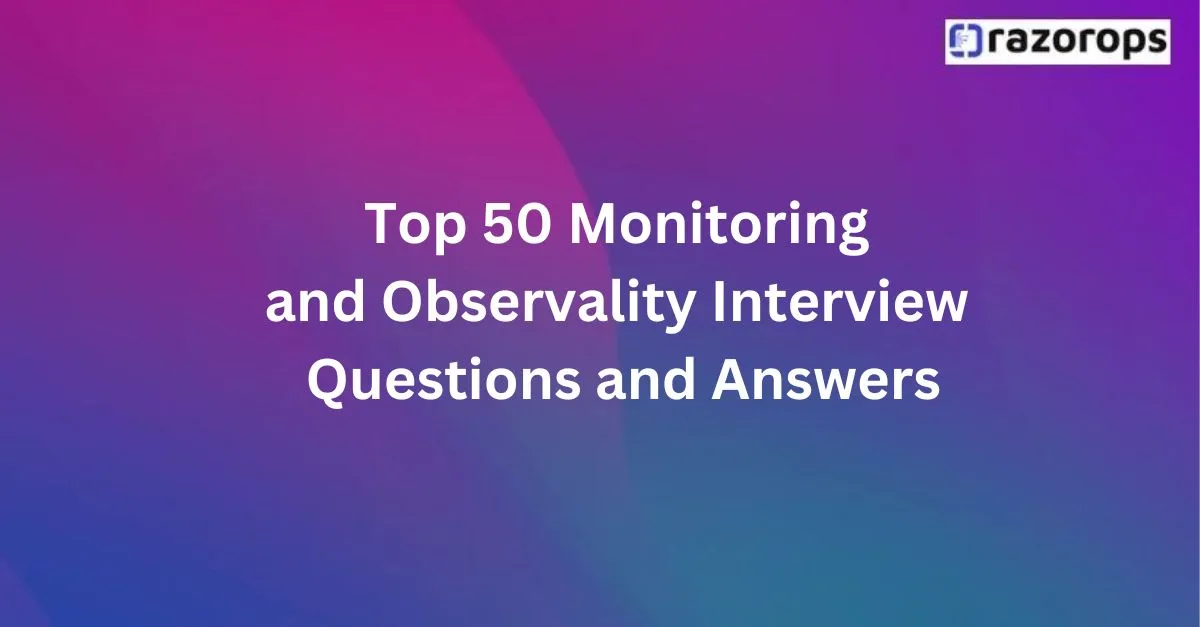
Monitoring is the regular observation and recording of activities taking place in a project or system. It involves collecting data on various metrics to ensure the system operates correctly.

FluxCD is a Continuous Integration and Continuous Deployment (CI/CD) tool designed to automate the software delivery process, from code integration to deployment.
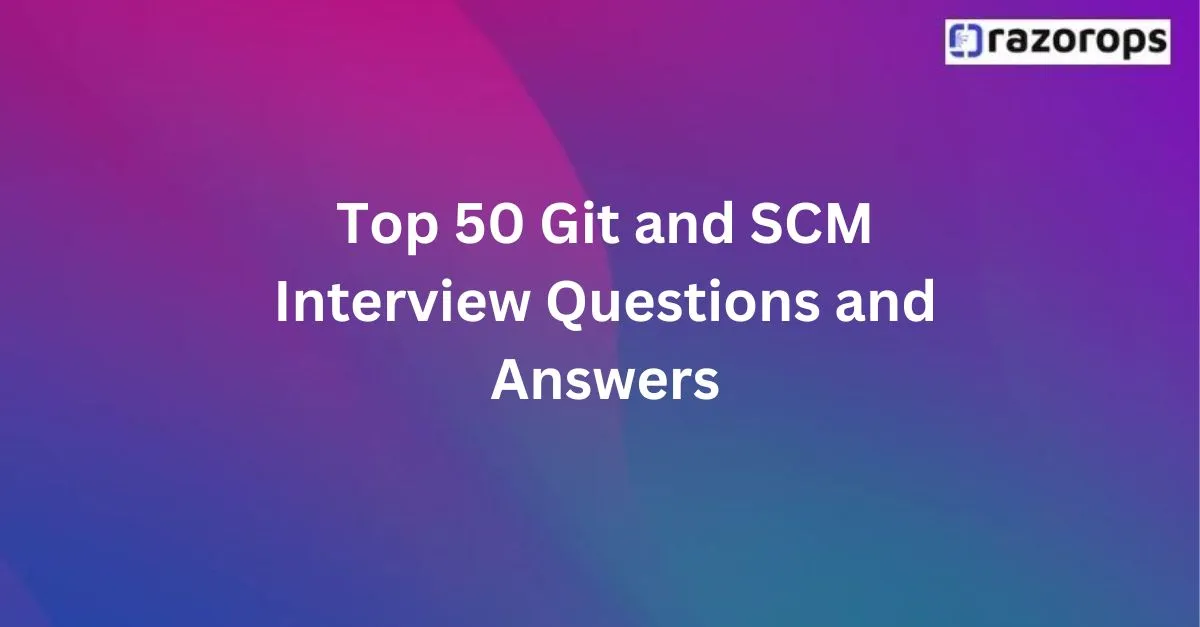
Git is a distributed version control system designed for tracking changes in source code during software development.
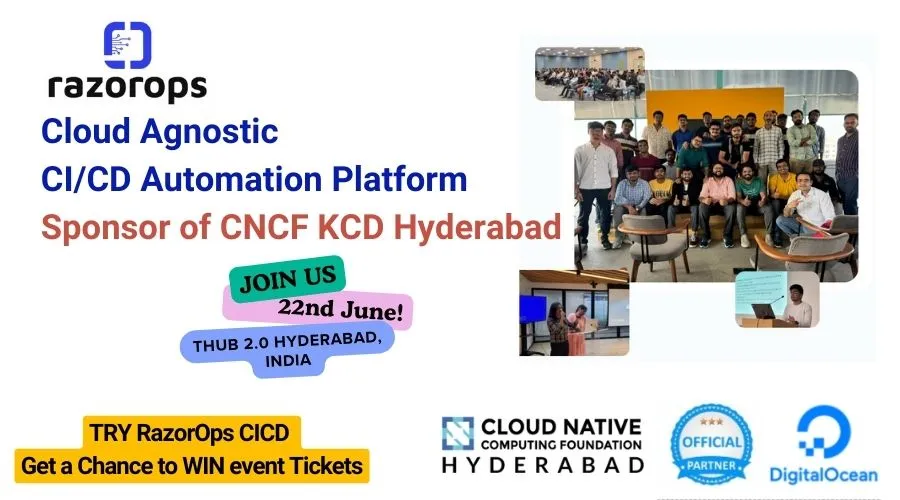
We are thrilled to announce that RazorOps is a proud sponsor of the CNCF KCD Hyderabad event, taking place on June 22nd at T-Hub 2.0.
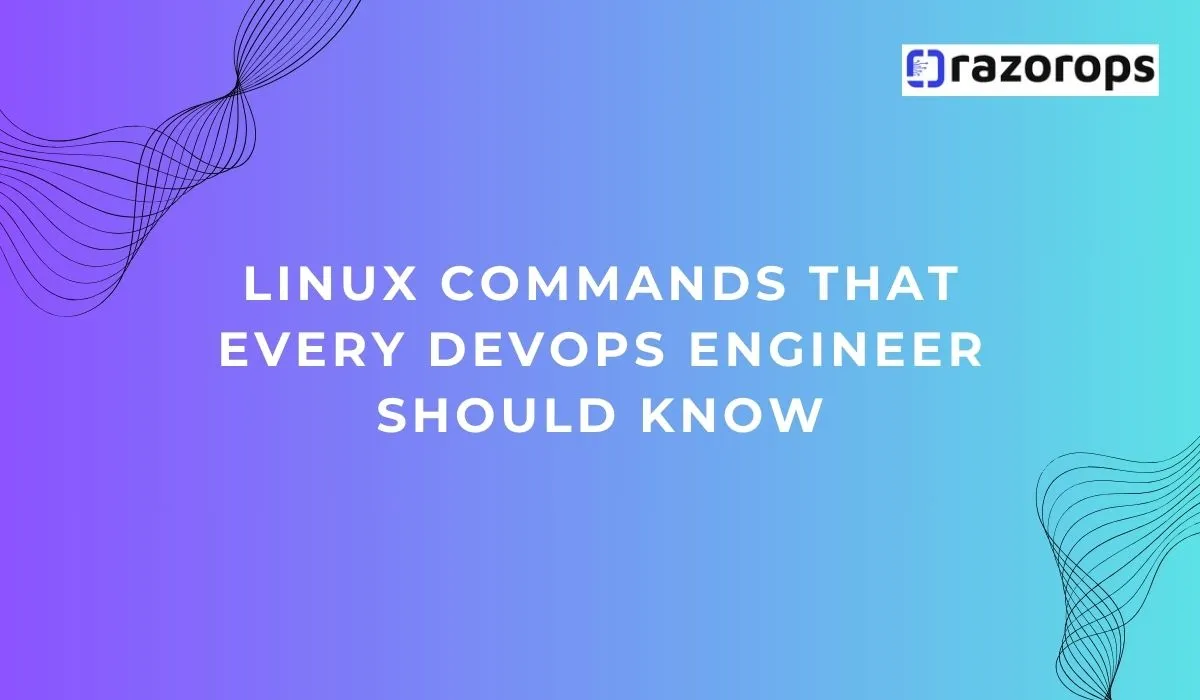
Some essential Linux commands that every DevOps engineer should know. These commands cover a range of functionalities including file and directory management, process management, system monitoring, networking, and package management.
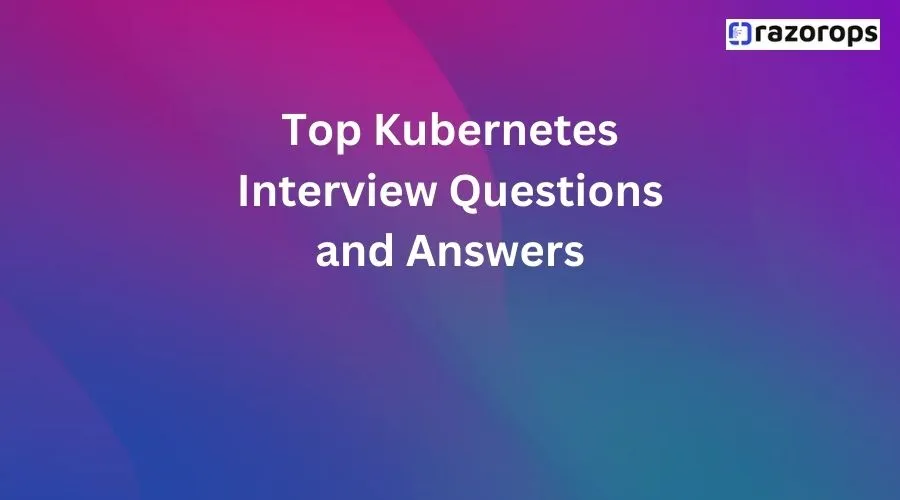
Here are some real-time Kubernetes interview questions along with answers to help you prepare for a Kubernetes-focused interview
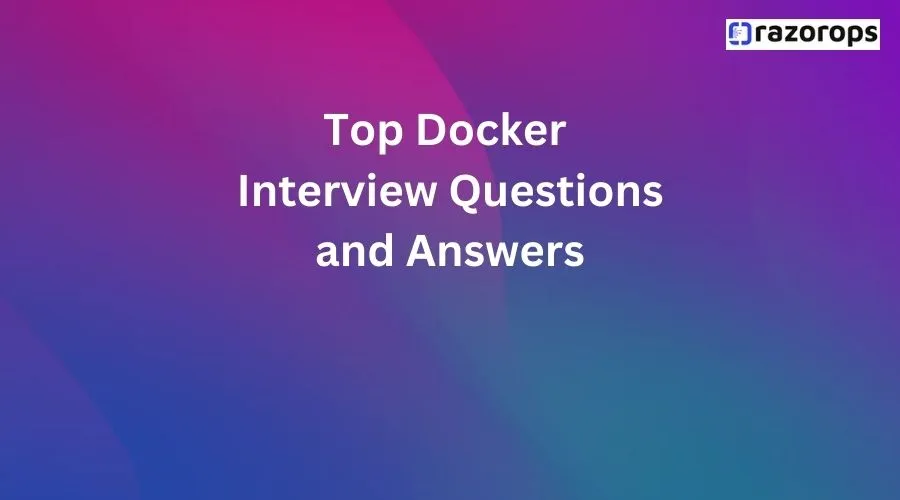
Here are some top Docker interview questions along with their answers

What are Helm charts? Helm charts are packages of pre-configured Kubernetes resources
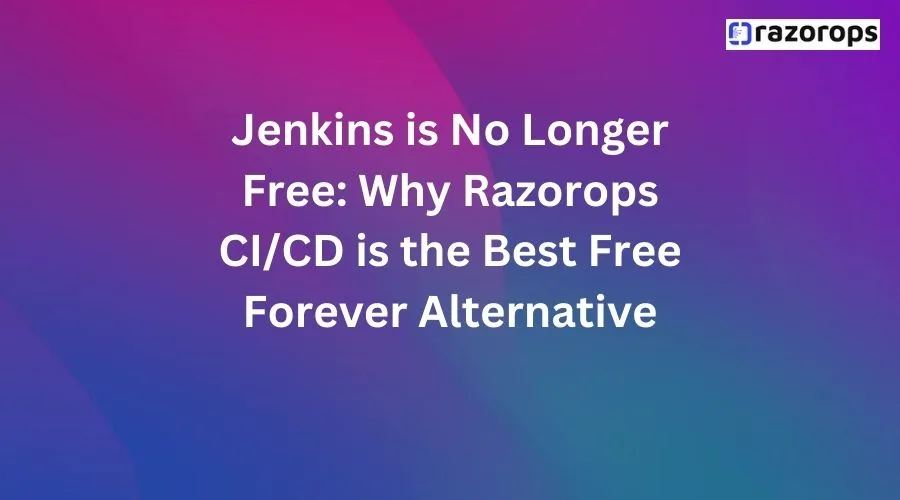
Razorops emerges as a strong contender to jenkines, offering a free forever CI/CD solution that combines ease of use, scalability, and robust features.

Explore the best strategies for implementing automated testing in CI/CD pipelines to streamline your development process and ensure high-quality software delivery.

One of the most critical aspects of ensuring smooth and reliable software delivery is streamlining your deployment pipeline.
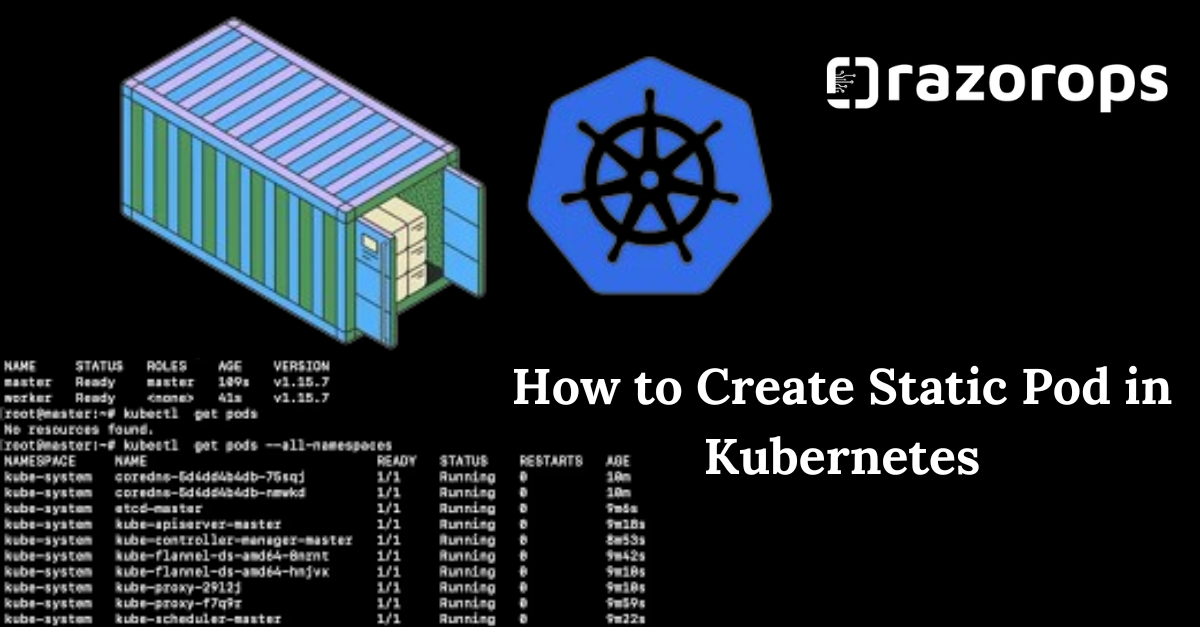
In Kubernetes a static pod is a concept where in you can deploy a pod that is not managed by the API server.
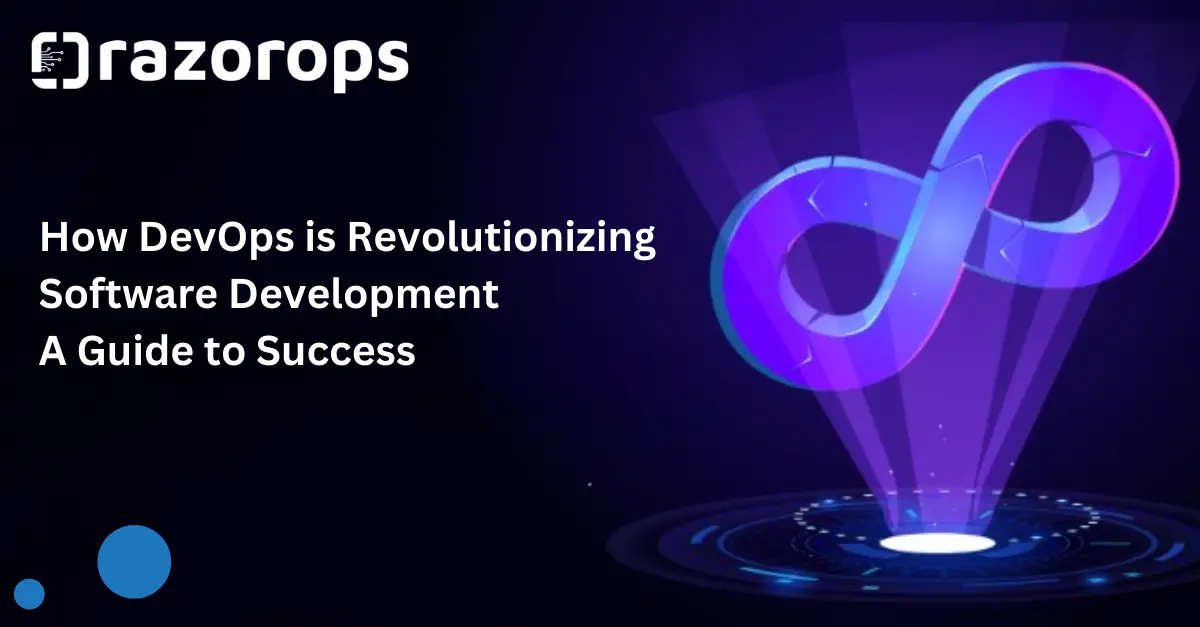
software development, testing plays a crucial role in ensuring the quality, reliability, and performance of applications.
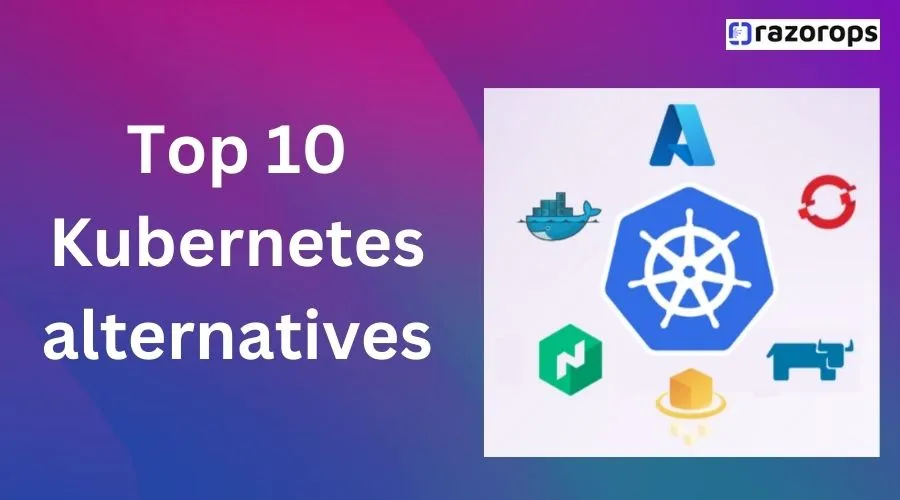
Certainly! Kubernetes is a powerful container orchestration platform, but it's not the only option available. Here are a few Kubernetes alternatives along with some of their features and drawbacks
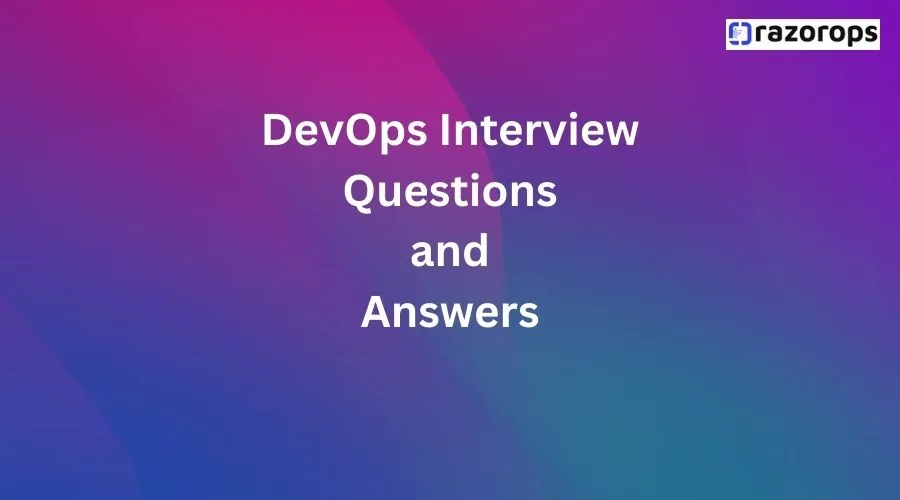
DevOps Interview questions and answers
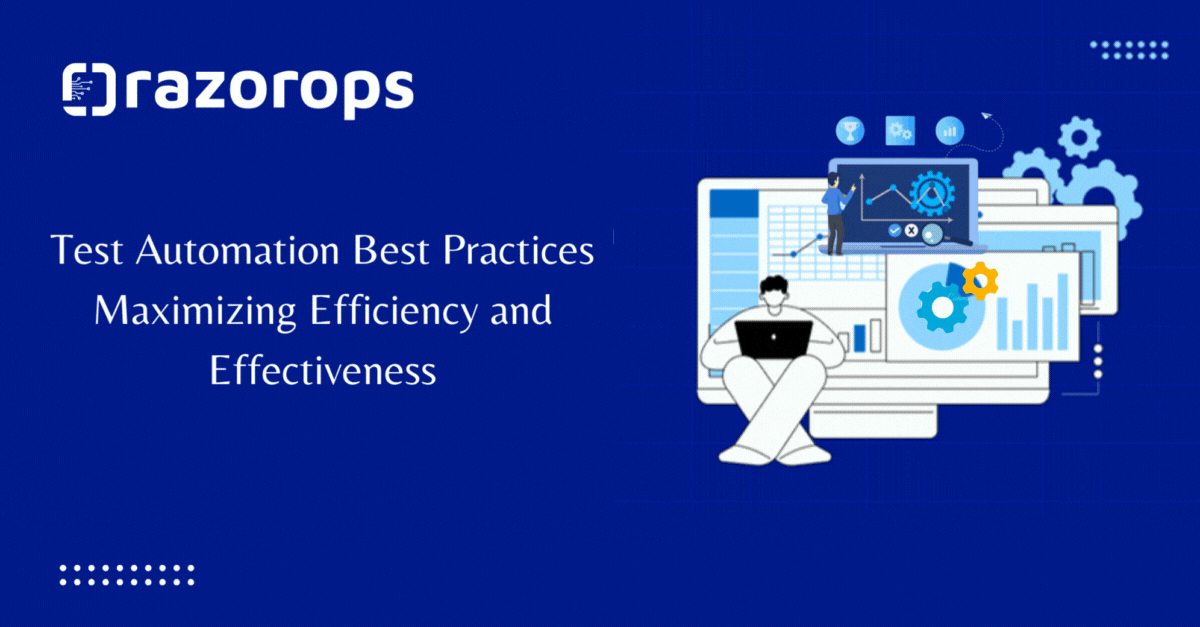
Test automation has become an indispensable part of software development, ensuring faster releases, higher quality, and overall cost-effectiveness.
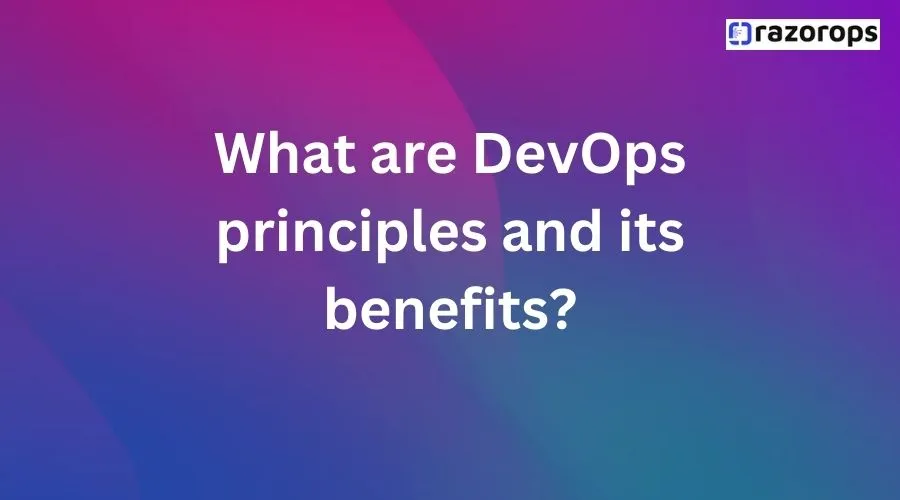
DevOps principles encompass a set of guiding philosophies and practices aimed at fostering collaboration and integration between software development and IT operations teams.
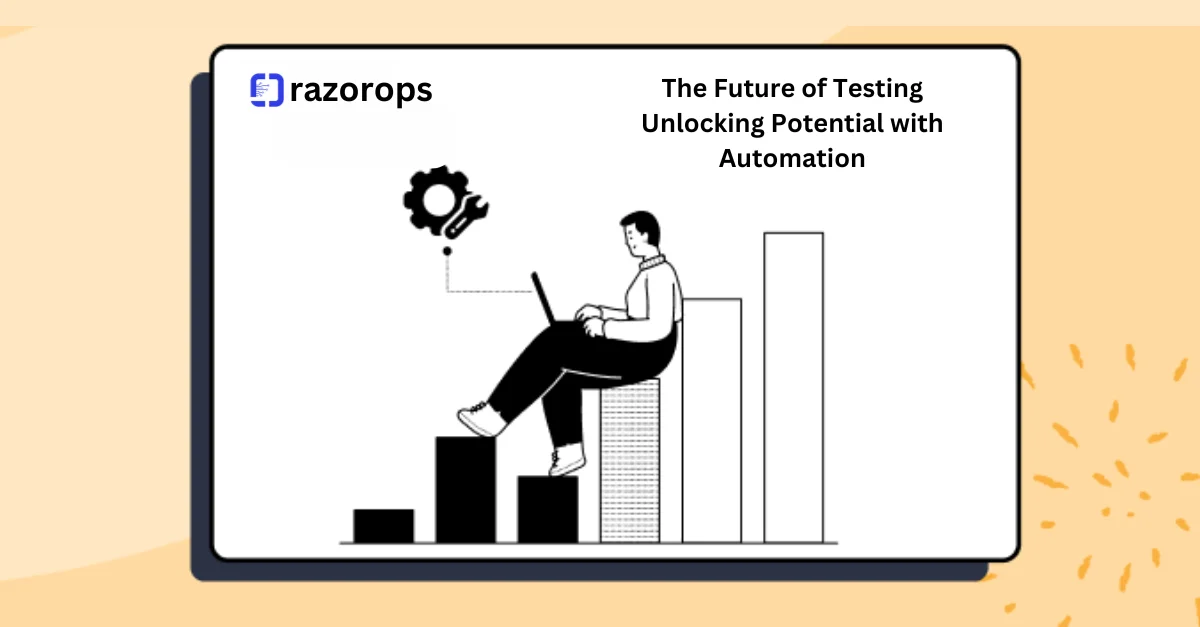
software development, testing plays a crucial role in ensuring the quality, reliability, and performance of applications.
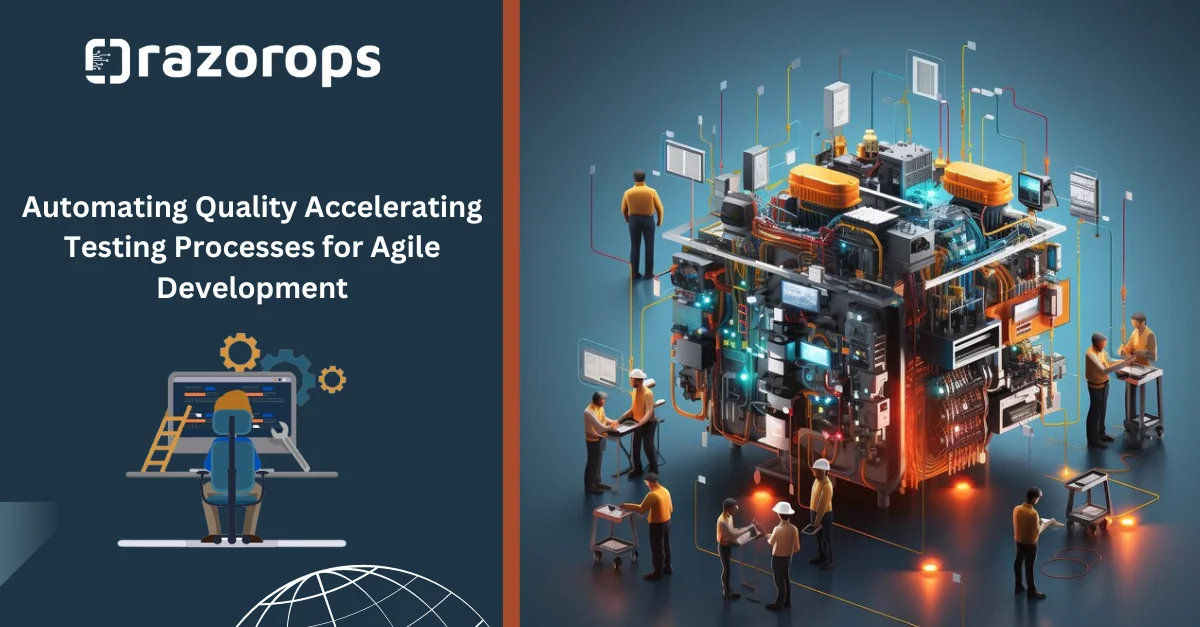
software development, agility is key to success. Agile methodologies have revolutionized how teams approach projects, emphasizing collaboration, flexibility, and rapid iterations.
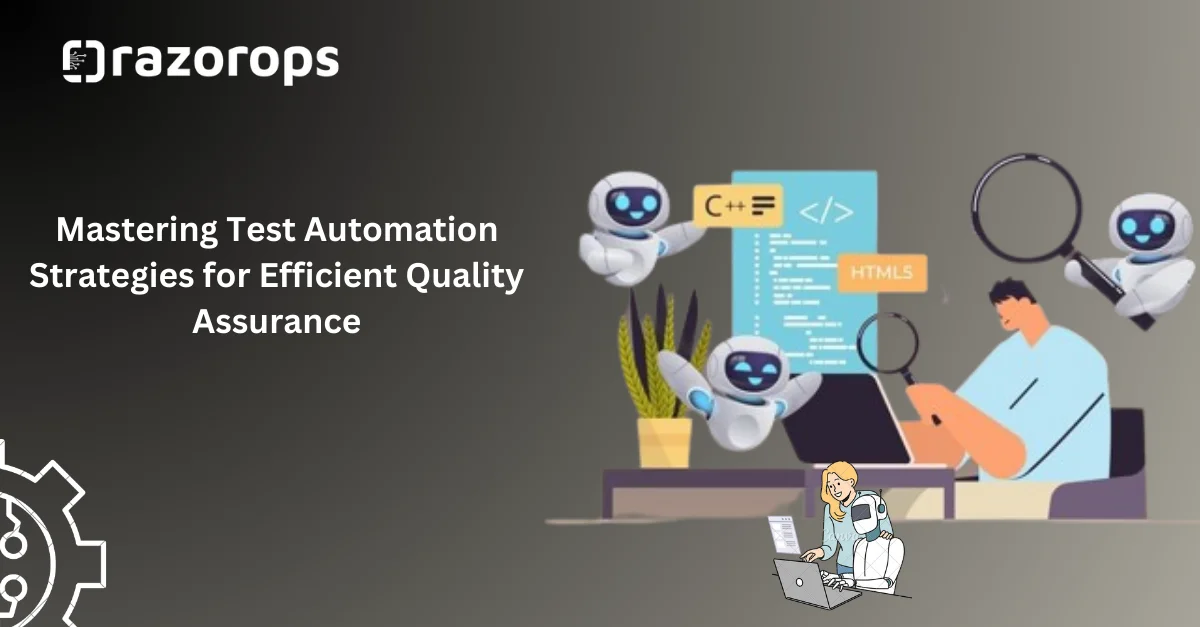
Test automation not only accelerates testing cycles but also enhances test coverage and accuracy, leading to higher-quality software releases.
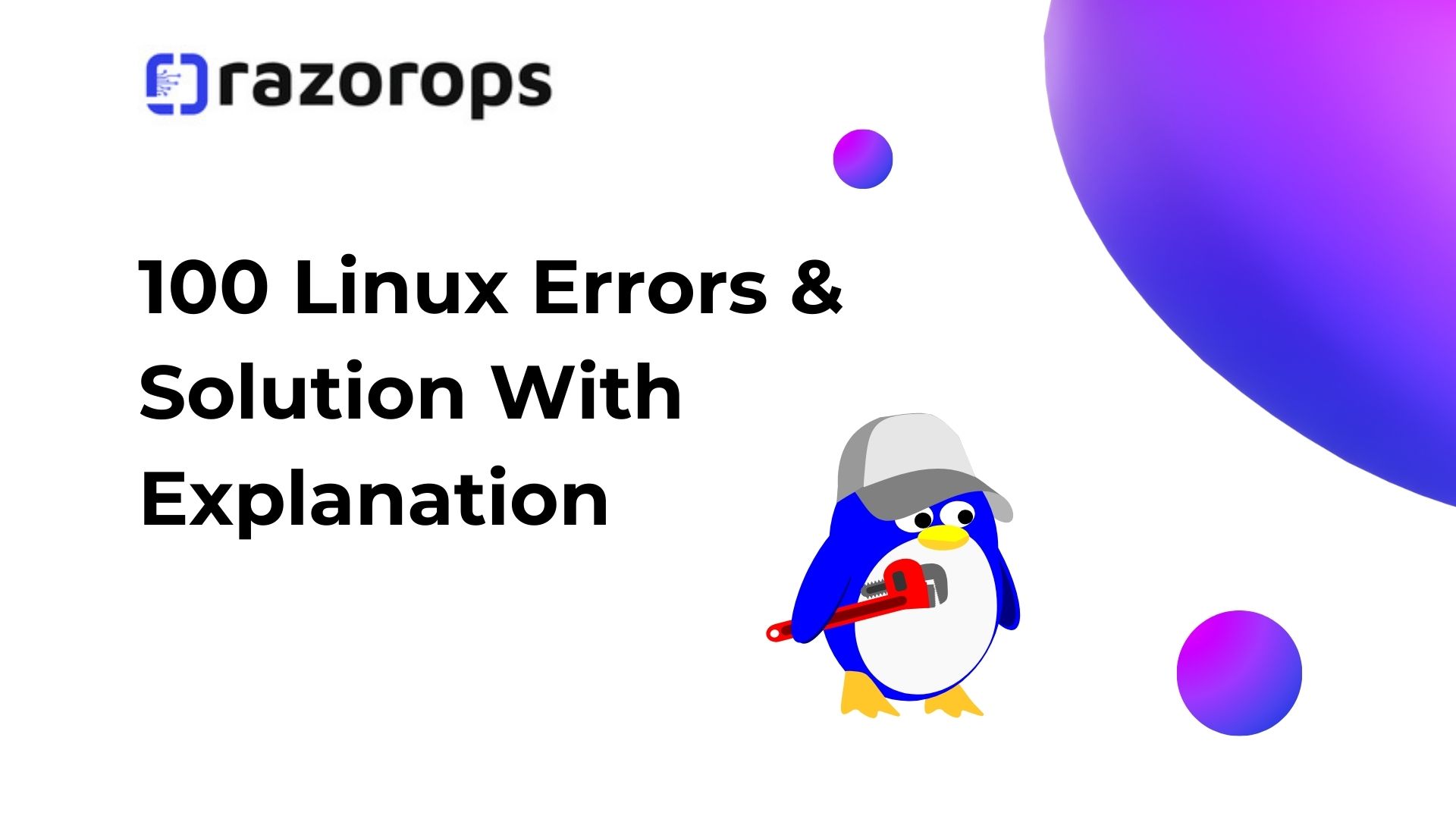
100 Linux Errors & Solution With Explanation
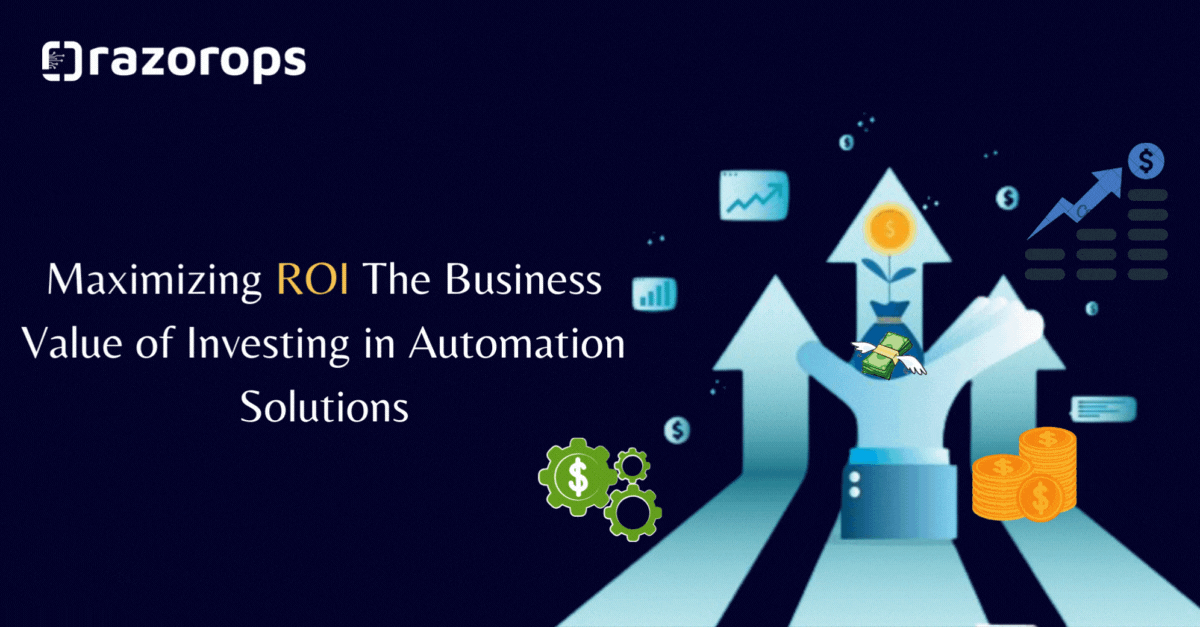
Dynamic business landscape, the quest for efficiency and agility is relentless. As organizations strive to stay ahead, one powerful strategy stands out: automation.
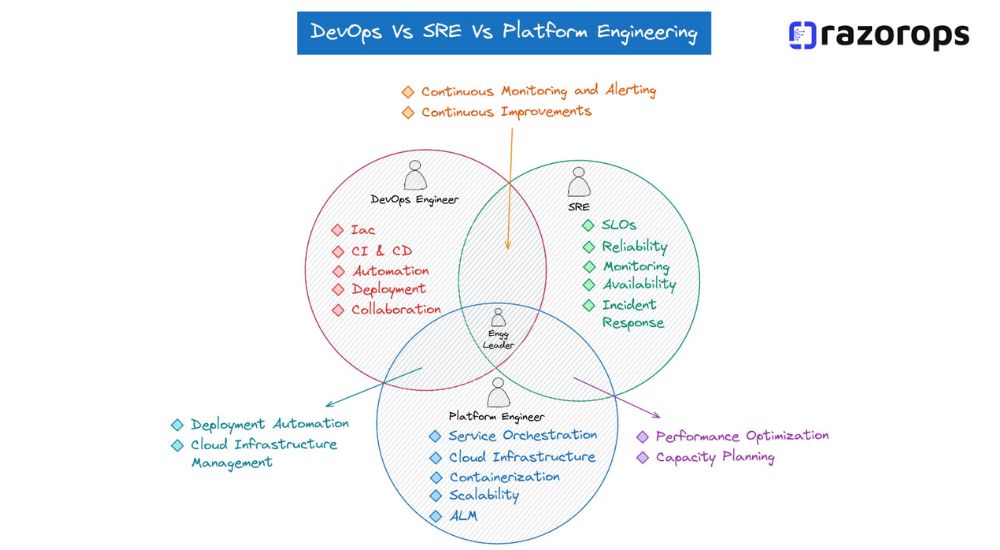
between these roles, each plays a distinct and crucial part in building and maintaining reliable, scalable, and efficient software systems in modern IT environments
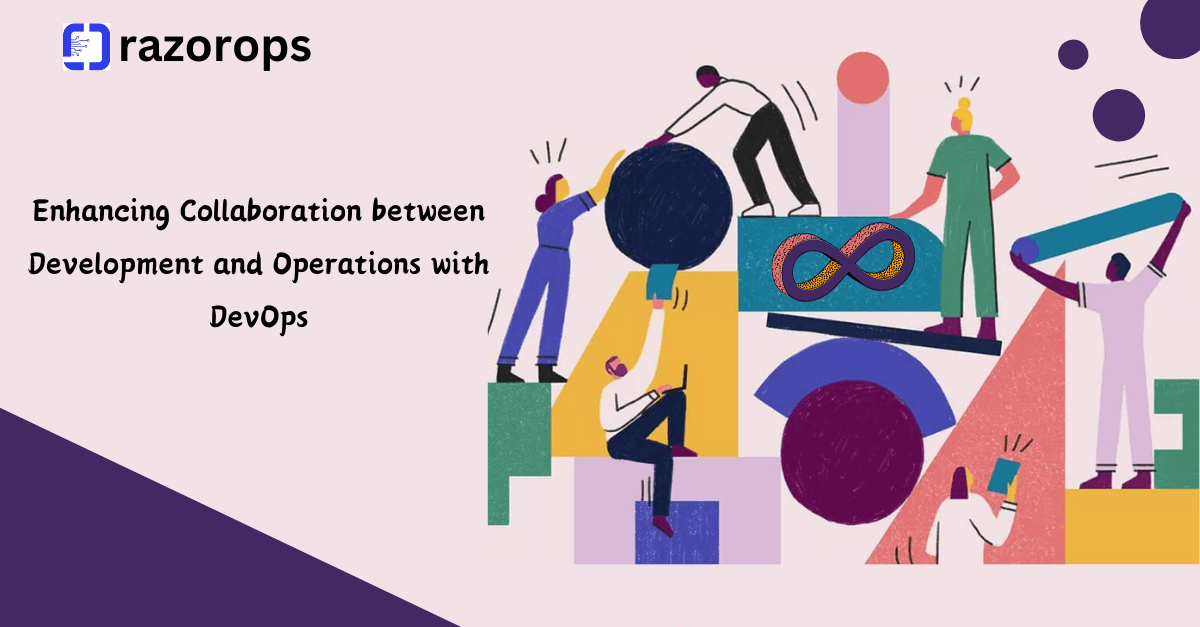
How can organizations effectively enhance collaboration between development and operations teams through the implementation of DevOps practices?
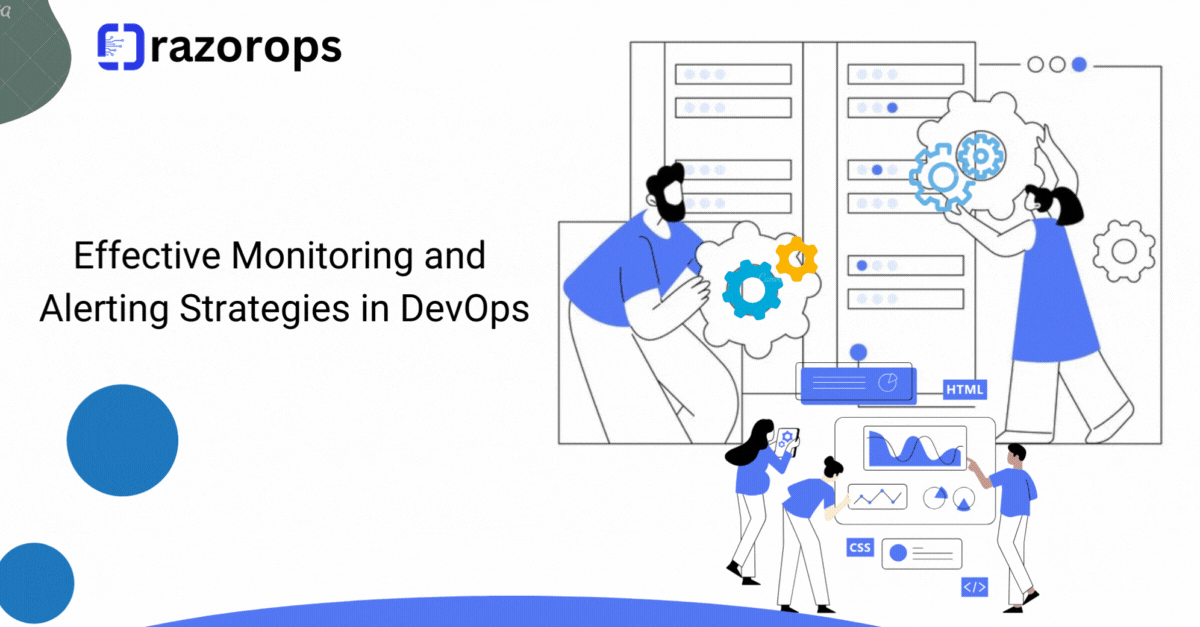
How can DevOps teams implement robust monitoring and alerting strategies to enhance system performance and response times effectively?
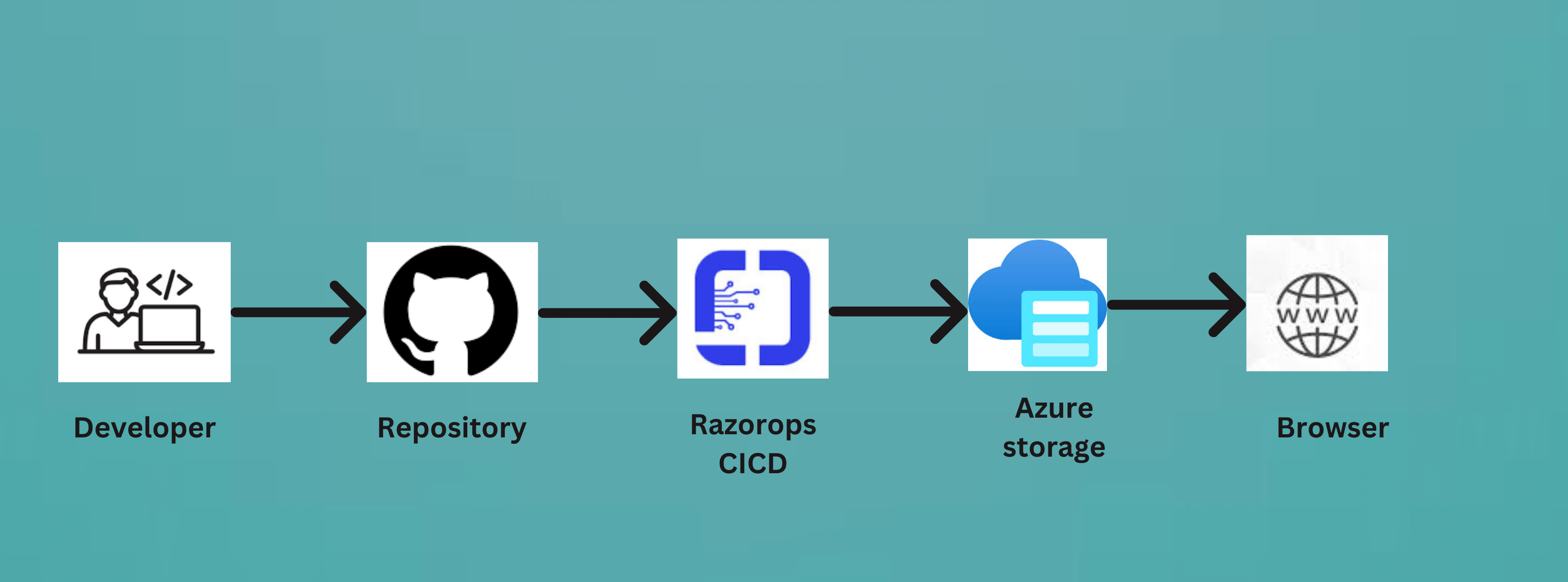
How to Set up azure storage account and setting up CI/CD with Razorops for automatic static website deployment?
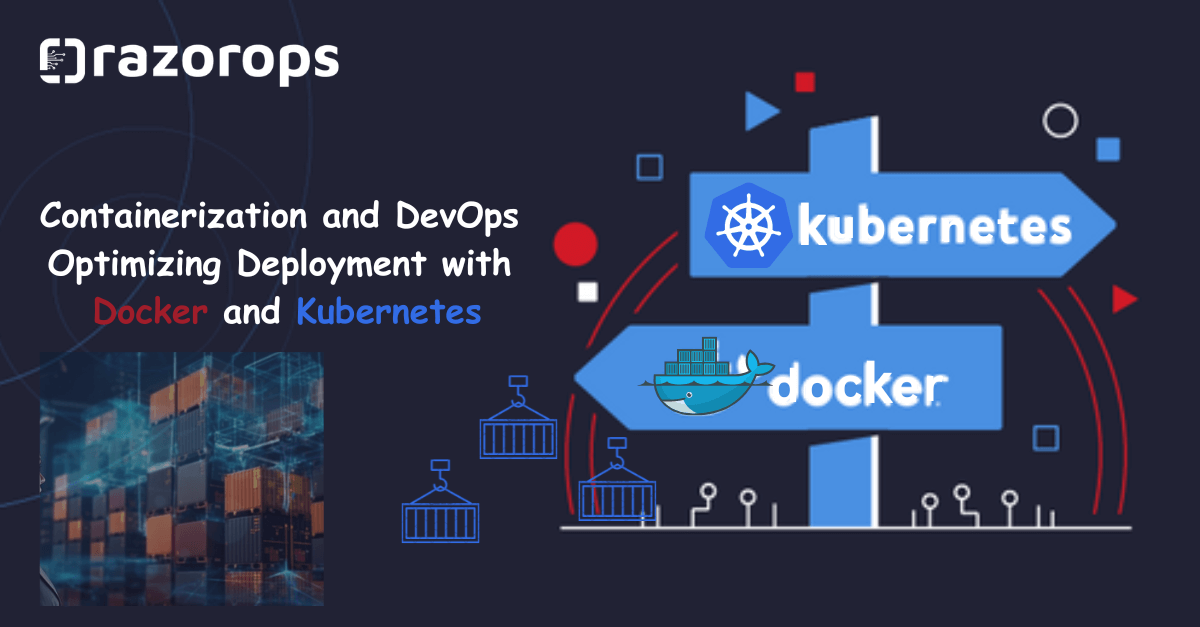
How do Docker and Kubernetes enhance deployment efficiency in Containerization and DevOps?
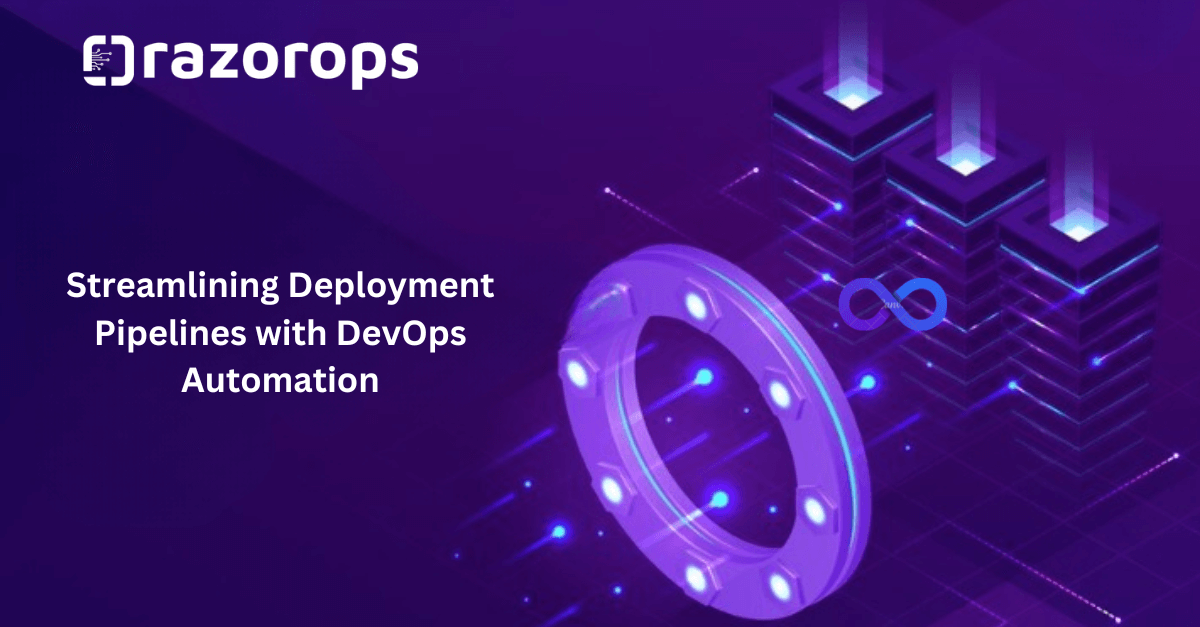
What strategies and tools can be implemented to optimize deployment pipelines through DevOps Automation?
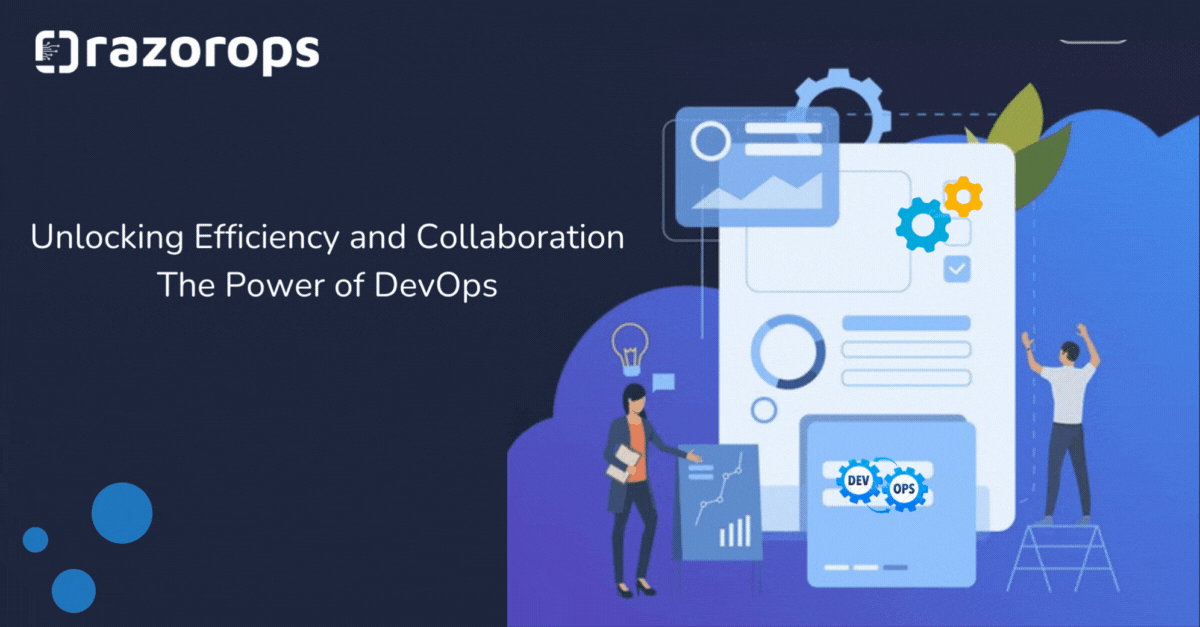
How can embracing DevOps unlock efficiency and collaboration to enhance the power of your team's development processes?
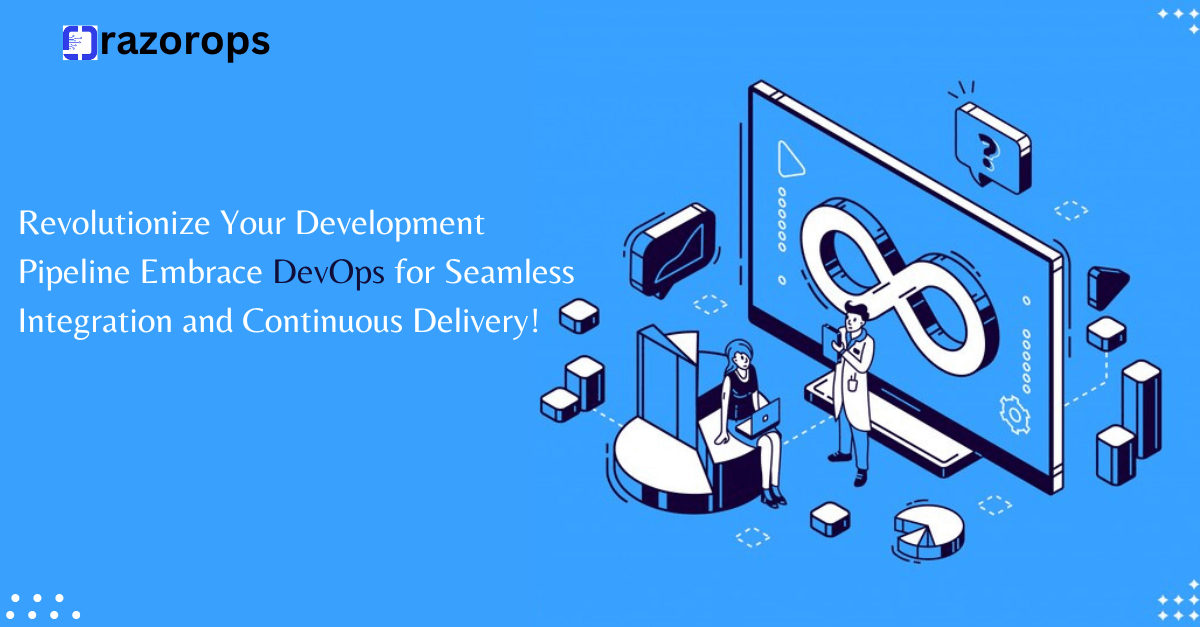
How can the integration of DevOps revolutionize your development pipeline, leading to seamless integration and continuous delivery?

What does Kubernetes Pod Quality of Service (QoS) entail, and how does it impact the deployment and management of applications within Kubernetes clusters?
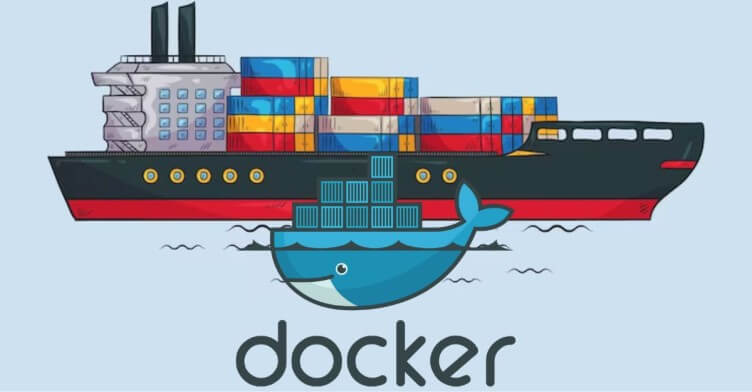
What are the strategic advantages and potential business implications of adopting container registries, as explored in the comprehensive overview titled 'Navigating Docker Container Registries'?
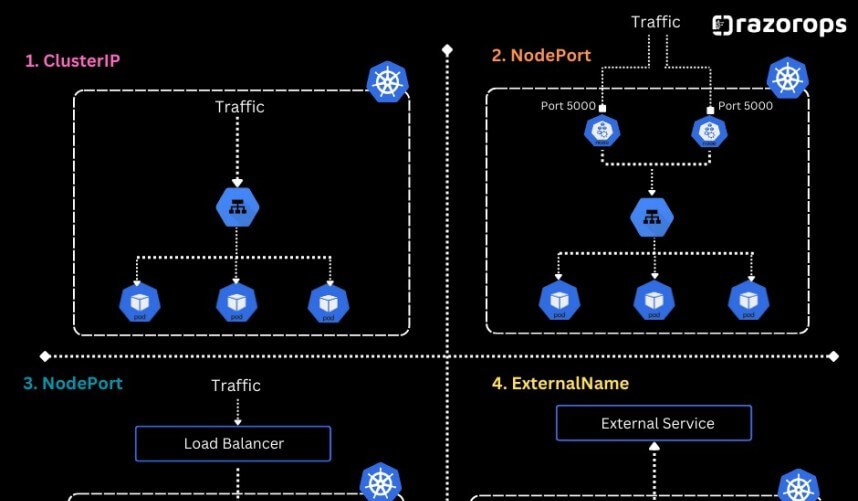
What are Kubernetes services, and what are the different types available for managing networking and communication between pods in a Kubernetes cluster?
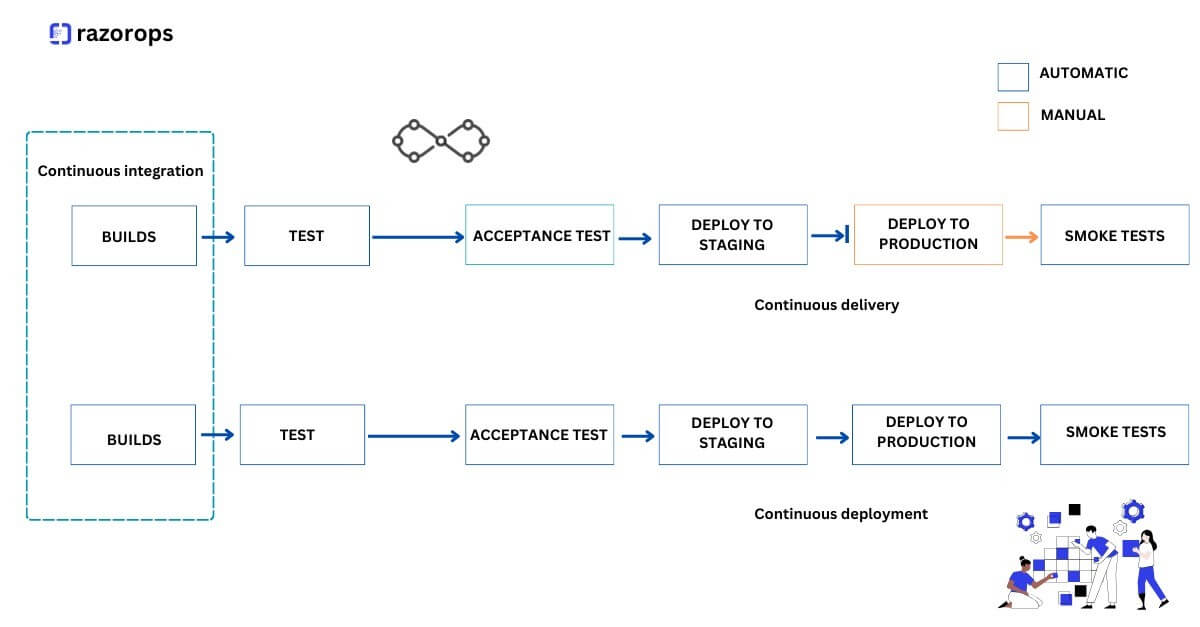
How does Continuous Delivery contribute to business efficiency, and what role does it play in streamlining and enhancing the software delivery process?
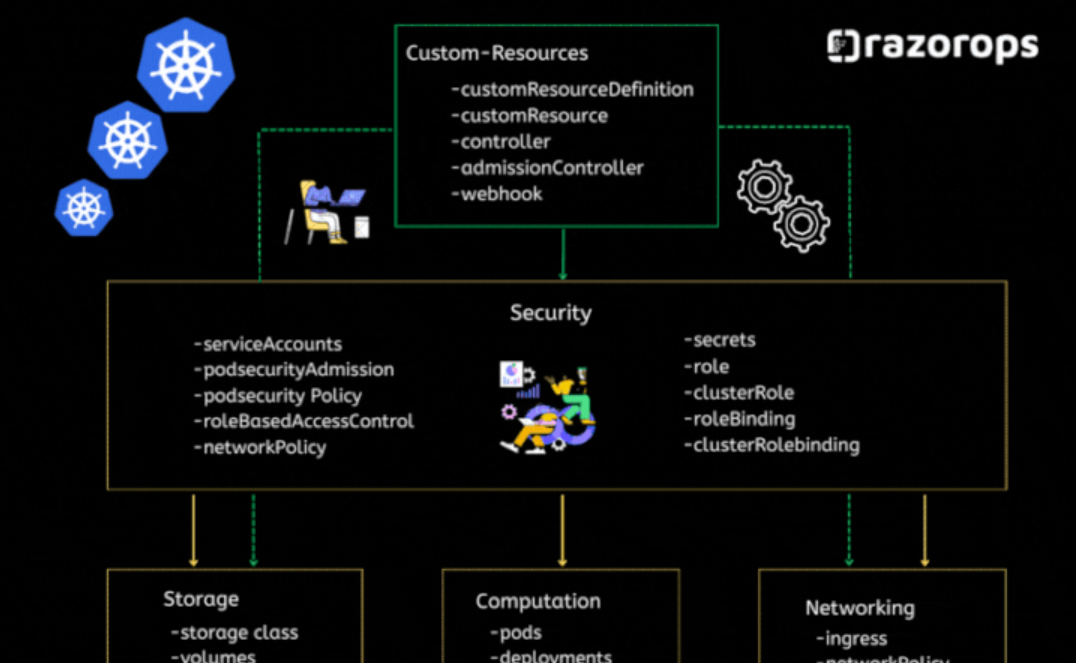
What are the fundamental conceptual pillars that constitute the foundation of Kubernetes, a container orchestration platform?
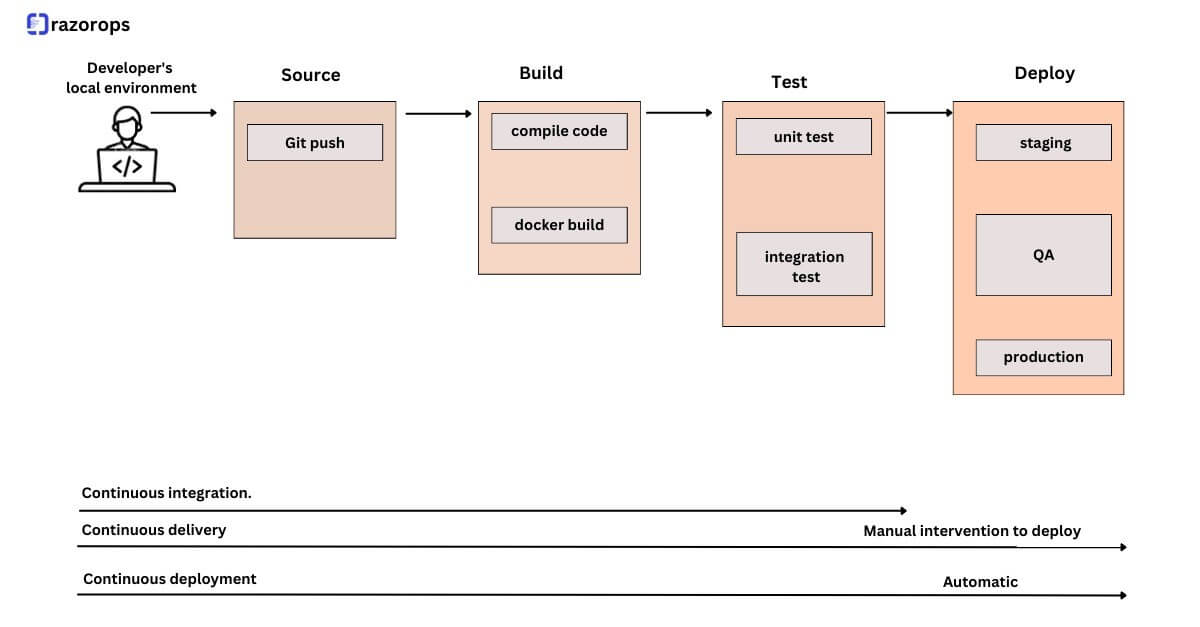
What are the key stages involved in a CI/CD (Continuous Integration/Continuous Deployment) pipeline for software development?

What are the key benefits of utilizing Git as a version control system, and overview of essential Git commands for effective source code management?
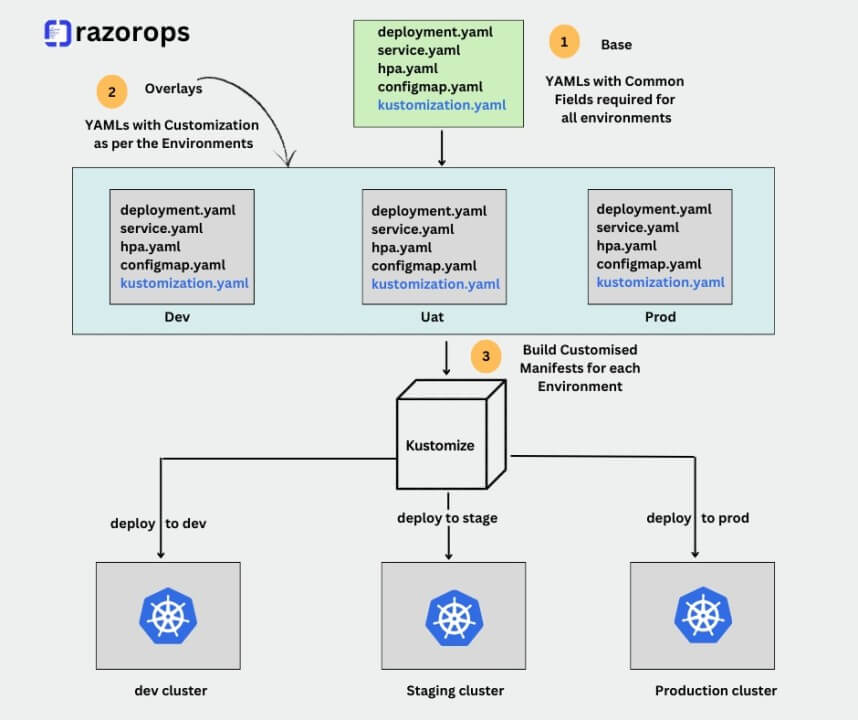
How do organizations leverage Kustomize in their deployment and configuration management processes?
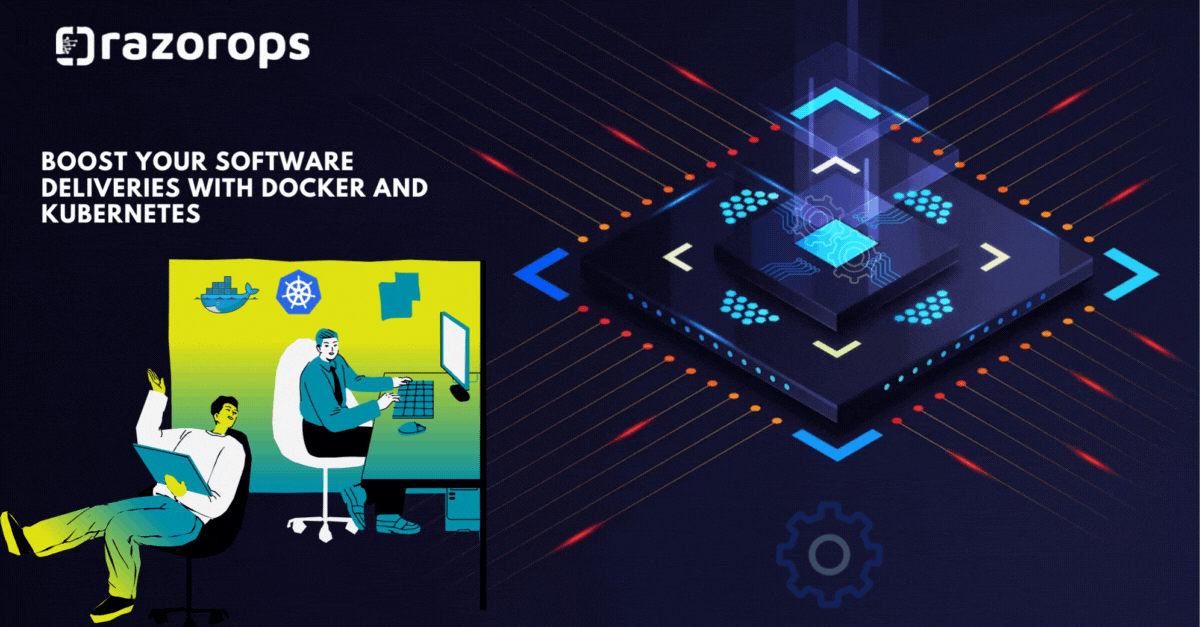
What strategies and benefits are associated with utilizing Docker and Kubernetes to optimize and expedite software delivery processes?
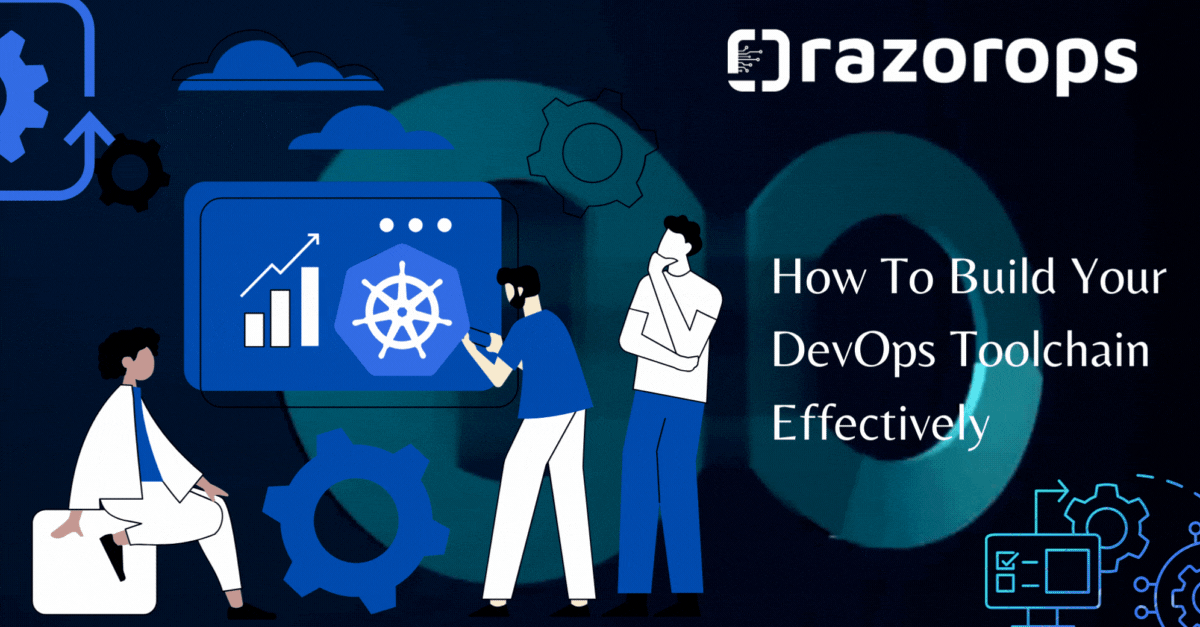
How can organizations effectively build and optimize their DevOps toolchain to enhance collaboration, streamline workflows, and achieve seamless integration throughout the software development lifecycle?
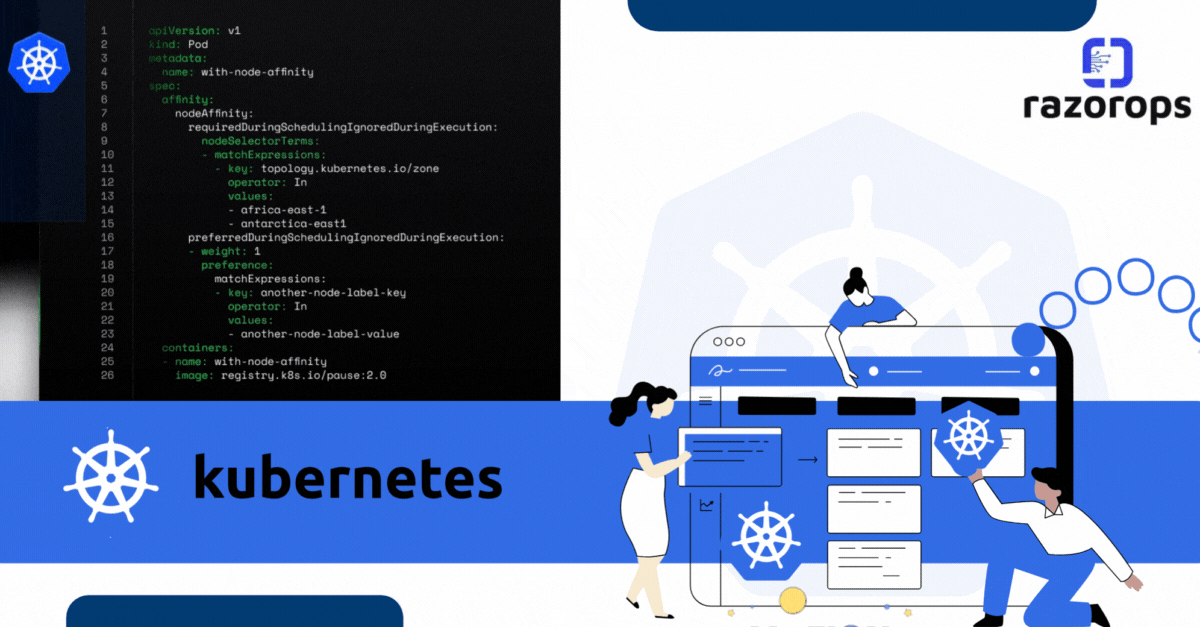
What are the essential core concepts of Kubernetes, and how does it facilitate optimization and efficient container orchestration within modern IT environments

How does the integration of containerization enhance DevOps processes and workflow efficiency?

What are five Docker Extensions that can enhance and simplify your development workflow?
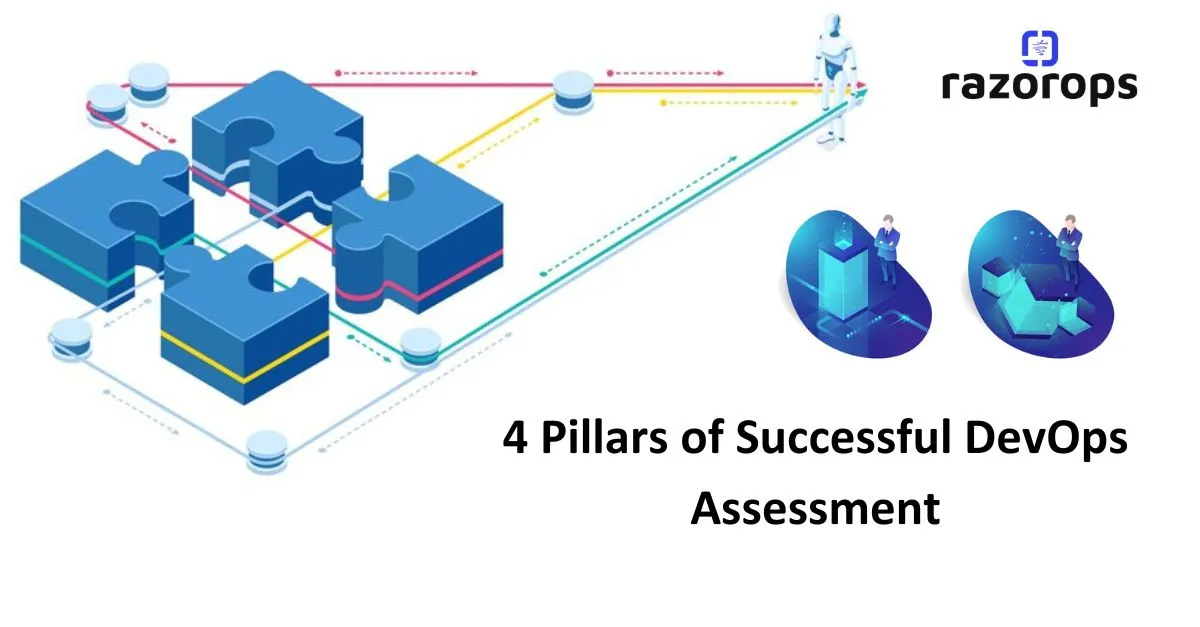
How can organizations effectively evaluate and measure their adherence to the 4 Pillars of Successful DevOps, and what strategies can be employed to enhance their performance in each pillar?
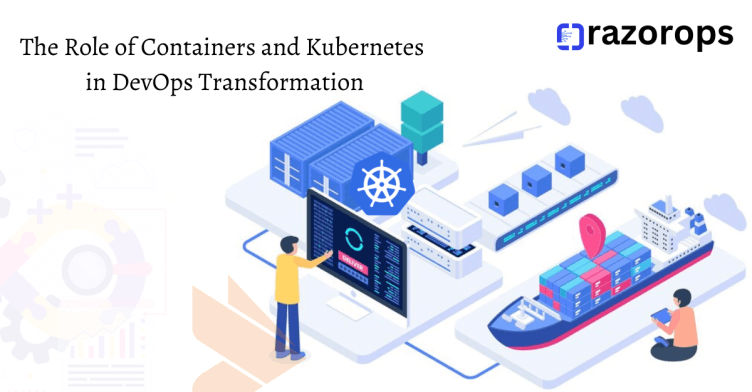
How do Containers and Kubernetes contribute to the evolution and enhancement of DevOps practices?
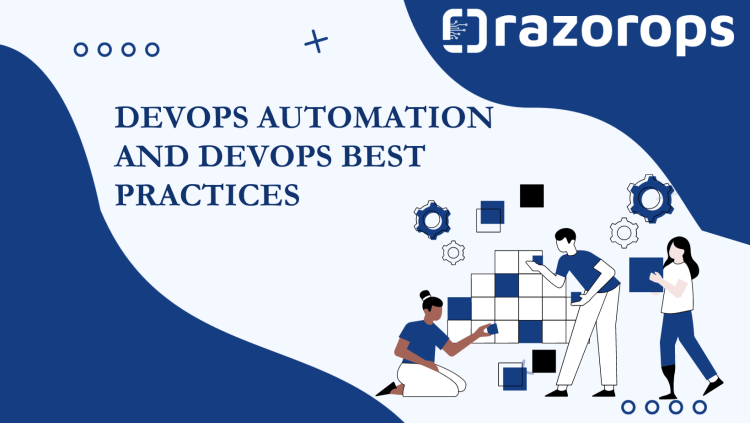
How can organizations effectively implement DevOps automation and incorporate DevOps best practices to enhance their software development and deployment processes?
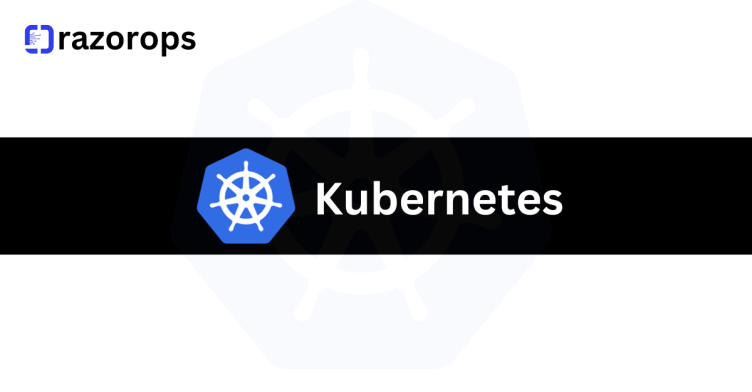
How do Labels and Annotations in Kubernetes (K8s) contribute to enhancing operational efficiency and strategic decision-making for businesses, and what specific advantages or considerations should companies focus on in their implementation?
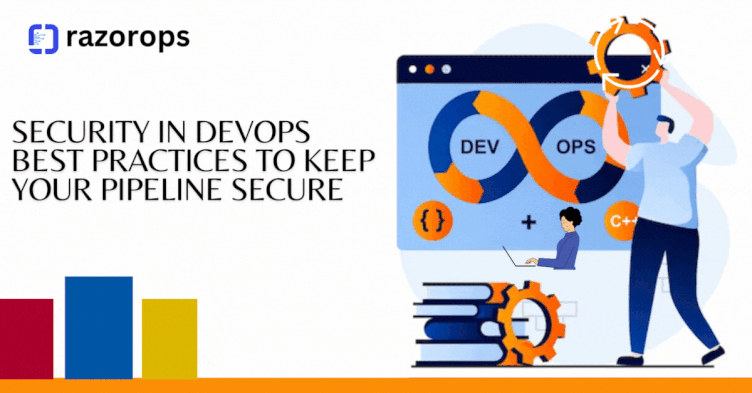
What are the key best practices for ensuring security in a DevOps pipeline, and how can organizations effectively implement these practices to safeguard their development and deployment processes?
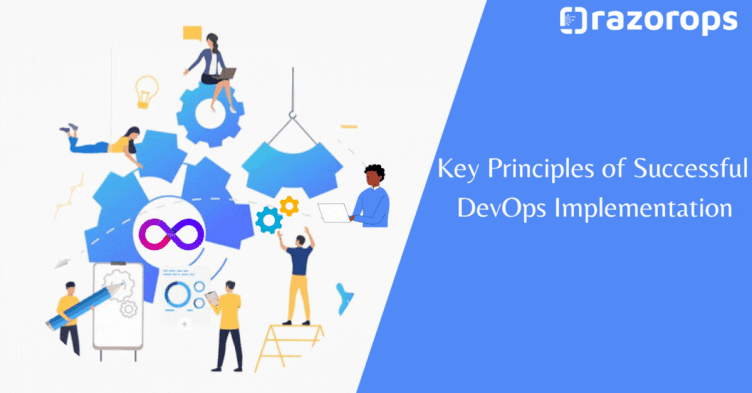
What are the core principles underlying a successful DevOps implementation, and how can organisations use these concepts to create long-term gains in both software development and IT operations?
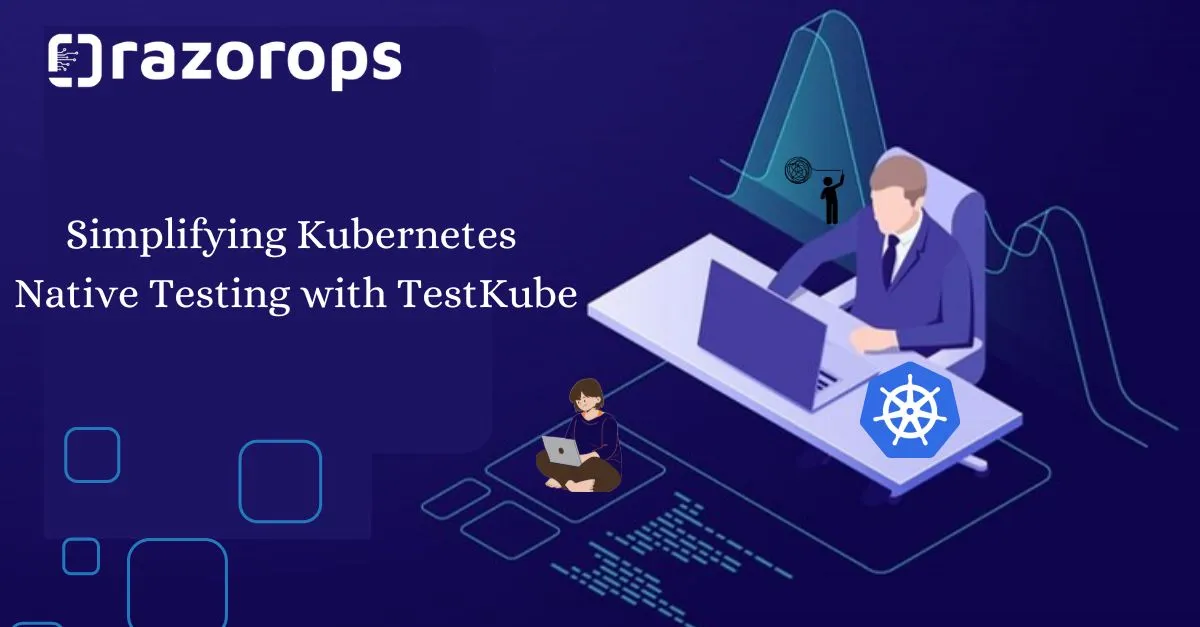
What are the critical components in streamlining Kubernetes native testing with TestKube? and How does TestKube simplify Kubernetes native testing, and what are its key aspects?
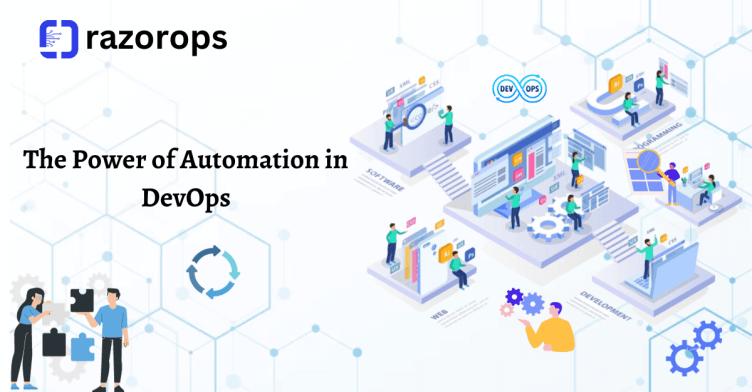
How can companies effectively harness the Power of Automation in DevOps to enhance their software development and deployment processes?
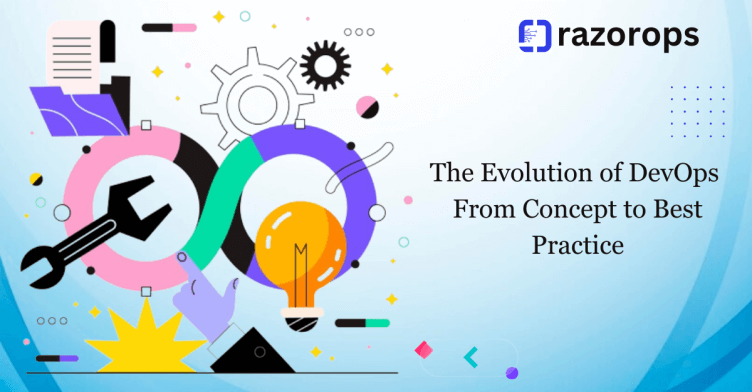
How has the evolution of DevOps, from its initial concept to becoming a best practice, impacted the efficiency, collaboration, and overall success of businesses, and what key lessons can organizations glean from this journey for their own improvement?
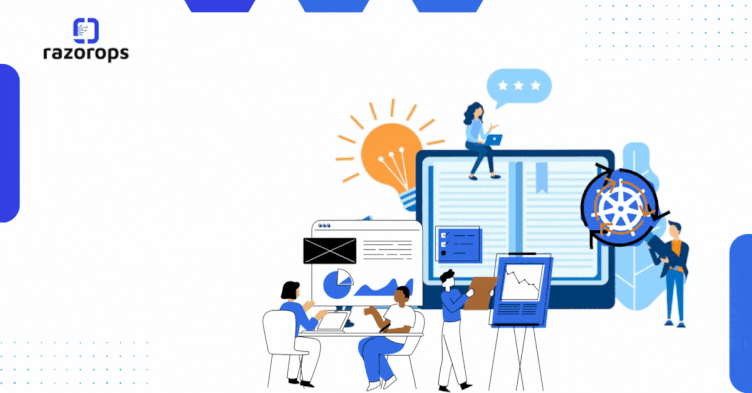
What are the key strategies and best practices for implementing Kubernetes autoscaling in a Continuous Integration/Continuous Deployment (CI/CD) environment to optimize resource utilization and ensure seamless application scaling?

How can businesses leverage CI/CD automation to unlock Kubernetes deployment excellence, and what are the potential benefits and challenges associated with implementing such a strategy?
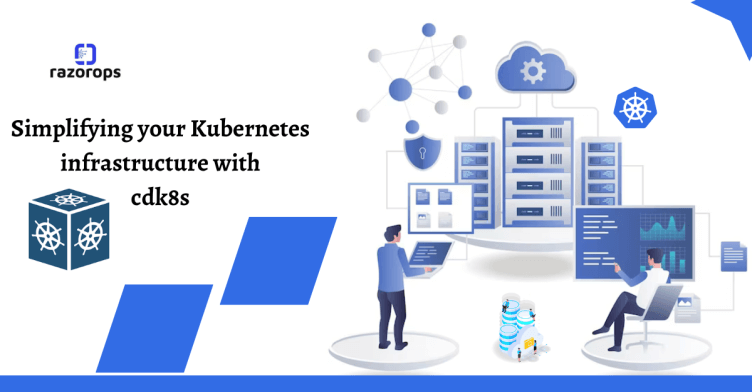
How can the utilization of cdk8s simplify and optimize Kubernetes infrastructure management to drive greater operational efficiency and scalability in modern business environments?
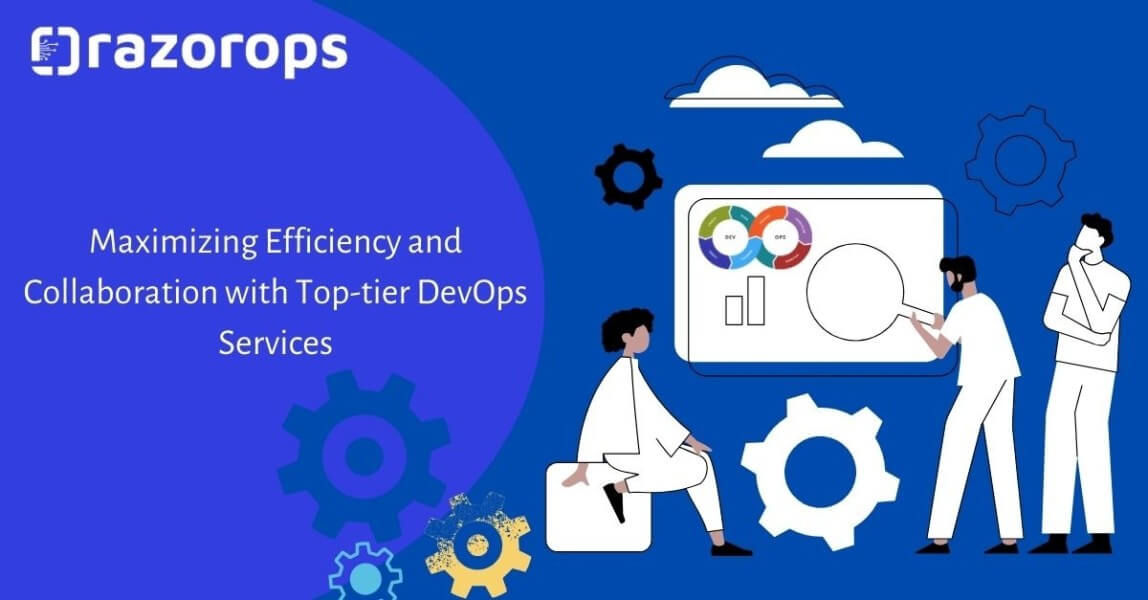
What are the key strategies and best practices for maximizing both efficiency and collaboration through the implementation of top-tier DevOps services?

How can organizations achieve optimal efficiency and reliability when streamlining their Kubernetes workflow within a CI/CD pipeline?

What is microservice architecture and the best practices for overcoming numerous obstacles with microservice architecture?
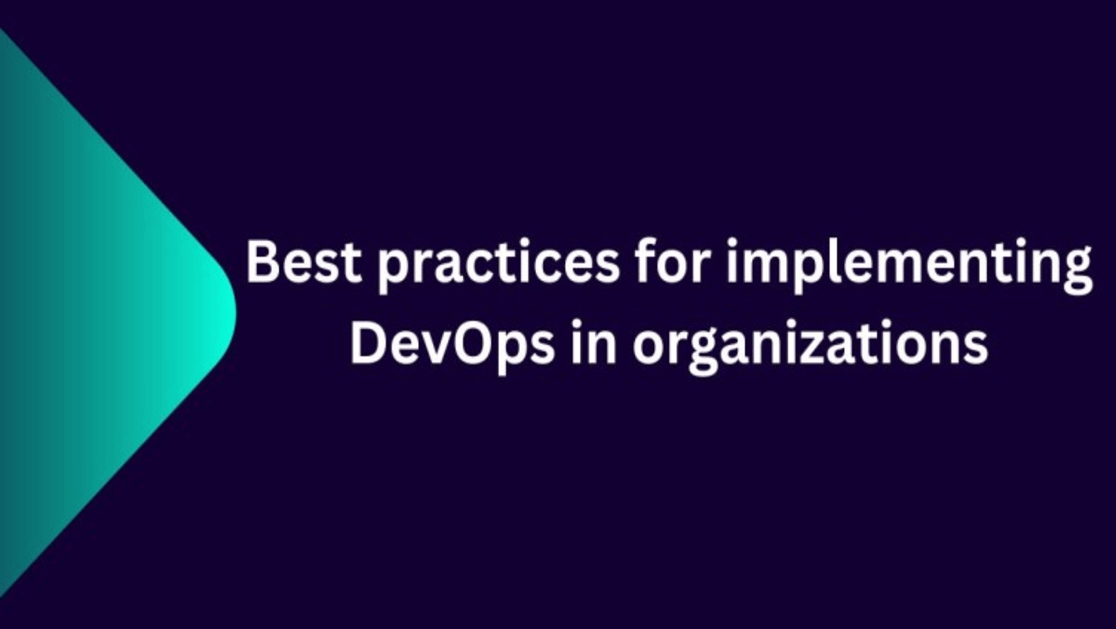
Why DevOps is necessary in the modern world and how can it be used in organisations and how the Razorops platform enhances the quality and speed of software delivery
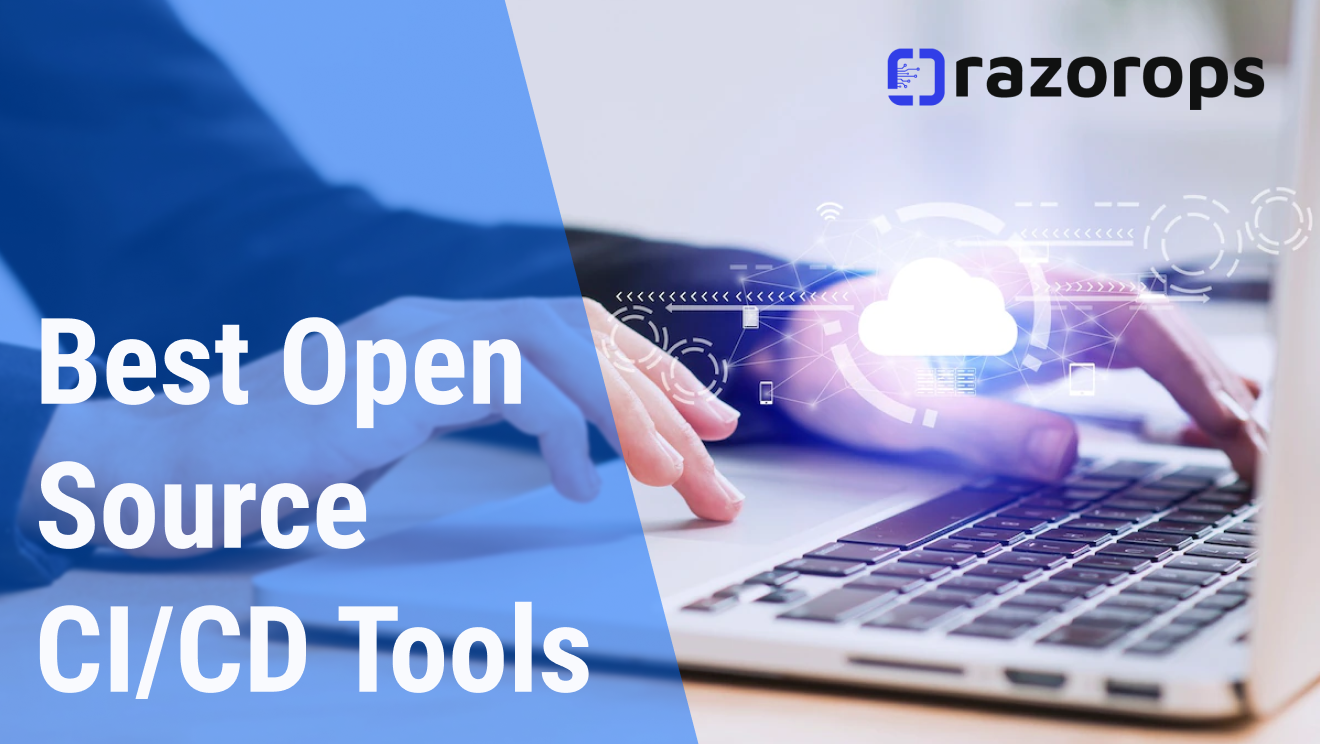
Best Open Source CI/CD Tools for 2022. Let's have a look at it. Razorops is the one of best simplest container native cicd tools.
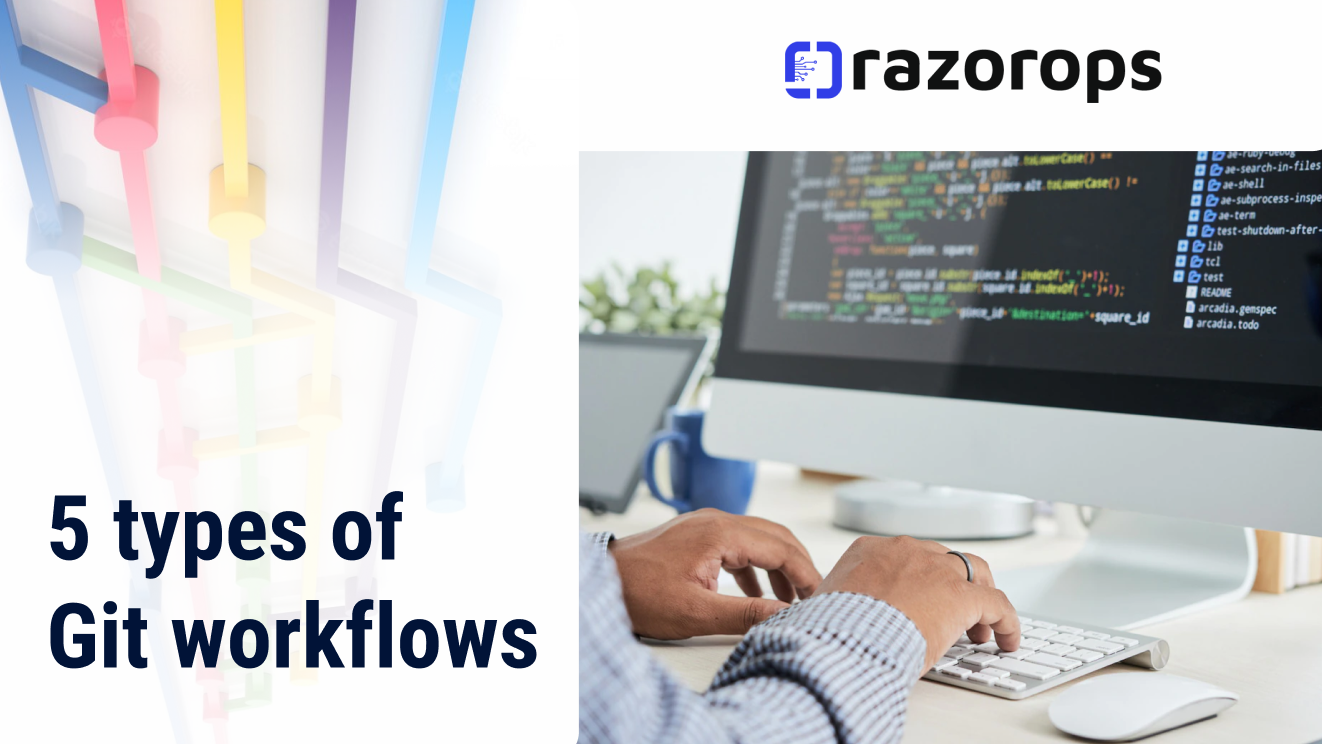
Introduction about Git WorkFlow & Types of git workflows - Basic, Feature Branches, Git Flow, Feature Branches and Merge requests, Forking workflow & their explanations.
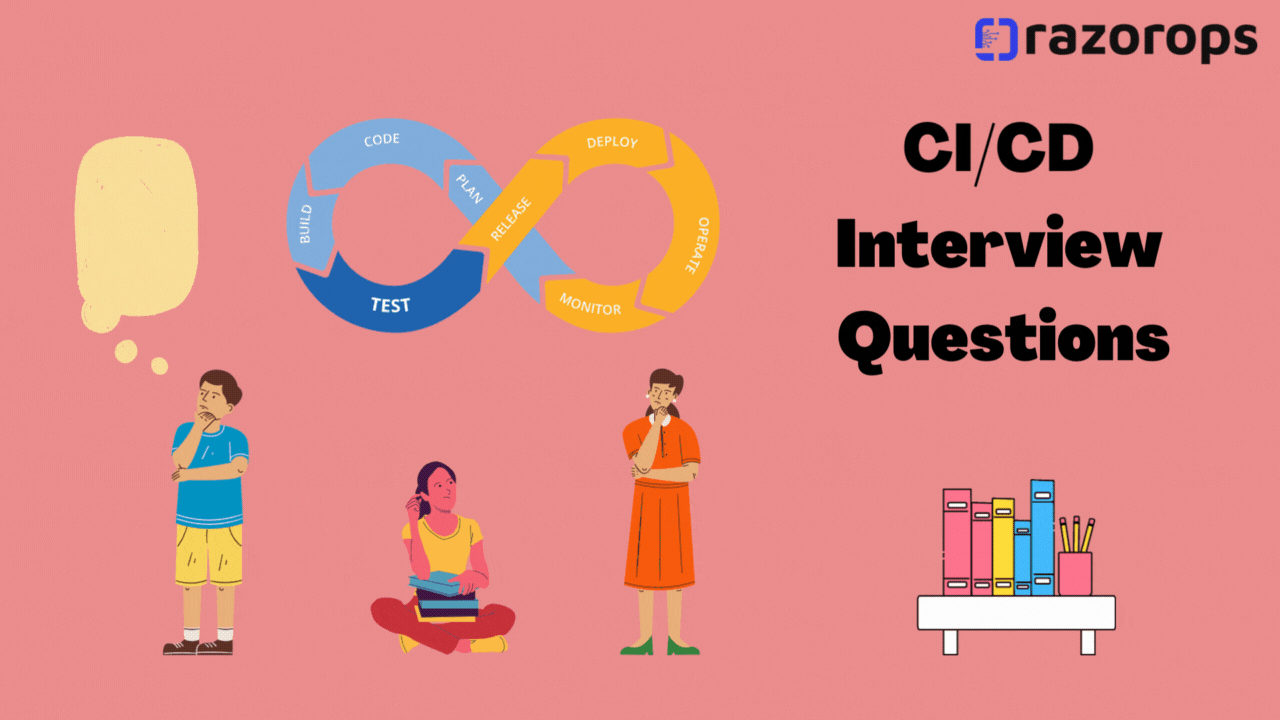
Here you have the top 20 common ci/cd interview questions along with answers. Let's have a look at it. Razorops is the one of best simplest container native cicd tools.
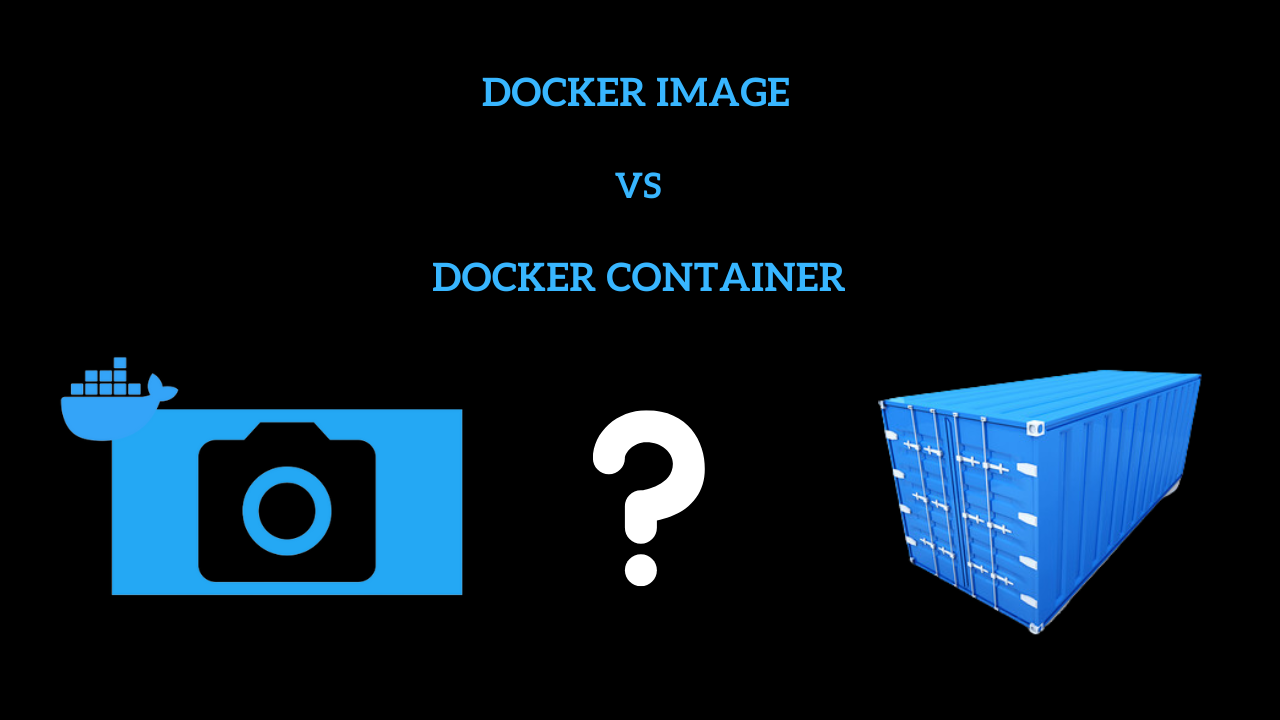
In this article you will understand the difference between docker image & docker container. Also you will get a solid understanding of what a docker image, a container.
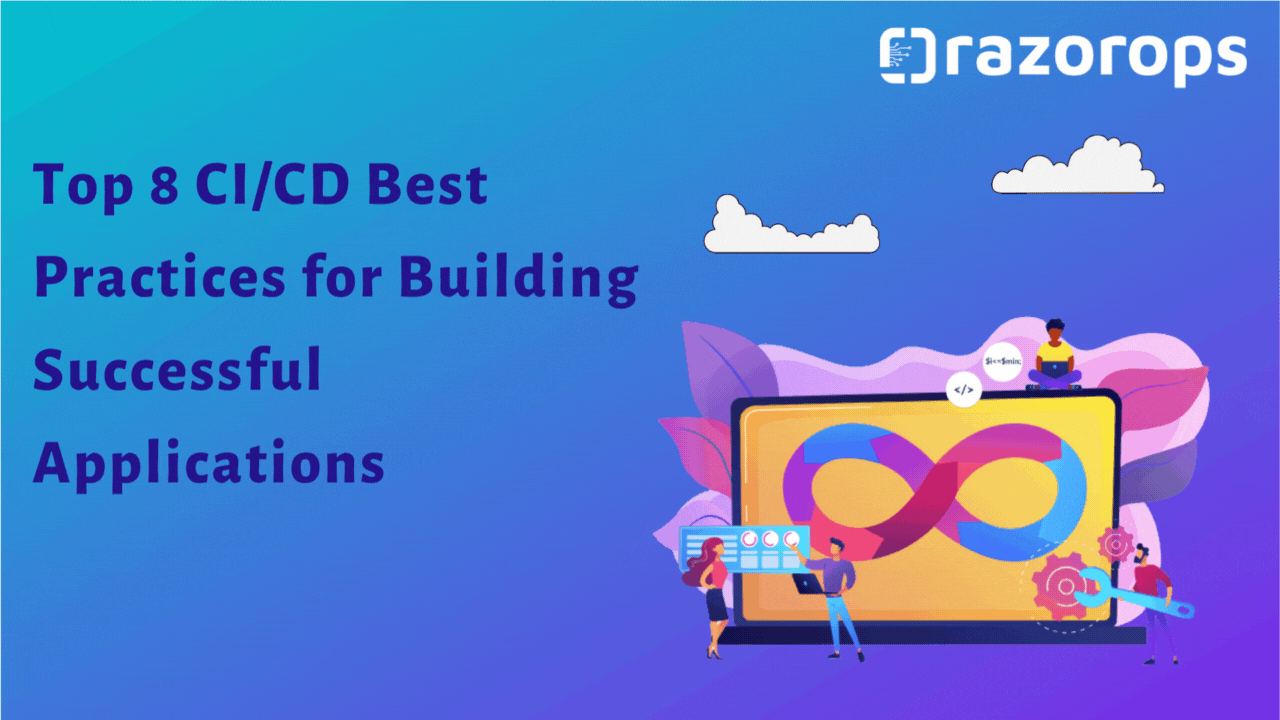
Best CI/CD Best Practices for devops team to ensure the business successful & to build the application. Check the complete CI/CD Best Practices in detail: Build once, Streamline the tests, Continuous automation, Know the procedures, Continuous security, Fix it if it’s broken, Make it daily.

Steps to Migrate Jenkins to Razorops. Razorops is the Simplest Container Native CI/CD Tool. Best alternative to Jenkins. Try for Free. Signup Now.
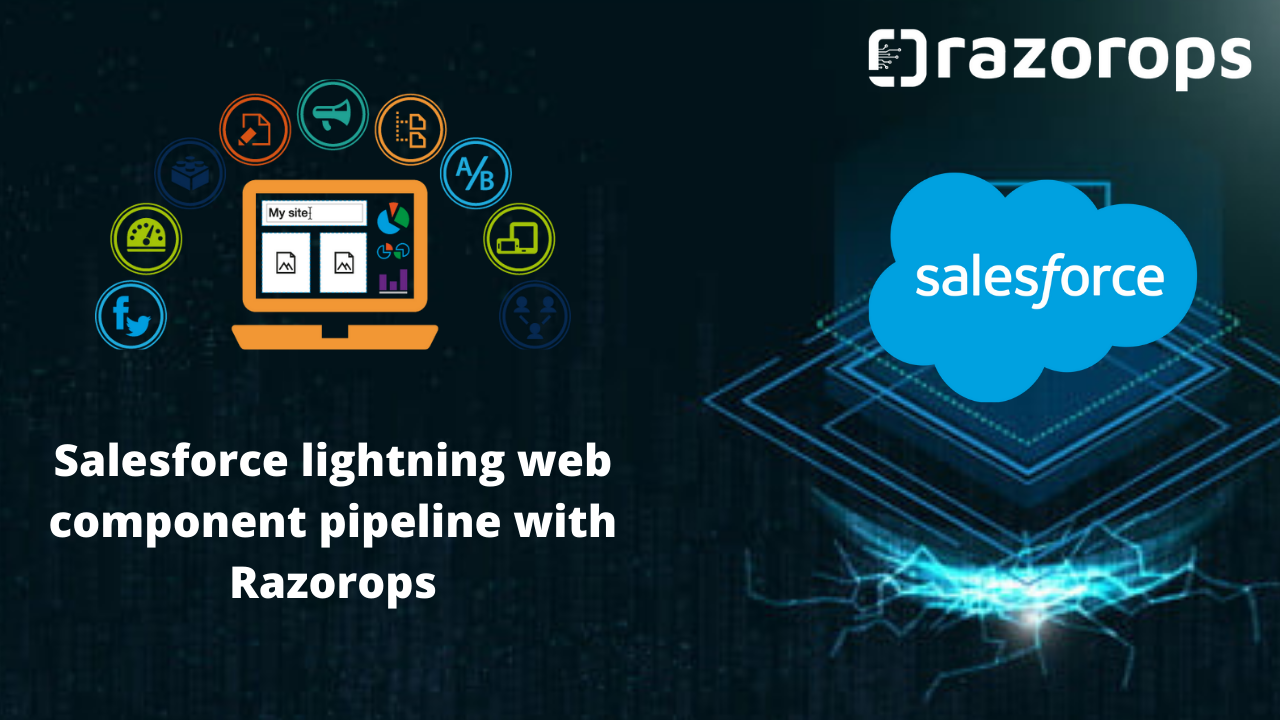
check how to use the Lightning Component UI framework for developing single page applications for mobile and desktop devices using Razorops CI/CD Tool.
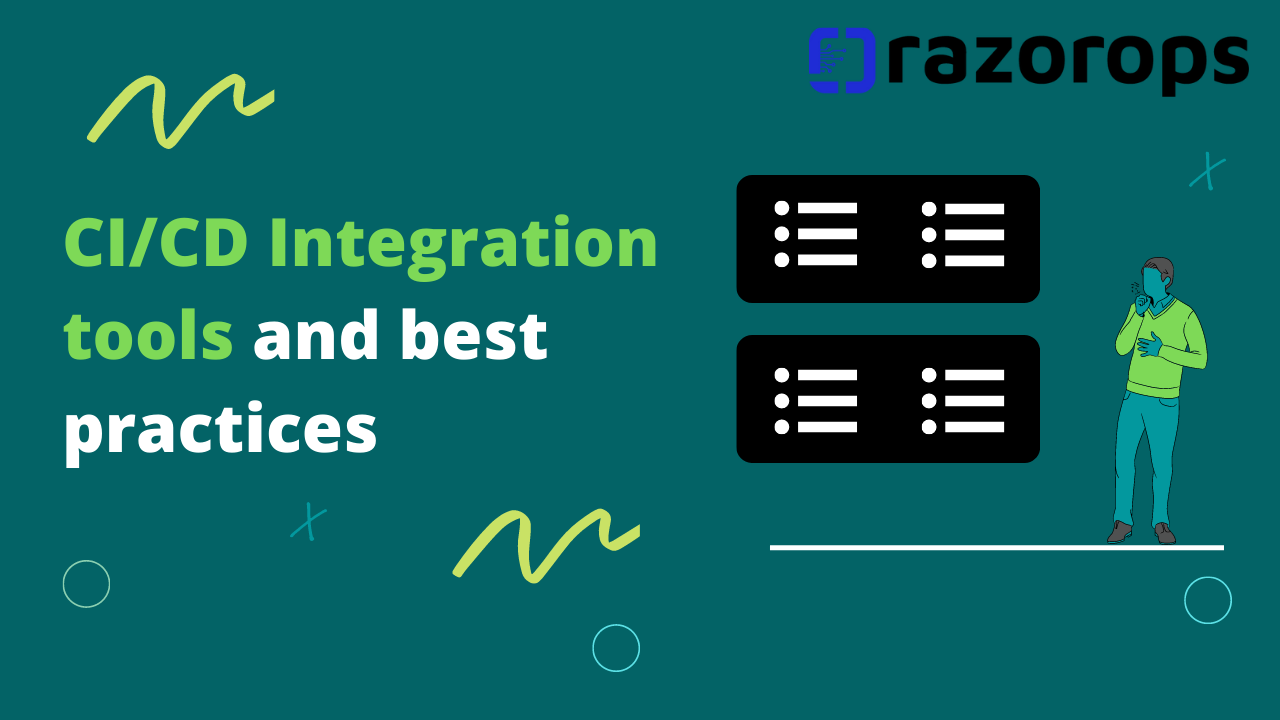
Let's check the complete explanation of Continuous Integration, what are best practices in CI, Benefits of Continuous Integration and Tools of CI. Continuous integration helps teams to speed up the development process while increasing the code quality.

Let’s understand what is Continuous Integration and Continuous Delivery. Also know about the benefits CI & Continuous Delivery.CI makes the software release process easier with automated processes & Continuous Delivery collects the code stored in the shared repository and continuously delivers it to the production environment.
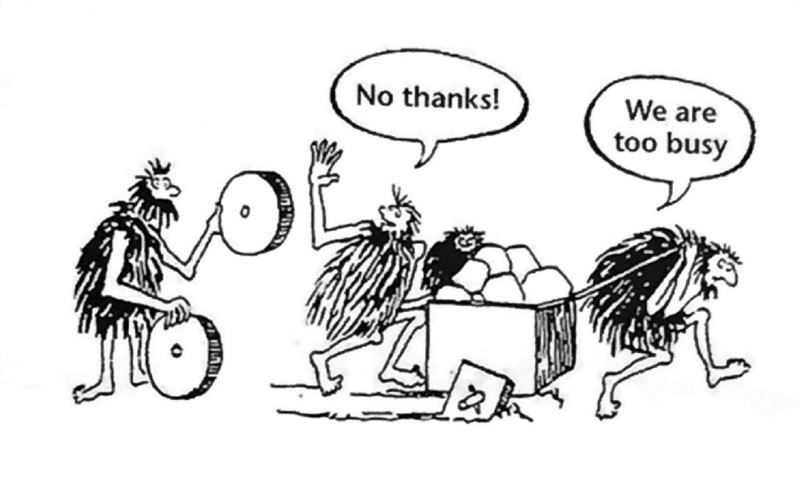
DevOps practices come with a range of benefits, some of which – including greater efficiency, security, and organizational collaboration.
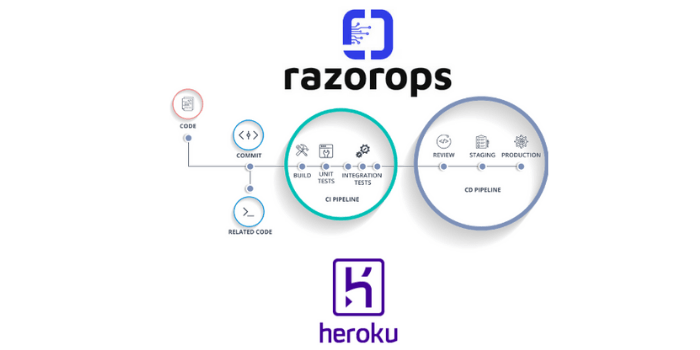
Deploying to heroku was super easy as it happen with just a git push, with razorops you can add CI/CD support to your Heroku apps.
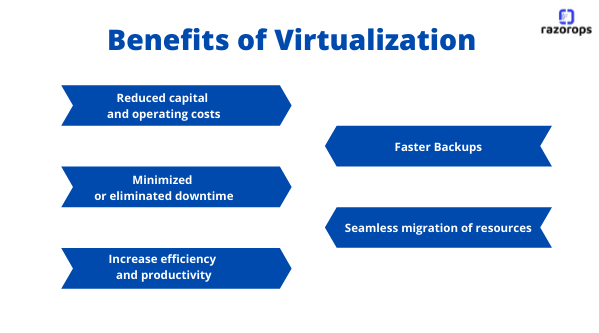
Let's check what Virtualization is, various types & benefits of Virtualization. How Does Virtualization Work? It is one of the powerful tools that can help reduce administrative overhead which also can increase cost savings, scalability, and efficiency.
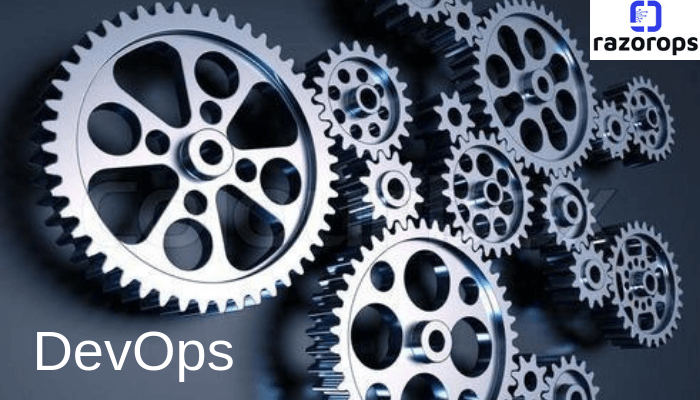
A precursor to Devops; Agile is a software development and, more broadly, business methodology that emphasizes short, iterative planning and development

Developers can build any app in any language using any toolchain. “Dockerized” apps are completely portable and can run anywhere
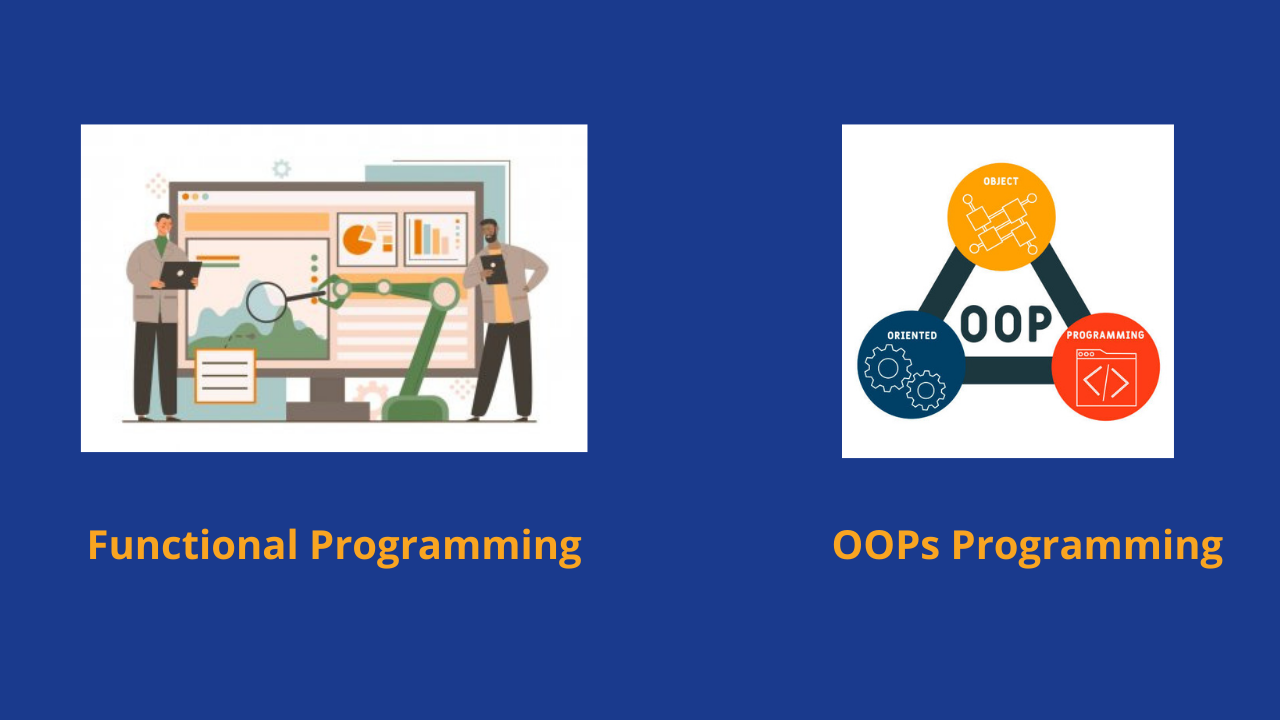
Let's check the difference between Functional Programming and Object Oriented Programming. Functional Programming and Object-oriented programming are completely different programming paradigms. Despite of having different approaches, both of them are designed to make the code efficient
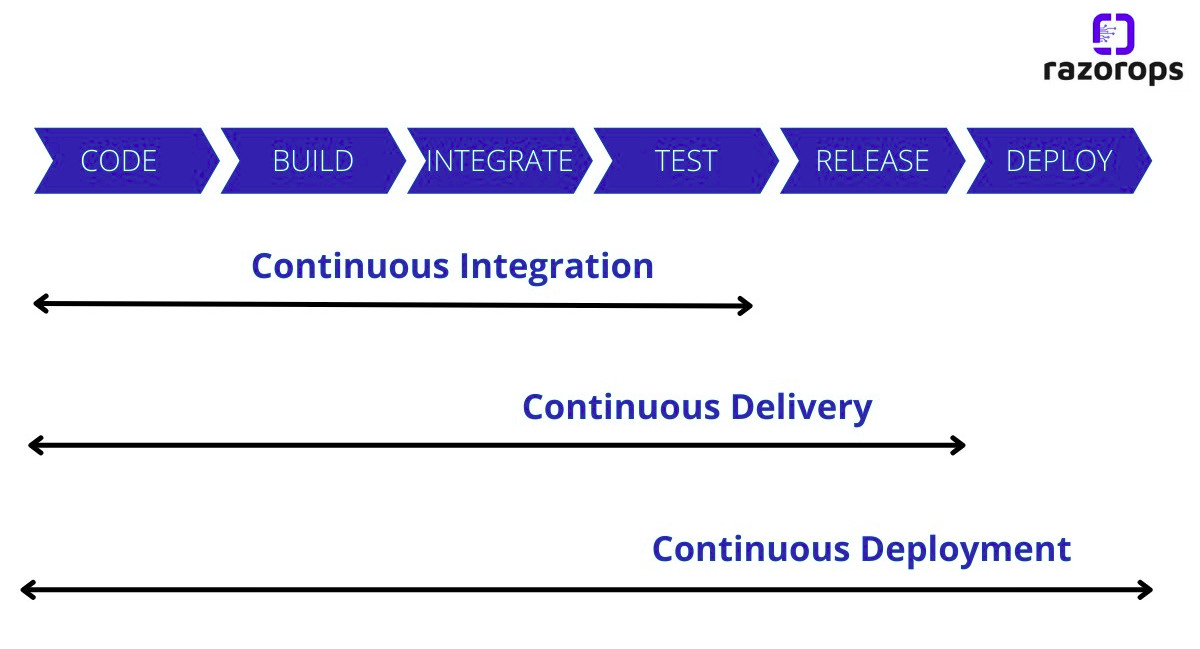
Let's have a look on the difference between Continuous Integration, Continuous Deployment and Continuous Delivery along with their benefits. The primary goal of Continuous Integration, Delivery, Deployment is the same - to make software development and the release process faster and efficient.
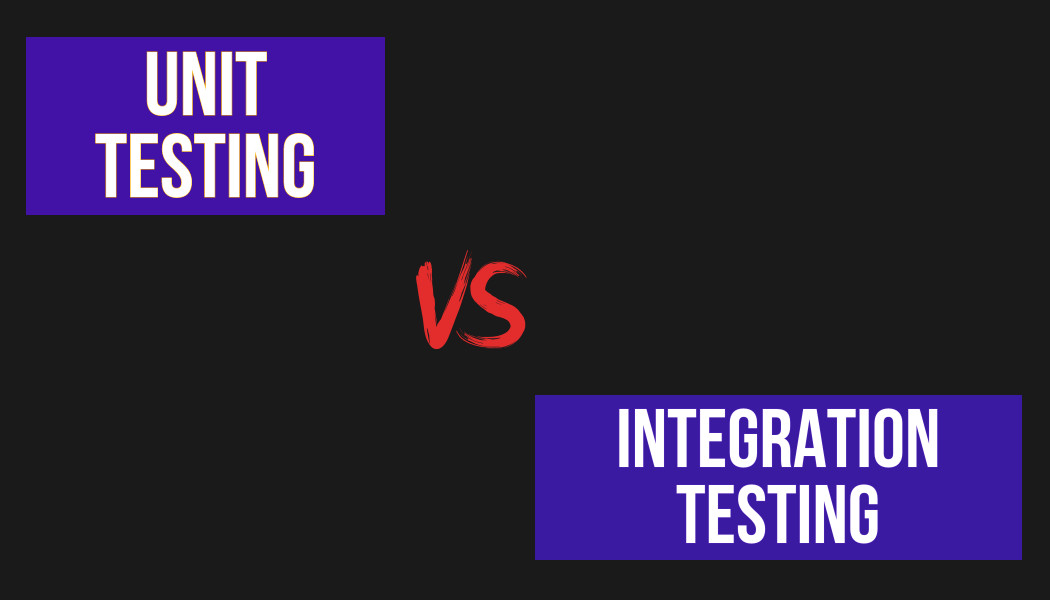
Lets Know about Unit Test & Integration Test along with their benefits. Also check the Unit Test vs Integration Test major differences.

Take a look at what is Continuous integration (CI) and continuous delivery (CD) or continuous deployment pipeline ( CICD Pipeline) with clear explanation along with how CICD pipeline works in devops.
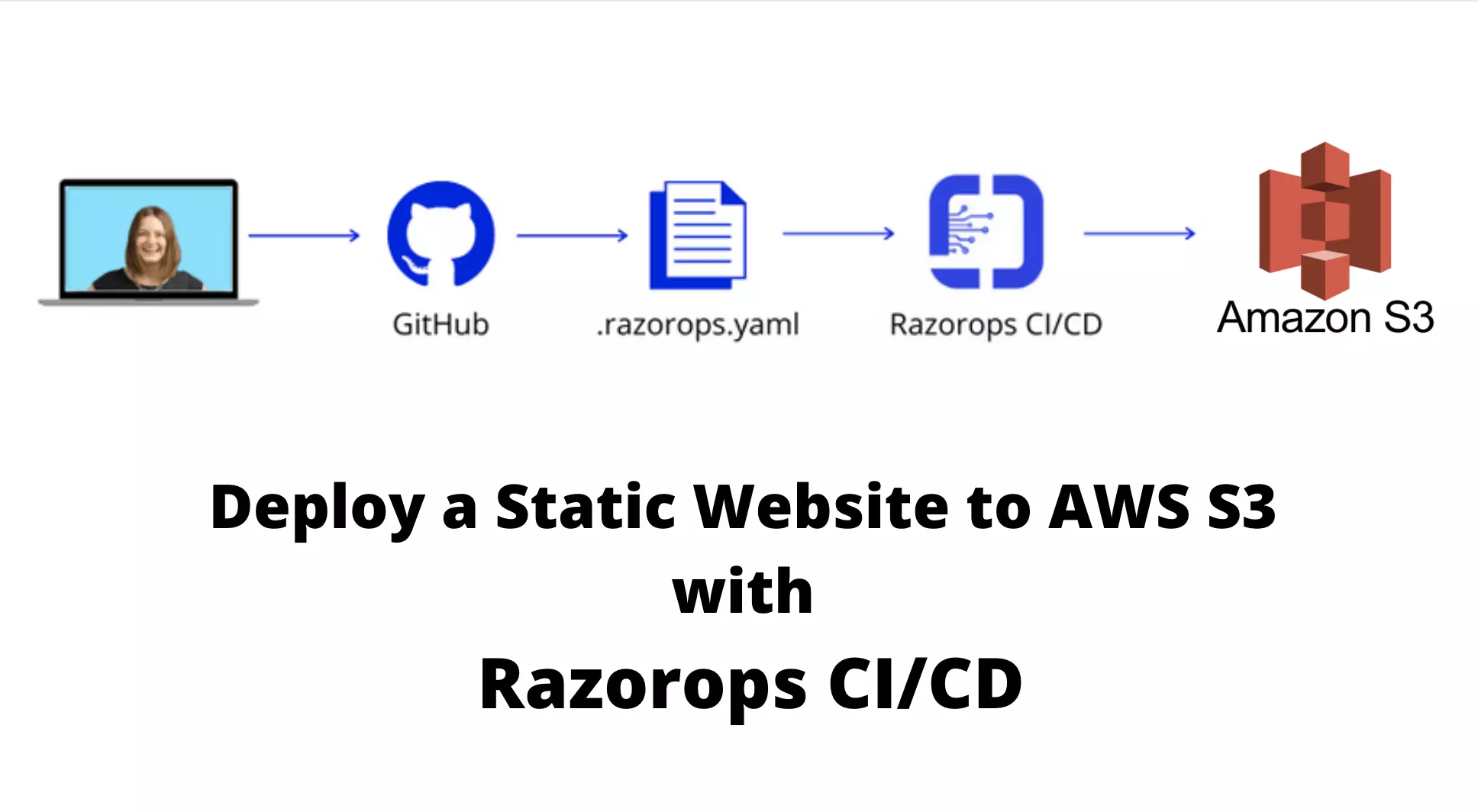
Follow this post to deploy your static website using aws s3 free of cost just in 15 min.
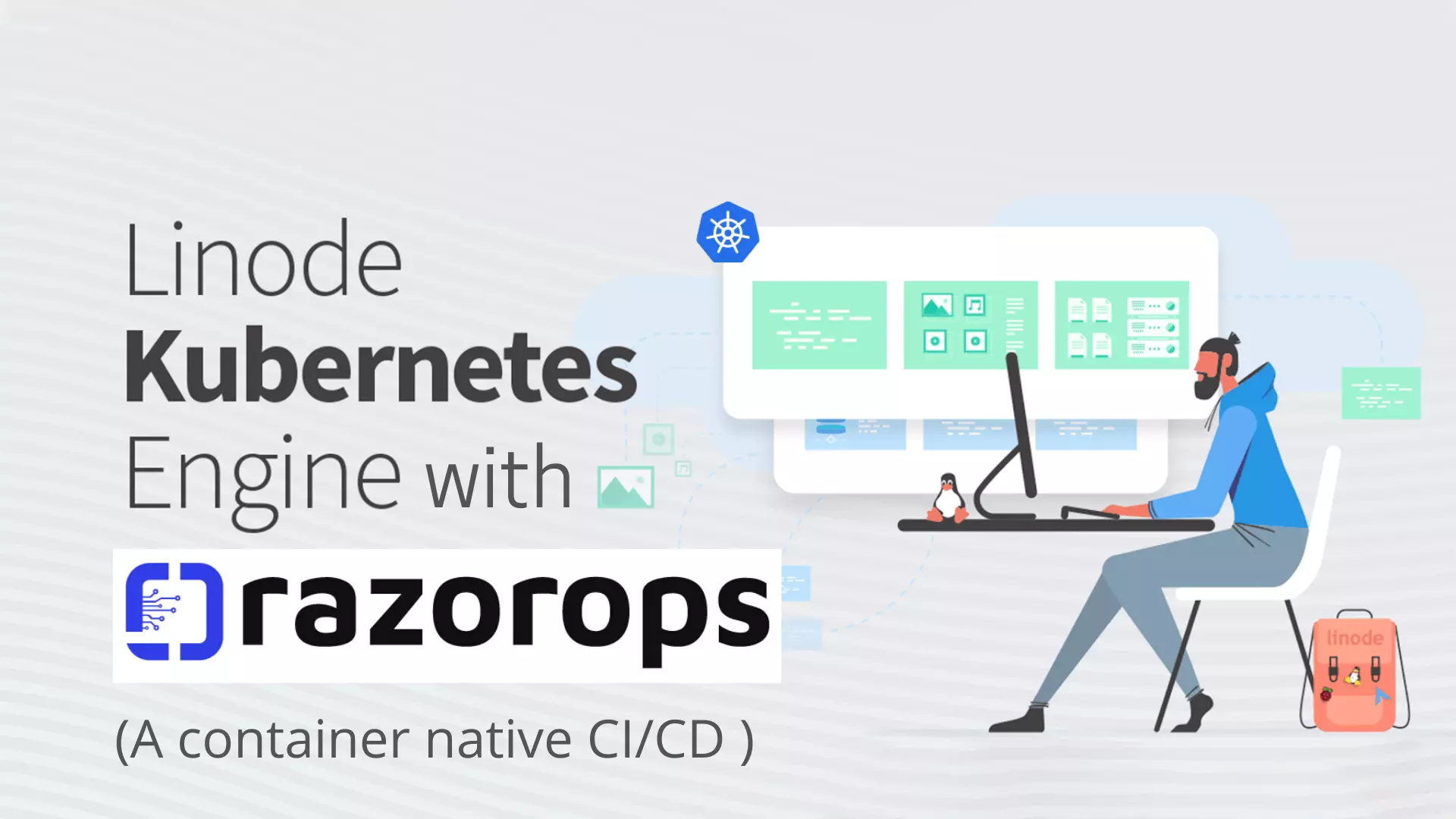
Linode is one of simplest, affordable, and accessible cloud computing platform, It has recentely launched managed Kubernetes called Linod Kubernetes Engine.

The tech teams, who already have DevOps processes in place, got huge benefits and did not get much impact.
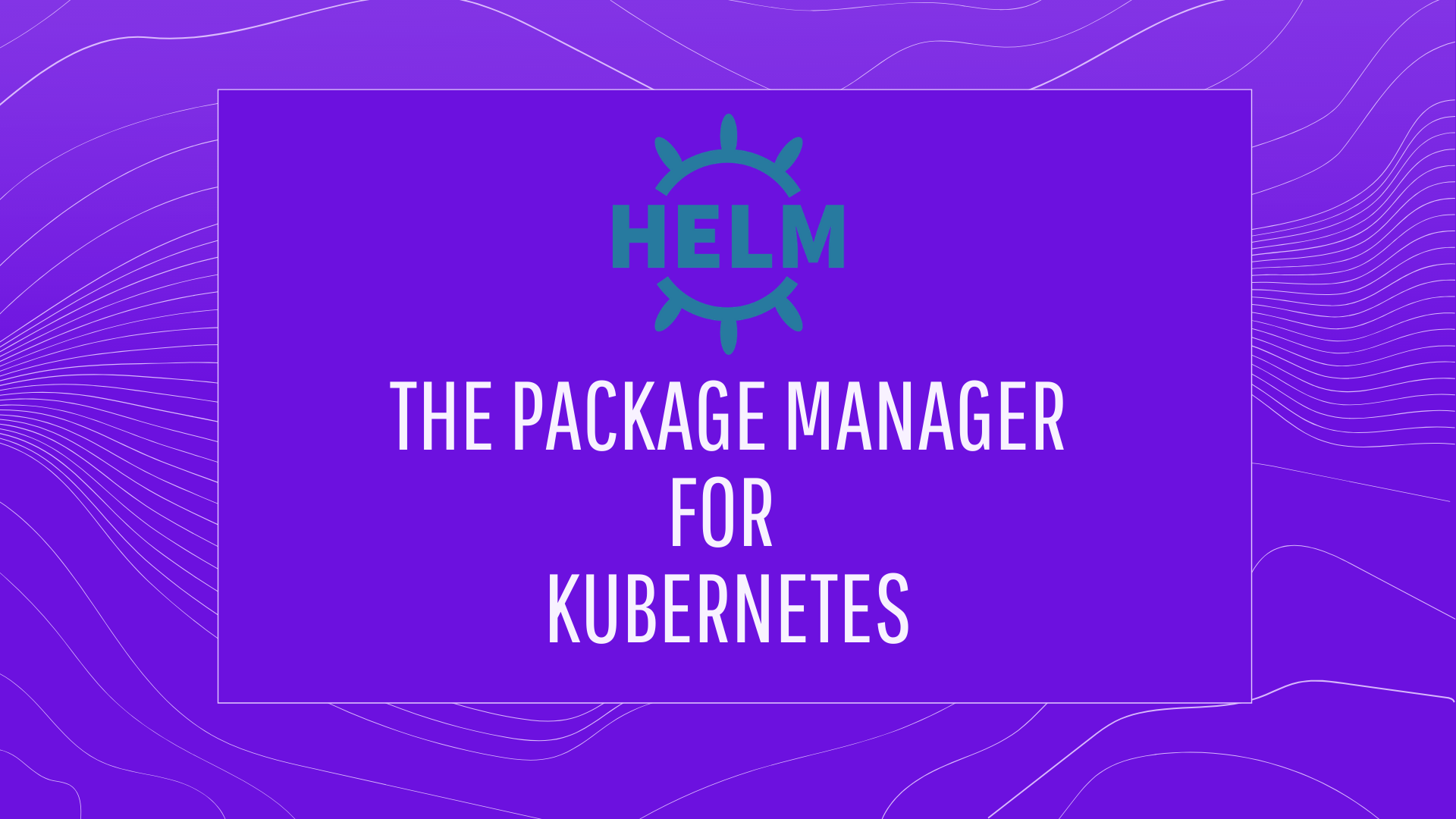
Helm is the package manager for Kubernetes (like yum and apt ) that allows easily package, configure, and deploy applications onto Kubernetes clusters
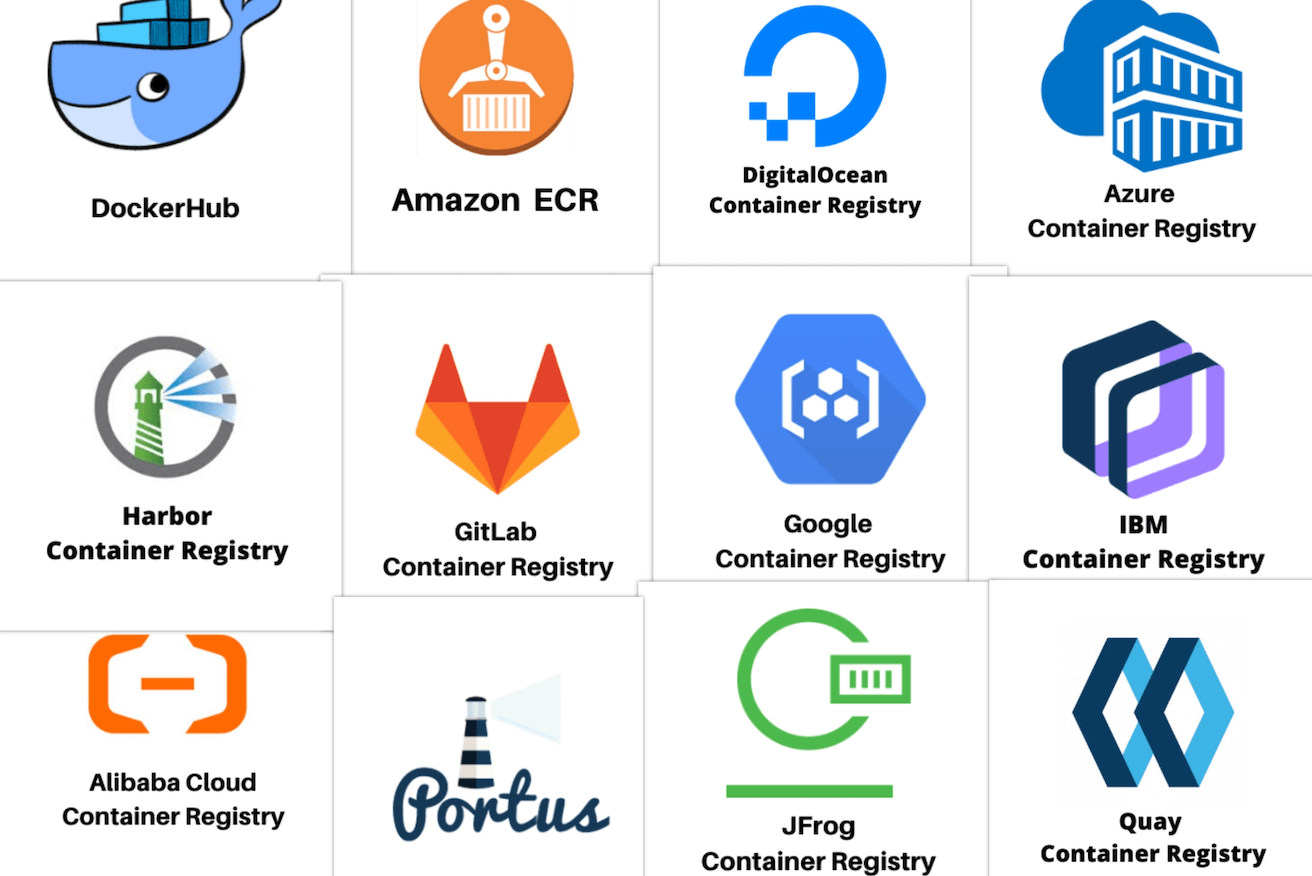
Container registry is a repository for storing docker images or container images.
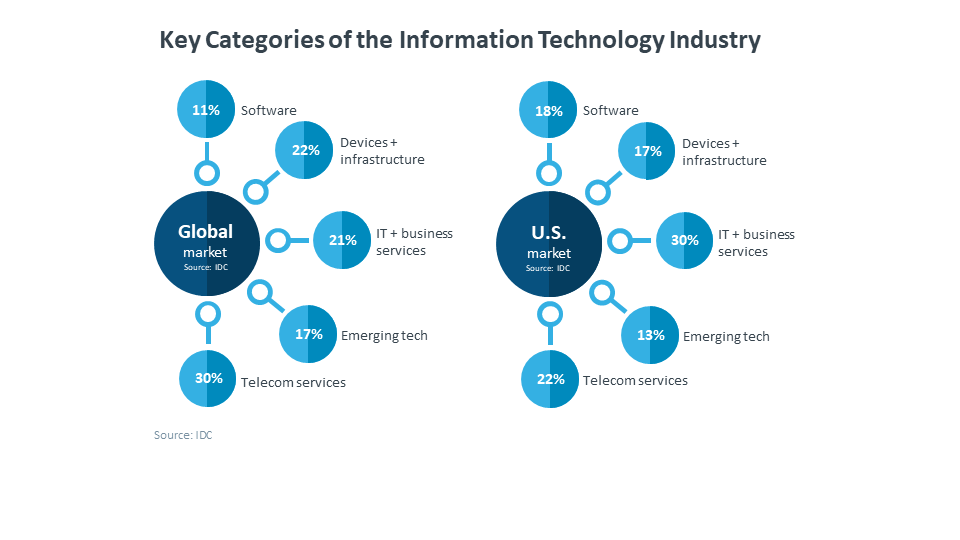
IT is pervasive in today’s setting. Businesses, governments, and individuals use IT products constantly for different purposes.
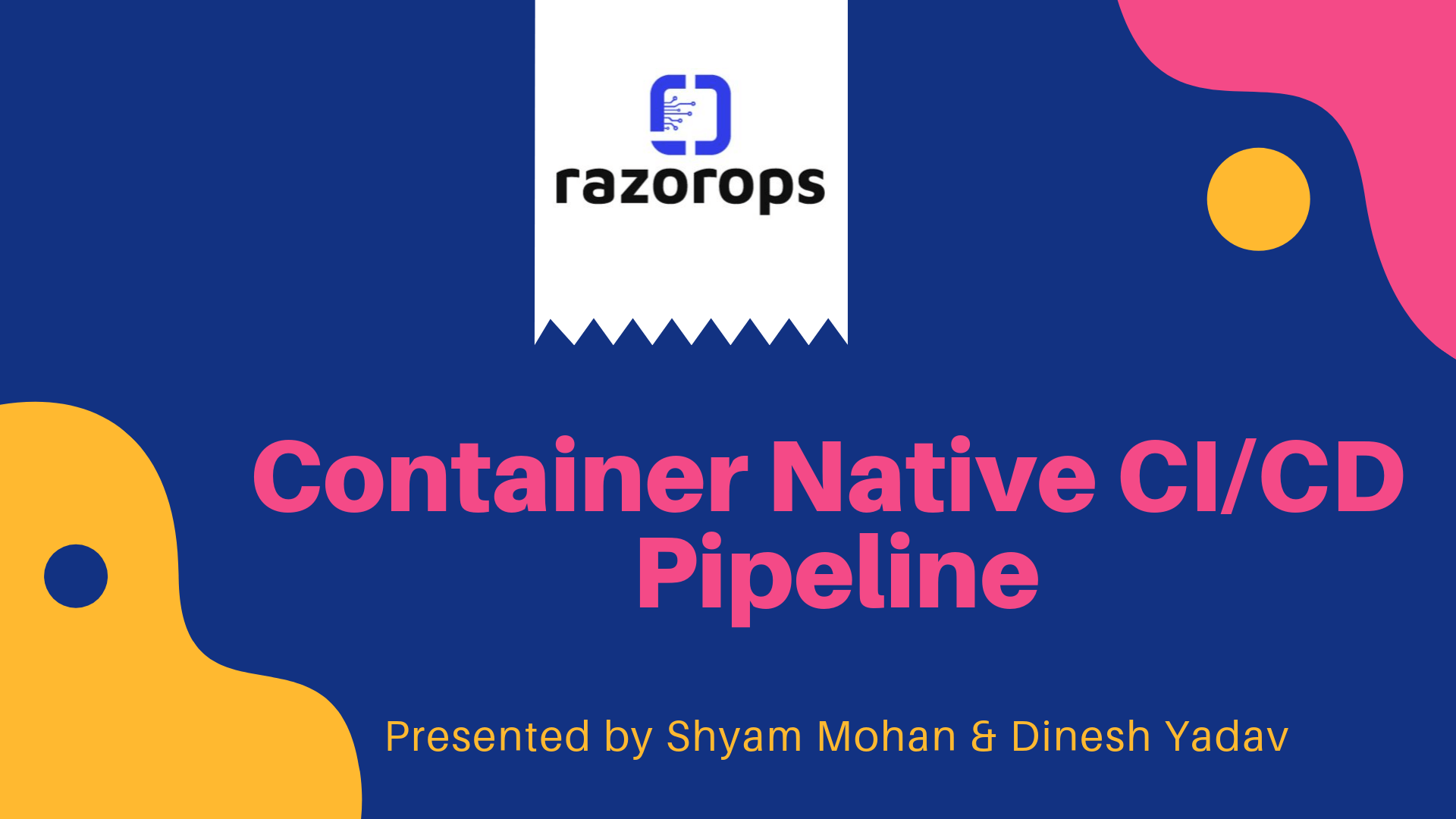
Container Native Software treats containers as the first-class unit of infrastructure
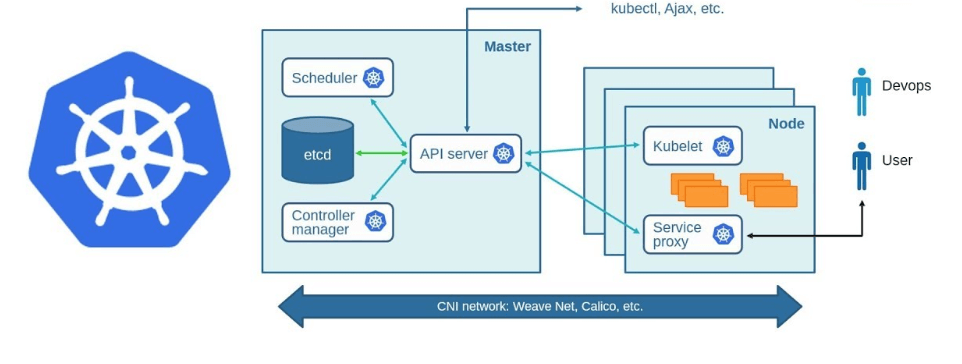
Kubernetes is a portable, extensible, open-source platform for managing containerized workloads and services, that facilitates both declarative configuration and automation.

Docker Inc. Hyderabad presents Kubernetes 101 and infrastructure support around it by Shyam from Razorops | June 15, 2019.
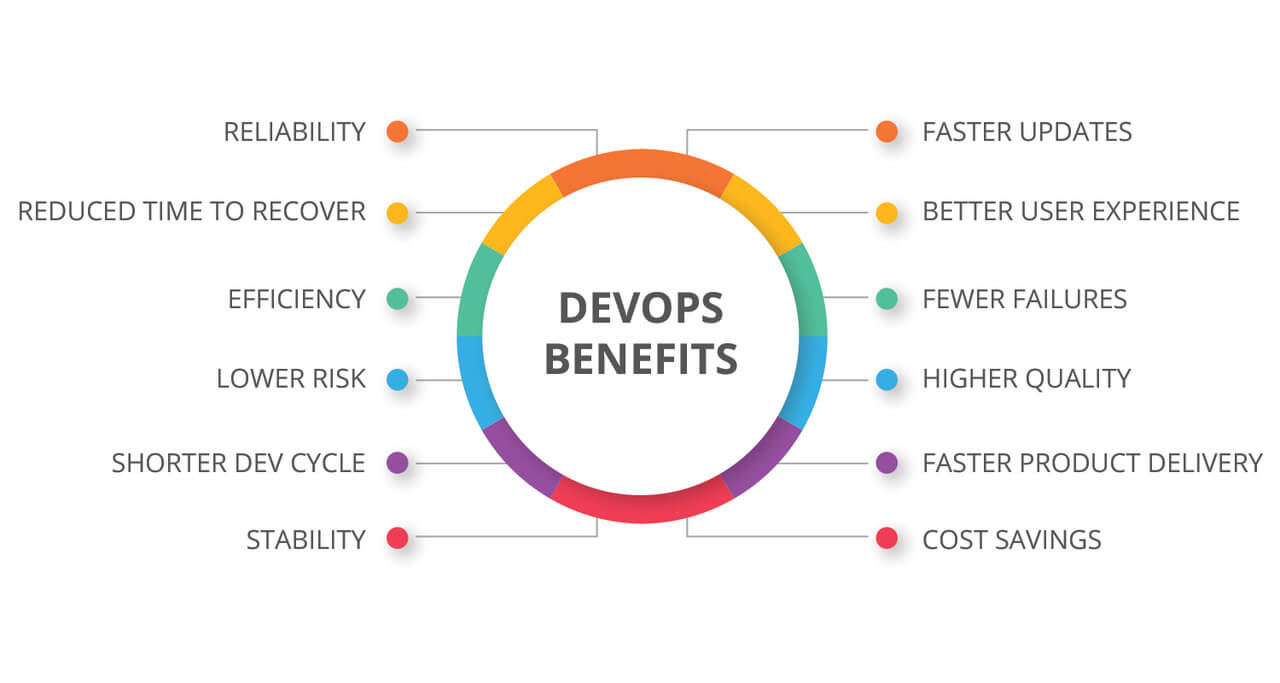
DevOps practices come with a range of benefits, some of which – including greater efficiency, security, and organizational collaboration.
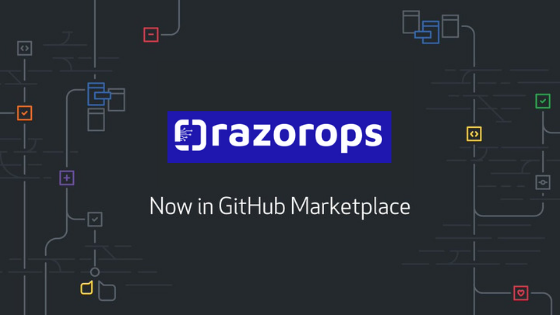
GitHub Marketplace connects to developers who want to extend and improve their GitHub workflows. We have listed Razorops for developers to use it form GitHub Marketplace.
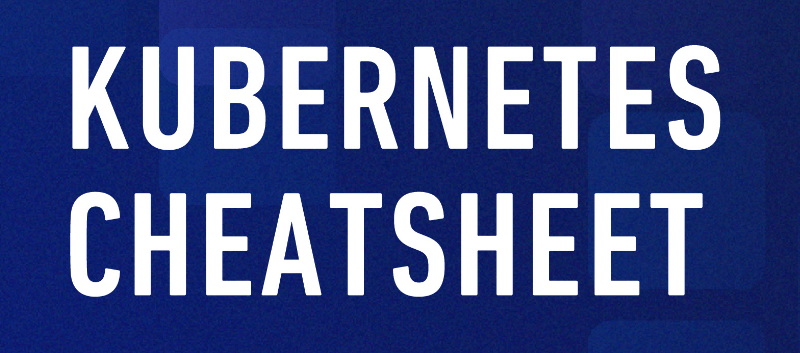
Kubernetes is an open-source container-orchestration system for automating application deployment, scaling, and management. It was originally designed by Google, and is now maintained by the Cloud Native Computing Foundation.

Kubernetes adoption is fast because more organizations are starting their container journey with Kubernetes as part of their toolkit.
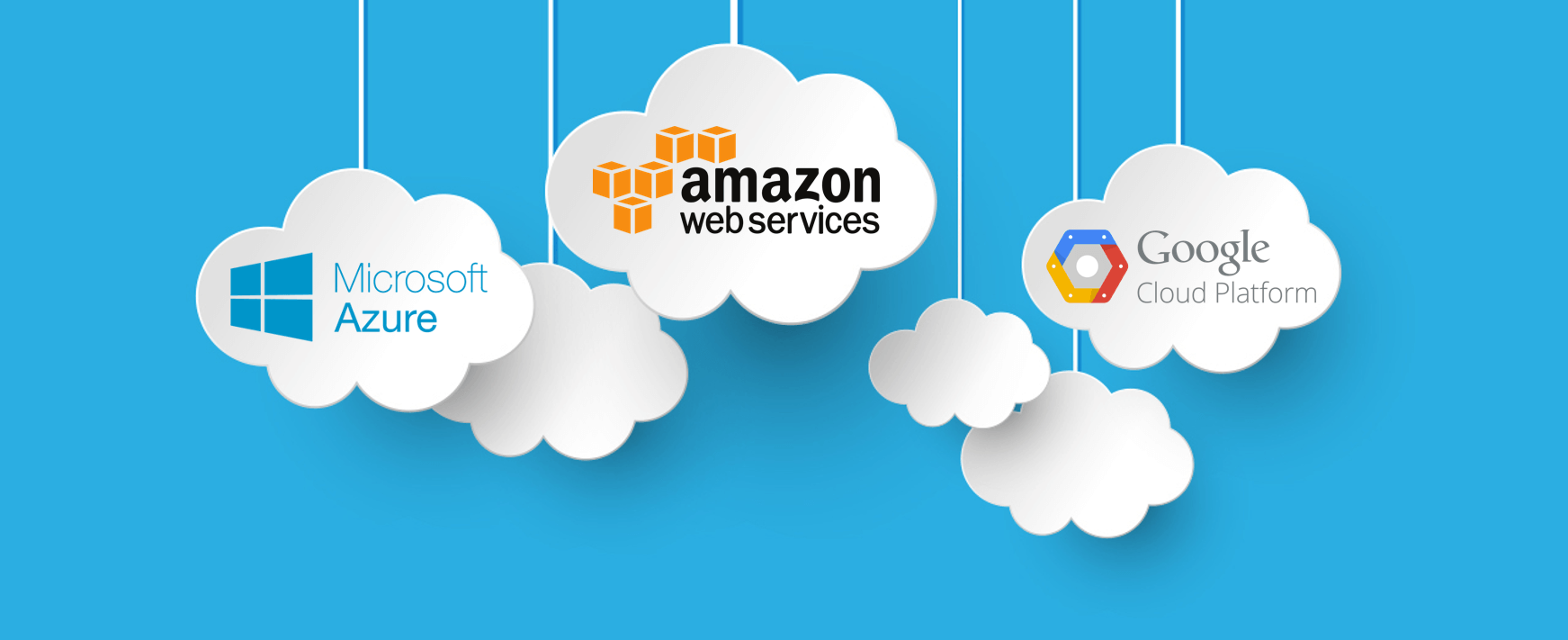
There are some of the most important points while choosing kubernetes deployment platform. Production-Readiness, Future-Readiness, Ease of Management, Support, and Training

Principles for Continuous Integration includes few best practices, this help DevOps team to streamline delivery process.